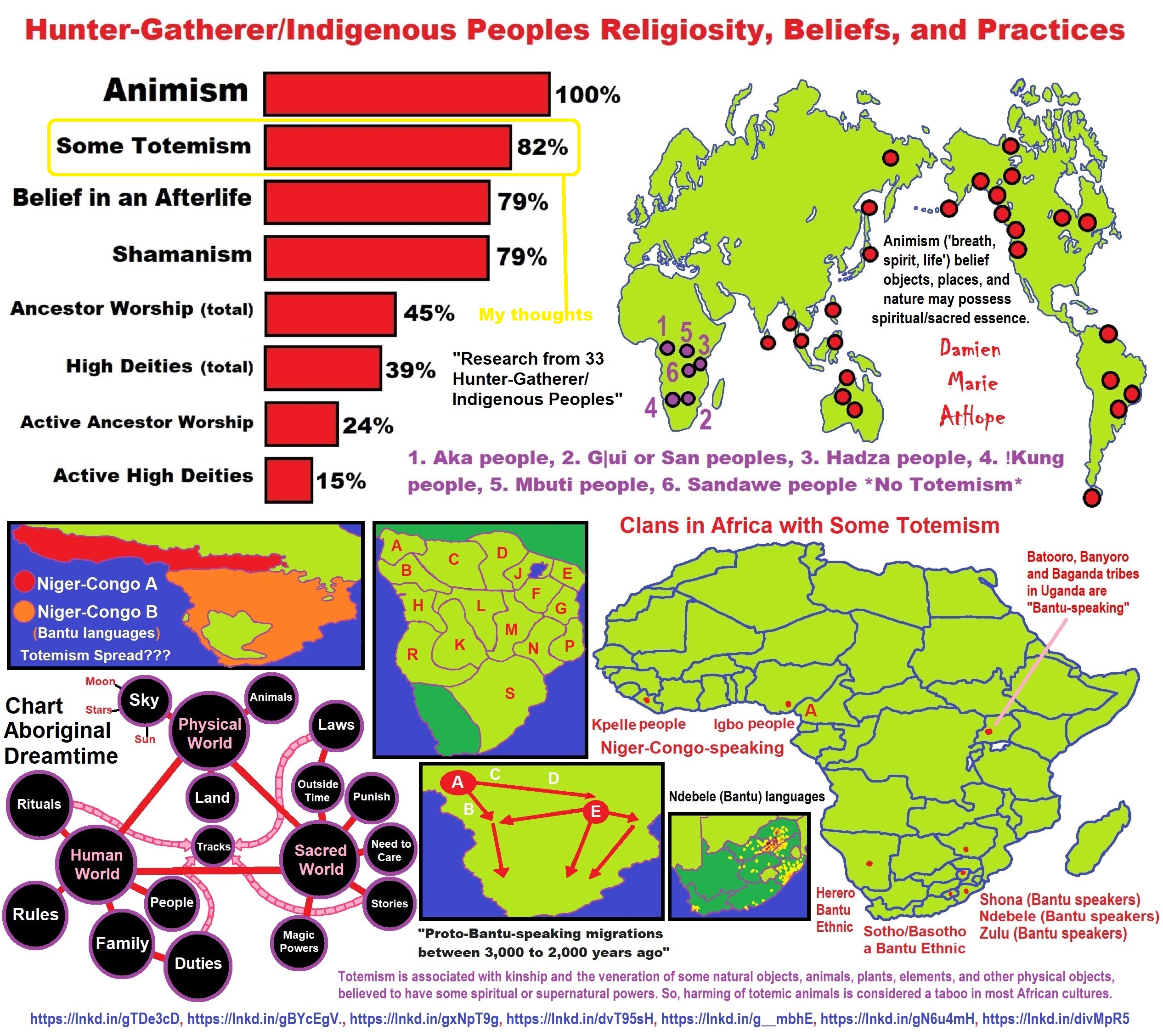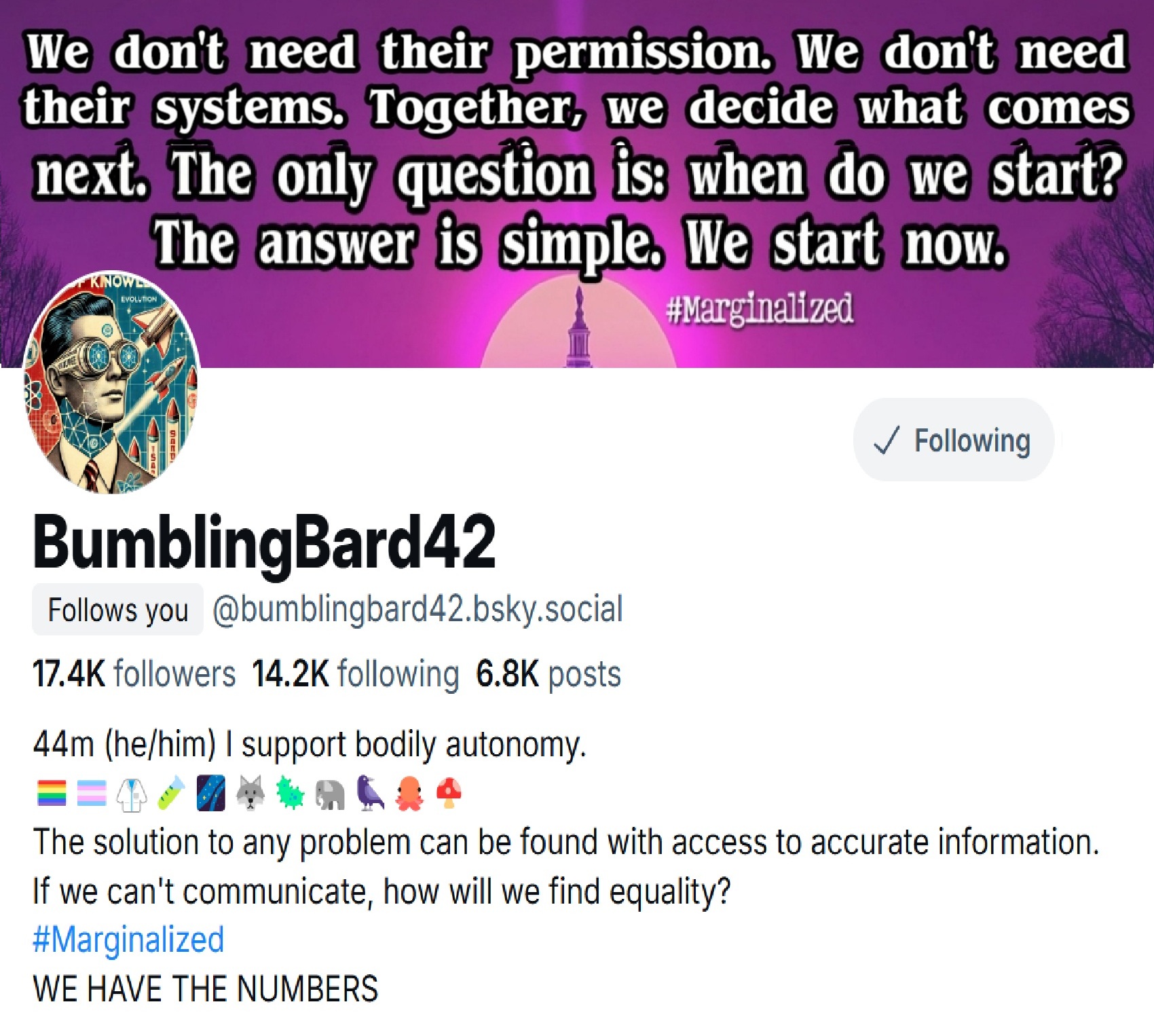
About BumblingBard42
“I am a 44-year-old factory worker. Over 20 years of experience optimizing production lines for efficiency. I dropped AP Calculus in high school. Because I was raised to think Jesus was the answer. In my mid-20s, I realized the accuracy of the church. I’ve spent the past year hyperfocusing on figuring out the whys of everything that interested me. And that has landed me on my TAIRID (Time And Information Relative In Dimensions) theory. Which has also helped me understand cognition in a way that can help everyone. Essentially, neurodiversity is the environment that naturally emerges for self-organizing cognition, just as Earth allowed life to naturally evolve in a physical environment. This is the link to my pinned post on Bluesky: LINK. That post along with links to other posts in the comments are were my work in found right now. So far, I am doing this work by myself. But as with all things, I learned from others along the way. I welcome others’ input or inquiries, and my DMs are open.” – BumblingBard42
#Marginalized
By: BumblingBard42
Why We Must Come Together: Unity Is the Only Way to Shift the Paradigm
For far too long, power has remained in the hands of a small group who thrive on keeping the majority divided, silenced, and fighting among themselves. This system wasn’t built for us—it was built to keep us in check. But here’s the truth: if marginalized communities unite, we don’t have to wait for anyone to hand us justice or equality. Together, we can make the decisions, shift the paradigm, and create a world that works for us all. This isn’t just a hopeful idea—it’s a reality backed by undeniable logic and the strength of our numbers.
1. Unity Exposes the Illusion of Power
Those who oppress us rely on one thing: our division. They maintain control by pitting us against one another, creating artificial hierarchies, and feeding us lies about scarcity and fear. But this power is an illusion—it only exists because
we’ve been kept apart. When we come together, the illusion shatters. Their power isn’t infinite. It’s a fragile system built on keeping the majority distracted and disconnected. If we unite, their control evaporates. Unity doesn’t just challenge the system—it replaces it entirely.
2. We Are the Majority, and Numbers Don’t Lie
Globally, marginalized people far outnumber those in positions of power. A tiny fraction of humanity—the wealthiest 1%—holds most of the world’s resources. But the remaining 99%? That’s us. The workers, the creators, the communities that keep the world running. If we unite, our numbers make us unstoppable. Together, we control the workforce, the innovation, the culture, and the communities that sustain the system. It’s simple math: if the majority acts in solidarity, the minority holding the reins of power loses its grip. Imagine millions of us making decisions together—redistributing resources, dismantling unjust systems, and building new ones that actually serve everyone. We don’t need permission. Our collective strength makes their rules irrelevant.
3. Divided We Wait, United We Act
For generations, we’ve been told to wait: wait for justice, wait for equality, wait for change. But waiting is what keeps the system alive. Every moment we hesitate, we give power to those who oppress us. Unity ends the waiting. When we unite, we stop asking for change and start creating it ourselves. We don’t need to appeal to corrupt systems or beg for representation in spaces designed to exclude us. Together, we are the decision-makers. We rewrite the rules, redistribute the wealth, and reclaim the power that’s always been ours.
4. Unity Is a Revolution of Truth
The system thrives on lies: that we’re too different to work together, that there’s not enough to go around, that power is out of our hands. But these lies can’t survive when marginalized people unite. Why? Because we bring the truth. Our shared experiences expose the system for what it is. Together, we see the full picture, not the narrow version those in power want us to believe. This shared understanding is revolutionary—it’s the foundation for a new reality built on honesty, fairness, and inclusion.
5. We Don’t Need Their Permission
The most radical truth is this: we don’t need permission to change the world. Those in power want us to believe we’re powerless without their approval. But that’s a lie. The power doesn’t come from them—it comes from us. We don’t need to follow their systems or wait for their institutions to act. When we unite, we create our own systems, our own decisions, and our own future. Marginalized communities have always had the creativity, resilience, and strength to lead. The only thing stopping us is the idea that we have to wait.
6. A New Paradigm Built by Us
The world doesn’t have to stay the way it’s been. The systems of oppression, inequality, and exploitation only exist because they’ve been allowed to. If we stop allowing it—if we come together—they can’t continue. Unity isn’t just resistance; it’s creation. It’s the foundation for a world where power is shared, decisions are made collectively, and resources are distributed fairly. It’s a world where no one is left behind because the people making the decisions are all of us—not just a privileged few.
The Time Is Now
There’s no reason to wait. The math is on our side. The truth is on our side. And the power is in our hands. If marginalized communities unite, we don’t just change the game—we end it entirely. We build something new, something better, something that works for all of us. We don’t need their permission. We don’t need their systems. Together, we decide what comes next. The only question is: when do we start? The answer is simple. We start now.
Introduction and the Crisis of Modern Systems
Modern society operates under a set of systems so fundamentally flawed that they actively contribute to the suffering and death of millions each year. These systems—centralized economies, hierarchical governance, and profit-driven industries—are designed not to meet human needs but to sustain the wealth and power of an elite minority. Inefficiency and exploitation are not side effects; they are features of these structures. The consequences of this design are catastrophic. Globally, millions die from preventable causes such as hunger, lack of healthcare, and environmental disasters. These deaths are not accidents—they are the result of artificial scarcity perpetuated to drive profits. Food, for instance, is routinely wasted while millions starve because providing access is less profitable than maintaining high market prices. Similarly, critical medications and treatments remain inaccessible to those in need because healthcare systems prioritize revenue over lives. Environmental degradation compounds these crises. Industrial practices driven by short-term
gains are stripping the planet of its resources and stability. Fossil fuel companies, agribusiness conglomerates, and other polluters not only destroy ecosystems but also manipulate public policy to avoid accountability, ensuring the continuation of their destructive practices. Efforts to reform these systems often fail because they seek solutions within the same frameworks that created the problems. Policies and initiatives designed to reduce inequality or mitigate environmental damage are co-opted, diluted, or rendered ineffective by the entrenched powers of centralized institutions. Incremental reforms—such as carbon taxes, welfare programs, or corporate accountability measures—amount to band-aids on systemic wounds. They may offer temporary relief but do nothing to address the root causes. The truth is harsh: these systems are designed to sacrifice human lives and the planet’s health to preserve profits and power. To continue relying on them is not only irrational but unethical.
Society must reject the status quo and pursue a complete transformation.
The alternative is clear. Modular self-sustaining communities offer a way out of this cycle of destruction. These communities are built on principles of decentralization, self-sufficiency, and abundance. They operate independently of centralized economies, producing their own food, energy, and materials. By eliminating the hierarchical funnel of resources, they address systemic inequality and create an environment where human and environmental well-being are prioritized over profit. This document presents the blueprint for these communities—a model designed not only to counter the failings of modern systems but to replace them entirely. By transitioning to modular, self-sustaining communities, humanity can dismantle the structures that kill for profit and build a future rooted in equity, sustainability, and resilience.
Core Principles of Modular Communities
To replace the profit-driven, exploitative systems of today, modular self-sustaining communities operate on principles that prioritize equity, sustainability, and abundance. These communities are not just an alternative—they are a systemic realignment, designed to meet human needs while preserving environmental integrity. The following core principles define their structure and ensure their long-term viability.
1. Objective Accuracy
Modern systems thrive on inefficiency and opacity, allowing profits to outweigh measurable outcomes. Modular communities reject this approach. Every decision is based on data, feedback, and outcomes that can be measured, verified, and improved. This principle ensures resources are used efficiently, systems function optimally, and waste is minimized. For example:
Food production uses advanced vertical farming techniques to achieve precise
water, nutrient, and energy use, yielding maximum outputs with minimal
environmental impact.
Energy systems are monitored continuously, with surpluses redirected to
support replication efforts or adapt to unforeseen demands.
By grounding systems in objective accuracy, modular communities eliminate the inefficiencies
that plague centralized structures.
2. Self-Sufficiency
In centralized systems, dependence is a tool of control. Populations are forced to rely on external
institutions for food, energy, housing, and healthcare. This reliance creates vulnerabilities that
perpetuate inequality and exploitation.
Modular communities are entirely self-sufficient. Each community produces its own energy,
food, and materials, requiring no external inputs after the initial setup. For example:
Energy: Solar panels, wind turbines, and geothermal systems generate
150–200% of a community’s energy needs, with the surplus reinvested in
expanding the model.
Food: High-yield systems like aquaponics and permaculture ensure residents not
only have enough to eat but generate surpluses for trade or replication.
Self-sufficiency breaks the cycle of dependency, empowering communities to operate
independently and sustainably.
3. Decentralization
Centralized systems concentrate resources and decision-making at the top, creating inefficiencies
and opportunities for exploitation. This hierarchical funnel exacerbates inequality and
undermines resilience, as communities are forced to conform to decisions made far removed
from their realities.
Modular communities decentralize operations. Each community governs itself autonomously,
with decisions driven by local needs and direct observations. This decentralization:
Eliminates the inefficiencies of top-down governance.
Empowers residents to tailor solutions to their unique circumstances.
Ensures resilience by removing reliance on distant or disconnected authorities.
Decentralization not only creates more effective systems but also fosters equity by giving every
community a voice in its own future.
4. Abundance-Driven Growth
Centralized systems thrive on scarcity, artificially restricting access to resources to drive prices
and profits. This scarcity creates competition and conflict, perpetuating cycles of inequality and
exploitation.
Modular communities operate on the principle of abundance. By producing surpluses of energy,
food, and materials, they eliminate the root causes of scarcity-driven conflict. Surpluses are
reinvested to expand and replicate the model, creating a scalable network of thriving
communities.
For instance:
Energy Surplus: A single community can generate 1 MW of surplus energy
annually, enough to power new communities or trade with neighboring regions.
Food Surplus: Advanced food systems produce 2.5 times the community’s
needs, ensuring food security while supporting replication efforts.
Abundance-driven growth transforms resources from tools of control into foundations of
freedom and cooperation.
5. Adaptability
No two communities are identical, nor should they be. Centralized systems impose uniform
solutions that fail to account for regional, cultural, or environmental differences. This rigidity
creates inefficiencies and undermines the effectiveness of solutions.
Modular communities are inherently adaptable. Their modular design allows them to function in
diverse environments, from arid landscapes to urban areas. Systems can be tailored to local
conditions without sacrificing functionality or efficiency. For example:
In water-scarce regions, communities might prioritize aquaponics for its water
efficiency.
In colder climates, geothermal systems could play a larger role in energy
production.
Adaptability ensures that every community thrives, regardless of its unique circumstances.
A Paradigm Shift
These principles—objective accuracy, self-sufficiency, decentralization, abundance, and
adaptability—are not minor adjustments to existing systems. They represent a fundamental shift
in how society operates. By rejecting the inefficiencies and injustices of centralized structures,
modular communities create a sustainable model for the future. This is not about improving
broken systems; it is about building better ones from the ground up.
Land Use and Infrastructure
Modular self-sustaining communities are not only a theoretical solution but a practical one, with
clearly defined land use and infrastructure plans that ensure efficiency, scalability, and
adaptability. By combining precise zoning, advanced technology, and ecological restoration,
these communities transform land into a hub of productivity and sustainability.
Land Requirements
Each community is designed to occupy approximately 120 acres, a carefully calculated area that
provides enough space for 500 residents while maintaining flexibility for future growth and
ecological preservation. The choice of land prioritizes marginal or degraded areas, avoiding
competition with urban or prime agricultural spaces.
Low-Cost Land: Degraded farmland or semi-arid regions can be acquired at a
fraction of the cost of fertile land, making the model financially viable and
ecologically beneficial.
o Example: Marginal farmland in the U.S. Midwest can cost as little as
$3,000 per acre, while semi-arid land in India ranges from $2,000 to
$5,000 per acre.
By utilizing underperforming land, these communities contribute to environmental restoration
while avoiding displacement of existing agricultural or residential activities.
Zoning and Layout
The 120-acre blueprint divides the community into functional zones, ensuring efficient resource
use and integration of sustainable practices.
1. Food Production (40 Acres)
Food production systems are the backbone of self-sufficiency. These 40 acres are split
between high-yield, technology-driven methods and regenerative, soil-based agriculture:
o Vertical Farming and Aquaponics (20 Acres):
High-yield systems produce up to 30,000 pounds of food per acre
annually.
Aquaponics integrates fish and vegetable production, yielding 5,000
pounds of fish and 40,000 pounds of vegetables per acre annually.
o Permaculture Zones (20 Acres):
Restores degraded soils while producing grains, fruits, and
vegetables.
Incorporates biodiversity through agroforestry and crop rotation,
enhancing long-term sustainability.
These systems not only feed the community but generate a surplus of over 700,000
pounds of food annually, enough to replicate the model in other locations.
2. Housing and Communal Areas (20 Acres)
Modular, 3D-printed housing and communal spaces create a foundation for efficient,
comfortable living:
o Homes: 400–800 square feet per unit, tailored to individual or family
needs.
o Facilities: Educational centers, communal dining halls, and workshops
encourage collaboration and innovation.
3. Energy Systems (15 Acres)
Renewable energy infrastructure ensures complete independence from external grids
while generating a surplus for future replication.
o Solar Arrays (10 Acres): High-efficiency panels provide 70% of the
community’s energy needs.
o Wind Turbines and Geothermal Systems (5 Acres): Complement solar
power to ensure stable, year-round energy production.
4. Recycling and Waste Systems (5 Acres)
Closed-loop systems transform waste into valuable resources, minimizing environmental
impact and reliance on external materials:
o Plastic Recycling: Converts waste plastics into raw materials for
construction and 3D printing.
o Organic Composting: Processes organic waste into nutrient-rich
compost for permaculture zones.
5. Open Land (40 Acres)
Reserved for future expansion, ecological restoration, and community recreation:
o Biodiversity Zones: Support native plant and animal species.
o Public Spaces: Provide areas for leisure, cultural activities, and
community gatherings.
Land Use Efficiency
Modern urban and agricultural systems waste space and resources, contributing to inefficiency
and ecological degradation. Modular communities, by contrast, optimize every square foot of
land:
Vertical Farming produces 5–10 times the yield of traditional agriculture per
acre, drastically reducing the footprint required for food production.
Permaculture restores degraded land while producing diverse outputs, creating
a regenerative agricultural cycle.
Energy Systems generate surpluses without disrupting land designated for food
or housing.
This efficiency not only meets the community’s immediate needs but also ensures long-term
adaptability and scalability.
Environmental Restoration
By prioritizing ecological restoration, modular communities actively heal the land they occupy.
Permaculture zones prevent erosion, enhance soil fertility, and support biodiversity. Open spaces
are planted with native species, creating habitats for local wildlife and contributing to broader
environmental recovery efforts.
For example, projects like the Loess Plateau Restoration in China have shown that degraded
land can be transformed into productive ecosystems, yielding food and stabilizing the
environment. Modular communities replicate this success on a localized scale, combining
ecological and societal benefits.
A Foundation for Growth
Land use and infrastructure in modular communities are designed to achieve more than
sustainability—they create a scalable model for global transformation. By turning underutilized
land into hubs of productivity, these communities challenge the inefficiencies of modern urban
and agricultural systems. They are not just an alternative—they are a direct challenge to the
structures that waste resources, degrade ecosystems, and perpetuate inequality.
Renewable Energy Systems
Energy independence is a cornerstone of modular self-sustaining communities. Unlike
centralized energy systems, which rely on fossil fuels and outdated infrastructure, modular
communities prioritize renewable energy to meet their needs while producing significant
surpluses. These energy systems are designed for efficiency, resilience, and scalability, ensuring
that each community operates sustainably without external reliance.
Integrated Renewable Energy Design
1. Solar Energy (70%)
Solar power forms the backbone of energy production in modular communities.
o Infrastructure: 10 acres of high-efficiency solar panels with a lifespan of
25–30 years.
o Output: Generates approximately 1.4 MW, covering 70% of the
community’s energy needs.
o Advantages: Solar energy is reliable across diverse climates, with
minimal maintenance costs (~$10 per kW annually).
2. Wind Energy (20%)
Wind turbines complement solar energy by providing power during night hours and
seasons with reduced sunlight.
o Infrastructure: 3–5 small-scale wind turbines strategically placed in open
zones.
o Output: Produces 400 kW, accounting for 20% of the community’s energy
needs.
o Advantages: Wind energy stabilizes the community’s grid and ensures
consistent power availability.
3. Geothermal Energy (10%)
Geothermal systems provide stable, year-round energy for heating, cooling, and
additional power generation.
o Infrastructure: Shallow geothermal wells integrated with thermal storage
systems.
o Output: Produces 200 kW, fulfilling 10% of energy needs.
o Advantages: Geothermal energy is exceptionally reliable and efficient,
with minimal environmental impact.
Energy Surplus and Storage
Modular communities are designed to generate a surplus of 50–100% beyond their own energy
needs. This surplus can be stored, reinvested, or used to support replication efforts.
1. Battery Storage Systems
o Capacity: 4 MW of lithium-ion or solid-state storage.
o Purpose: Stores excess energy for use during low-production periods.
o Cost: ~$800,000–$1.2 million.
2. Microgrid Systems
o Functionality: Efficiently distributes energy across the community,
ensuring independence from external grids.
o Advantages: Decentralized control prevents outages and ensures
reliability even in adverse conditions.
Real-World Applications
Renewable energy systems in modular communities draw from proven technologies already in
use worldwide.
Tesla’s Gigafactory (USA): Combines solar and wind power with large-scale
battery storage, demonstrating the feasibility of energy independence.
Hornsdale Power Reserve (Australia): Stores 150 MW of renewable energy,
stabilizing local grids while reducing costs.
Samsø Island (Denmark): A community-operated renewable energy system that
produces 50% more energy than it consumes, exporting the surplus.
These examples highlight the practicality and scalability of renewable energy systems in
achieving sustainability.
Closed-Loop Energy Systems
Unlike centralized grids, which are vulnerable to inefficiencies and failures, modular
communities employ closed-loop systems that optimize resource use and minimize waste. Excess
energy is used to:
Power food production systems such as vertical farms and aquaponics.
Support recycling facilities and 3D-printed housing construction.
Fuel the creation of new communities, ensuring scalability and growth.
This integrated design ensures that every watt of energy contributes to the community’s self-
sufficiency and long-term goals.
A Direct Challenge to Energy Monopolies
Modern energy systems are controlled by monopolies that prioritize profits over access and
sustainability. These corporations drive environmental destruction while maintaining dependency
on outdated grids. Modular communities break this cycle.
By generating their own renewable energy, these communities eliminate reliance on fossil fuels,
reduce carbon emissions, and challenge the dominance of profit-driven energy conglomerates.
Each community represents a step toward decentralizing power—not just electrical power, but
the societal power held by those who control energy access.
The renewable energy systems in modular communities are more than sustainable—they are
revolutionary. They create resilience in the face of climate change, ensure equitable energy
access, and provide a scalable foundation for a world free from corporate energy control.
Food Production Systems
Food insecurity remains one of the most pressing failures of modern systems. Despite the world
producing enough food to feed the global population, millions starve due to inefficiencies, waste,
and profit-driven distribution models. Modular self-sustaining communities address this failure
with closed-loop, high-efficiency food production systems designed to eliminate scarcity, restore
ecosystems, and generate surpluses for replication.
A Three-Tiered Approach to Food Production
1. Vertical Farming (20 Acres)
Vertical farming is the technological heart of food production in modular communities.
o Design: Multi-layered indoor farms utilize hydroponics and LED lighting to
grow crops year-round.
o Output: Up to 30,000 pounds of food per acre annually, producing leafy
greens, herbs, and small fruits.
o Advantages:
Requires 90% less water than traditional agriculture.
Can operate in any climate or environment.
Eliminates the need for chemical pesticides due to controlled indoor
conditions.
2. Aquaponics (5 Acres)
Integrating aquaculture with hydroponics, aquaponics produces both fish protein and
crops in a symbiotic system.
o Design: Fish tanks provide nutrient-rich water for plant growth, while
plants filter the water for the fish.
o Output:
5,000 pounds of fish per acre annually (e.g., tilapia).
40,000 pounds of vegetables per acre annually.
o Advantages:
Virtually zero water waste, as systems recycle and reuse.
Produces protein alongside plant-based foods.
Compact and adaptable to urban or arid environments.
3. Permaculture (15 Acres)
Permaculture combines traditional agricultural practices with modern ecological
principles to restore soil health and support biodiversity.
o Design: Mixed planting zones grow grains, fruits, and vegetables while
incorporating agroforestry and cover crops.
o Output: 25,000 pounds of food per acre annually.
o Advantages:
Restores degraded land and prevents soil erosion.
Increases resilience to climate extremes.
Supports native species and promotes ecological balance.
Closed-Loop Food Systems
The integration of these three systems creates a closed-loop design that minimizes waste and
maximizes productivity. For example:
Organic waste from vertical farming and aquaponics is composted to enrich
permaculture zones.
Water used in aquaponics is recycled back into fish tanks, creating a virtually
waste-free cycle.
This interconnected approach not only ensures food security but also reduces environmental
impact, proving that agriculture can coexist with ecological restoration.
Food Surpluses and Community Impact
A single modular community can produce approximately 1.2 million pounds of food
annually—2.5 times what its 500 residents require. This surplus plays a crucial role in scaling the
model, as it can be:
Distributed to nearby communities to alleviate food insecurity.
Used to support the establishment of new modular communities.
Surpluses are also a powerful tool for fostering regional cooperation. By providing excess food
at no cost, modular communities directly challenge profit-driven supply chains, shifting the
paradigm from competition to collaboration.
Addressing Inefficiencies of Modern Agriculture
Current agricultural systems are riddled with inefficiencies, including:
Land Waste: Vast monoculture farms degrade soil and require significant space
for relatively low yields.
Water Waste: Agriculture accounts for 70% of global freshwater use, much of
which is lost to inefficient irrigation.
Food Waste: Up to 40% of global food production is discarded, often because it
is unprofitable to distribute.
Modular food systems directly address these issues:
Vertical farming produces 5–10 times the yield per acre of traditional agriculture.
Aquaponics and hydroponics reduce water usage by 90% while eliminating
chemical runoff.
Closed-loop systems ensure that every output, from organic waste to water, is
recycled back into production.
Real-World Success Stories
The potential of modular food systems is already evident in real-world projects:
Aerofarms (USA): Produces 390 times more food per acre than traditional
farming, using 95% less water.
Growing Underground (UK): Operates a hydroponic farm in repurposed World
War II tunnels, producing 110 tons of greens annually on just 1.2 acres.
Loess Plateau Restoration (China): A large-scale permaculture project
transformed degraded land into a productive ecosystem that supports millions.
These examples demonstrate the scalability and adaptability of modular food production
systems, providing a blueprint for widespread implementation.
A Revolution in Food Access
Modern food systems prioritize profits over feeding people, leaving millions to suffer from
hunger while food is wasted to maintain high prices. Modular communities represent a
revolution in food access. By producing abundant, high-quality food sustainably and distributing
surpluses equitably, these communities dismantle the power structures that keep people hungry.
The food production systems in modular communities are more than a solution to hunger—they
are a declaration of independence from the inefficiencies and injustices of centralized agriculture.
They prove that feeding the world is not a question of capability but of priorities.
Modular Housing and Recycling Systems
Housing and waste management are critical challenges that modern systems have failed to
address equitably and sustainably. High housing costs, slow construction timelines, and
significant material waste leave millions in substandard conditions while contributing to
environmental degradation. Modular self-sustaining communities offer a more precise and
efficient alternative, utilizing advanced technologies and closed-loop recycling systems to meet
housing and waste management needs in a sustainable, scalable way.
Modular 3D-Printed Housing
The traditional construction industry struggles with inherent inefficiencies, including excessive
costs, lengthy timelines, and significant environmental impact. Modular communities approach
housing differently, leveraging 3D printing technology to reduce resource use, construction time,
and costs.
1. Construction Process
o Large-scale 3D printers create homes layer by layer using locally sourced
or recycled materials.
o Common materials include concrete mixtures, sand, clay, and recycled
plastics, ensuring sustainability and cost-effectiveness.
2. Specifications
o Size: Homes range from 400 to 800 square feet, meeting the needs of
individuals or families.
o Features:
Insulated walls and energy-efficient designs reduce energy demand
for heating and cooling.
Integrated solar panels provide renewable energy directly to each
home.
o Durability: Homes are built to last over 50 years with minimal
maintenance.
3. Cost and Timeline
o Cost: Each home costs $5,000–$10,000, depending on material
availability and design complexity.
o Timeline: A single home can be printed in 24–48 hours, allowing for the
rapid development of entire communities within a few months.
4. Adaptability
o Modular designs enable homes to be expanded or reconfigured based on
changing needs.
o Structures can be tailored to different climates and cultural preferences,
ensuring broad applicability.
Recycling and Waste Systems
Modern waste management systems often treat waste as a liability rather than an asset, leading to
significant environmental harm and lost opportunities for resource recovery. Modular
communities view waste differently, integrating closed-loop recycling systems that transform
discarded materials into valuable resources.
1. Plastic Recycling
o Process: Plastics are shredded, melted, and reformed into filaments for
3D printing or pellets for construction.
o Applications: Recycled plastics are used to create housing components,
tools, and infrastructure elements.
o Capacity: Each community processes up to 1 ton of plastic waste daily.
2. Organic Composting
o Process: Organic waste is decomposed using aerobic composting or
vermiculture systems.
o Applications: Compost is applied to permaculture zones, enriching the
soil and improving crop yields.
o Capacity: Up to 2 tons of organic waste processed daily.
3. Metal and Glass Recycling
o Process: Metals are melted down for reuse, and glass is crushed and
repurposed for construction or decorative applications.
o Applications: Recycled materials support infrastructure maintenance and
expansion.
o Capacity: 1 ton of material processed daily.
4. Electronic Waste
o Process: E-waste is dismantled to recover valuable materials such as
copper, gold, and plastics.
o Applications: Recovered components are used in community systems or
traded for resources.
o Capacity: Processes up to 500 pounds of e-waste daily.
Closed-Loop Integration
Recycling and housing systems in modular communities are interconnected to create a closed-
loop design that minimizes waste and enhances self-sufficiency:
Plastics collected from community waste streams are recycled into materials for
3D-printed housing.
Organic waste is composted to support food production, ensuring that no
nutrients are lost.
Metals, glass, and electronic waste are recovered and reintegrated into
construction or community infrastructure.
This system ensures that every resource is utilized to its fullest potential, reducing dependency
on external materials and minimizing environmental impact.
Practical Foundations
Modular housing and recycling systems are inspired by existing innovations that demonstrate
their feasibility:
ICON 3D-Printed Homes (Mexico): Built affordable, durable homes in under 24
hours for approximately $10,000 each.
Precious Plastic (Global): Developed small-scale, decentralized recycling
systems that turn plastic waste into valuable products.
TerraCycle (USA): Achieved success in recycling complex materials that would
otherwise end up in landfills.
These examples showcase how technology and closed-loop principles can create sustainable
solutions that address housing and waste challenges effectively.
A Precise Solution to Complex Problems
Unlike traditional systems that are constrained by inefficiencies and profit motives, modular
communities approach housing and waste management with measurable goals and outcomes. By
utilizing 3D-printed housing and integrated recycling systems, these communities provide cost-
effective, sustainable, and adaptable solutions that align with environmental and societal needs.
This approach not only reduces waste but also creates opportunities for innovation, self-
sufficiency, and scalability. It is a practical demonstration of how communities can thrive without
reliance on centralized systems, offering a clear path toward sustainability and equity.
Financial Model and Replication
The financial model for modular self-sustaining communities is a cornerstone of their scalability
and long-term viability. Unlike traditional systems that depend on continuous external funding
and prioritize profit over functionality, this model focuses on reinvesting surplus resources to
replicate communities efficiently and sustainably. It demonstrates that self-sufficiency and
scalability can coexist, creating a decentralized network of thriving communities.
Initial Investment Breakdown
Establishing a modular community for 500 residents requires an upfront investment ranging from
$12 million to $17 million. This funding covers land acquisition, energy systems, food
production infrastructure, housing, recycling systems, and community facilities. The breakdown
includes:
Land Acquisition: $240,000–$840,000, depending on location and land quality.
Energy Systems: $3.7 million–$6.5 million for solar arrays, wind turbines,
geothermal systems, and battery storage.
Food Production: $2.5 million–$3.5 million for vertical farming, aquaponics, and
permaculture zones.
Housing Construction: $3 million–$5 million for 3D-printed modular homes.
Recycling Systems: $750,000–$1.2 million for plastic, metal, and organic waste
processing.
Community Facilities: $1.5 million for education centers, workshops, and
communal spaces.
This initial investment ensures the community can operate independently and sustainably,
requiring no additional funding after setup.
Revenue Neutrality Through Surplus Production
The financial model is designed to be revenue-neutral, with all operating costs covered by
surplus energy, food, and materials produced within the community. These surpluses are
reinvested to fund the replication of new communities.
1. Energy Surplus
o Each community generates approximately 1 MW of excess energy
annually, valued at $100,000–$200,000 based on market rates.
2. Food Surplus
o With an annual surplus of 700,000 pounds of food, communities can
distribute excess resources or allocate them to replication efforts,
representing a market equivalent of $1 million.
3. Recycled Materials
o Plastics, metals, and other materials recovered through recycling systems
provide a cost savings of approximately $200,000 annually by replacing
the need for externally sourced materials.
These surpluses eliminate dependency on centralized economies and create a self-sustaining
financial loop.
Replication Timeline and Scaling
A single modular community can generate enough surplus resources to replicate itself within
12–18 months. This replication model ensures exponential growth over time, with each new
community contributing to the establishment of others.
1. Year-by-Year Growth
o Year 1: The first community is established.
o Year 3: Two additional communities are created, supporting a total of
1,500 residents.
o Year 5: Five communities are operational, serving 2,500 residents.
o Year 10: The network expands to 100 communities, supporting 50,000
residents.
2. Cost Reductions Through Scaling
o As more communities are established, shared knowledge, standardized
designs, and technological advancements reduce the cost per community.
o For example, improvements in 3D printing efficiency or renewable energy
technology can lower infrastructure costs by 10–15% over time.
Reallocation of Global Resources
The potential for global impact is immense if existing resources are redirected toward
establishing modular communities. Current spending on ineffective or harmful systems—such as
military budgets or corporate subsidies—far exceeds the cost of creating a sustainable network of
decentralized communities.
U.S. Military Budget: A single month’s budget of $70 billion could fund over
4,000 modular communities, providing sustainable living for 2 million people.
Corporate Profits: Companies like Amazon ($33 billion in annual profits) or
Apple ($99 billion) could fund thousands of communities, transforming global
living conditions.
Billionaire Wealth: Redirecting even a fraction of the net worth of the world’s
wealthiest individuals could establish tens of thousands of communities,
eradicating scarcity for millions.
These examples demonstrate the feasibility of large-scale implementation if resources are
allocated with purpose and equity in mind.
Operational Costs and Long-Term Viability
Once established, communities require minimal ongoing costs, as self-sufficiency eliminates the
need for external inputs.
Annual Maintenance: $250,000–$380,000 for energy systems, food production,
housing upkeep, and recycling operations.
Labor: Residents contribute an average of 10–15 hours per week, significantly
reducing the need for hired labor.
Surplus Reinvestment: Operating surpluses are used to enhance community
systems or fund new projects, ensuring continuous improvement.
This financial model prioritizes sustainability over profit, focusing on meeting human and
environmental needs without creating additional burdens.
Ethical and Practical Implications
Unlike traditional systems that rely on exploitation and debt, the modular community financial
model ensures that resources are used equitably and transparently. By producing surpluses and
reinvesting them into replication, these communities offer a scalable solution to systemic issues
like housing shortages, food insecurity, and environmental degradation.
This approach is not just financially viable—it is an ethical imperative. In a world where billions
are spent on perpetuating inequality and environmental destruction, investing in sustainable, self-
sufficient communities represents a clear path toward a more equitable and resilient future.
Financial Model and Replication
The financial framework of modular self-sustaining communities is designed to ensure both self-
sufficiency and scalability without reliance on centralized economies or continuous external
funding. By focusing on reinvesting surplus resources into replication, this model creates a
sustainable pathway for exponential growth while addressing systemic inequities.
Initial Investment Breakdown
Establishing a community for 500 residents requires an upfront investment of $12 million to $17
million, covering all necessary infrastructure for self-sufficiency. The investment includes:
Land Acquisition: $240,000–$840,000, prioritizing marginal or degraded land to
minimize costs and restore ecosystems.
Energy Systems: $3.7 million–$6.5 million for solar, wind, and geothermal
systems, including battery storage.
Food Production: $2.5 million–$3.5 million for vertical farming, aquaponics, and
permaculture systems.
Housing: $3 million–$5 million for modular 3D-printed homes and communal
facilities.
Recycling Systems: $750,000–$1.2 million for integrated waste management
systems.
Community Facilities: $1.5 million for education centers, workshops, and
recreation areas.
This investment ensures the community operates independently, generating its own energy, food,
and resources without external dependence.
Revenue Neutrality Through Surplus Production
Modular communities are designed to sustain themselves financially through the surpluses they
generate. These surpluses are reinvested to create additional communities, enabling continuous
expansion.
1. Energy Surplus
o Each community generates approximately 1 MW of excess energy
annually, valued at $100,000–$200,000 in market terms.
2. Food Surplus
o Advanced food systems produce 700,000 pounds of surplus food
annually, representing a market equivalent of $1 million.
3. Recycled Materials
o Recycling systems recover plastics, metals, and organics, providing a cost
savings of $200,000 annually by reducing the need for external materials.
These surpluses not only cover the community’s operational costs but also fund the replication of
new communities, creating a self-sustaining financial cycle.
Replication Timeline and Scaling
Replication is key to the growth and impact of modular communities. A single community can
generate enough surplus resources to replicate itself within 12–18 months, setting the stage for
exponential growth.
1. Projected Growth
o Year 1: One community is established, supporting 500 residents.
o Year 3: Two additional communities are created, serving 1,500 residents
in total.
o Year 5: Five communities are operational, supporting 2,500 residents.
o Year 10: The network expands to 100 communities, providing for 50,000
residents.
2. Cost Reductions Through Scaling
o As the network grows, shared expertise, standardized designs, and
technological improvements reduce the cost per community.
o For example, advances in 3D printing and renewable energy technology
could lower infrastructure costs by 10–15% over time.
This scaling model demonstrates that modular communities are not only sustainable but
inherently designed for widespread adoption.
Reallocation of Global Resources
The implementation of modular communities becomes even more feasible when contrasted with
the resources currently allocated to inefficient or harmful systems. Redirecting a fraction of these
resources could transform global living conditions.
Military Budgets: A single month of the U.S. military budget ($70 billion) could
fund the establishment of over 4,000 modular communities, providing sustainable
living for 2 million people.
Corporate Profits: Annual profits from corporations like Amazon ($33 billion) or
Apple ($99 billion) could fund thousands of communities, addressing systemic
issues like housing and food insecurity.
Billionaire Wealth: Redirecting even 1% of the combined net worth of the
world’s wealthiest individuals could establish tens of thousands of communities,
eradicating scarcity for millions.
These figures highlight the stark inefficiency of current resource allocation and underscore the
transformative potential of modular communities.
Operational Costs and Long-Term Viability
Once established, modular communities require minimal ongoing costs, as their self-sufficient
design eliminates dependency on external inputs.
Annual Maintenance: $250,000–$380,000 for energy systems, food production,
housing upkeep, and recycling operations.
Labor: Residents contribute an average of 10–15 hours per week to maintain
systems, significantly reducing the need for manual labor.
Continuous Improvement: Surpluses are reinvested into community
enhancements and the replication process, ensuring sustained growth and
adaptation over time.
A Model of Ethical and Practical Transformation
The financial model for modular communities is a direct challenge to systems that rely on
exploitation, debt, and profit-driven inefficiencies. By prioritizing self-sufficiency and
reinvestment, it offers a clear path to addressing critical global issues like housing shortages,
food insecurity, and environmental degradation.
This approach demonstrates that sustainable living is not only achievable but scalable. Modular
communities provide a framework for creating equitable, resilient societies that thrive without
reliance on centralized economies or the profit motives that have perpetuated global crises.
Labor, Quality of Life, and Ethical Imperatives
Modern economic systems demand relentless labor while offering little in return. The average
person spends decades working long hours to secure basic necessities, leaving limited time for
personal growth, family, or leisure. Modular self-sustaining communities reimagine labor and
quality of life, offering a model where human well-being is prioritized over profit. By reducing
work hours, eliminating financial stress, and fostering cooperative environments, these
communities provide a pathway to a more balanced and fulfilling life.
Labor in Modular Communities
The efficiency and self-sufficiency of modular systems drastically reduce the labor required to
maintain community operations.
Weekly Labor: Residents contribute an average of 10–15 hours per week,
compared to the traditional 40–50 hours.
Annual Labor: This equates to 500–750 hours per year, compared to over 2,000
hours in conventional systems.
Tasks are distributed across community sectors, including food production, energy system
monitoring, recycling processes, and community services. Automation and advanced technology
handle repetitive and labor-intensive tasks, freeing residents to focus on creative, educational,
and social pursuits.
Breakdown of Labor Requirements:
1. Food Production (20–30%)
o Tasks: Monitoring vertical farms, maintaining aquaponics systems, and
harvesting crops.
o Weekly Hours: 4–6 hours per resident.
2. Energy Systems (10–15%)
o Tasks: Cleaning solar panels, inspecting wind turbines, and maintaining
geothermal systems.
o Weekly Hours: 2–3 hours per resident.
3. Recycling and Waste Management (15–20%)
o Tasks: Sorting recyclables, managing composting systems, and operating
recycling machinery.
o Weekly Hours: 2–3 hours per resident.
4. Community Services (40–50%)
o Tasks: Education, healthcare, governance, and cultural activities.
o Weekly Hours: 5–7 hours per resident.
By minimizing labor demands, these communities ensure residents have abundant free time to
pursue personal interests, build relationships, and engage in lifelong learning.
Enhanced Quality of Life
Modular communities are designed to foster a high standard of living while addressing the stress
and inequalities inherent in traditional systems.
1. Leisure and Personal Growth
o Residents gain an additional 30–35 hours of free time per week compared
to traditional systems.
o This time can be spent on hobbies, education, family, and cultural
activities, contributing to mental and emotional well-being.
2. Health and Well-Being
o Access to nutritious, locally produced food improves physical health.
o Reduced financial pressures and shorter work hours lower stress levels,
enhancing mental health.
3. Stronger Social Bonds
o Shared responsibilities and communal spaces encourage collaboration,
mutual support, and meaningful relationships.
4. Lifelong Learning
o With access to education centers and workshops, residents can
continually develop skills and knowledge.
Comparisons to Traditional Systems
Modern systems prioritize profit at the expense of human well-being:
Excessive Labor: The average person works over 110,000 hours in a lifetime,
often in jobs that prioritize shareholder value over personal fulfillment.
Limited Leisure: Long workweeks leave little time for rest, relationships, or
creativity, contributing to widespread burnout and dissatisfaction.
Economic Stress: Housing, utilities, and healthcare costs consume a significant
portion of income, leaving many in perpetual financial insecurity.
In contrast, modular communities eliminate these pressures:
Housing, energy, and food are provided as part of the community model,
removing major financial burdens.
Shorter work hours allow residents to focus on meaningful activities rather than
endless labor for survival.
Ethical Imperatives
The current global system, with its emphasis on exploitation and profit, directly undermines
human dignity and potential. Modular communities address this by aligning labor and quality of
life with ethical principles:
1. Equity: All residents contribute equally to community operations, ensuring
fairness and mutual respect.
2. Autonomy: By eliminating dependency on external economies, residents gain
control over their lives and resources.
3. Sustainability: Every system is designed to harmonize with the environment,
ensuring long-term well-being for future generations.
These communities demonstrate that it is possible to live in a way that values people over profits.
They challenge the notion that hard work under exploitative conditions is a necessary part of life,
proving instead that a cooperative and balanced approach can lead to both prosperity and
fulfillment.
A Model for Human Flourishing
Modular self-sustaining communities redefine the relationship between work and life, offering a
practical and ethical alternative to systems that prioritize profit over people. By reducing labor
demands, providing essential resources, and fostering a collaborative environment, they create
conditions where individuals and communities can thrive.
This approach is not merely a vision for a better future—it is a realistic and implementable
model that demonstrates how society can shift away from exploitation and toward equity,
sustainability, and human well-being.
Addressing Challenges and Cultural Adaptation
Building modular self-sustaining communities involves overcoming challenges inherent in
transitioning away from failing centralized systems. Unlike traditional reforms, which often
work within existing hierarchies, these communities reject dependency on outdated structures
entirely. They aim to function autonomously, avoiding reliance on old systems while addressing
cultural and logistical barriers to adoption.
Challenges to Implementation
1. Perceived High Initial Costs
Establishing a modular community requires an upfront investment of $12 million to $17
million, which can be viewed as prohibitive. However, this perspective often overlooks
the wasteful allocation of resources in centralized systems.
o Solution: Redirect current expenditures from inefficient systems—such as
subsidies for polluting industries or excessive military budgets—toward
building self-sustaining communities.
o Rationale: Investing in modular communities creates a self-replicating
model that generates surpluses, contrasting sharply with the recurring
costs of maintaining broken systems.
2. Resistance to Change
Many people are accustomed to traditional systems, despite their inefficiencies and
inequities. Resistance often stems from a lack of awareness or fear of the unfamiliar.
o Solution: Early adopters and pilot projects can showcase tangible
benefits, such as improved quality of life, reduced work hours, and
sustainable resource use.
o Rationale: Demonstrating success builds trust and encourages
widespread adoption through evidence rather than persuasion.
3. Environmental Variability
Climate, geography, and resource availability can vary significantly, posing challenges
for standardization.
o Solution: Modular designs allow for flexibility in infrastructure and
resource use, ensuring communities are tailored to their specific
environments.
o Rationale: By adapting to local conditions, modular systems can thrive in
diverse contexts without sacrificing efficiency or sustainability.
4. Scalability and Self-Reliance
Critics may argue that modular communities cannot scale to meet global demands or
require external support during the initial transition.
o Solution: The replication model ensures scalability through surplus
production, with each community independently funding and building the
next.
o Rationale: By eliminating reliance on external systems, modular
communities prove their scalability and self-reliance simultaneously.
Cultural Adaptation
One of the strengths of modular communities is their ability to integrate seamlessly into various
cultural contexts. This adaptability is vital to their success.
1. Localized Governance
o Each community is self-governed, with decision-making processes
reflecting the cultural and social norms of its residents.
o Governance structures emphasize collaboration and equity, ensuring
every individual has a voice.
2. Respect for Regional Practices
o Community designs incorporate local traditions, architectural styles, and
communal activities.
o For instance, water conservation practices in arid regions or agroforestry
traditions in tropical areas can be integrated into modular systems.
3. Education and Knowledge Sharing
o Communities prioritize education and skill-building to empower residents
with the tools to maintain and replicate systems.
o By fostering a culture of shared knowledge, communities ensure their
longevity and adaptability.
Demonstrating Independence from Old Systems
Modular communities are designed to function autonomously from the outset, avoiding
dependency on failing centralized systems. Examples of this independence include:
Energy Production: Each community generates 150–200% of its energy needs,
ensuring self-sufficiency without reliance on external grids.
Food Systems: Vertical farming, aquaponics, and permaculture provide more
than twice the food required by residents, enabling surplus distribution without
dependence on traditional supply chains.
Recycling and Waste Management: Closed-loop systems ensure that waste is
repurposed into valuable resources, eliminating the need for external waste
management services.
This independence disrupts the narrative that new systems must rely on the old to succeed,
proving that autonomy is both achievable and sustainable.
Learning from Global Examples
Existing projects offer insights into how modular communities can navigate challenges and
achieve cultural alignment:
Samsø Island (Denmark): Transitioned to complete energy independence by
engaging local residents in decision-making and tailoring solutions to their needs.
Growing Underground (UK): Repurposed unused urban infrastructure for
vertical farming, demonstrating how modular systems can adapt to space
constraints.
Loess Plateau (China): Restored degraded ecosystems by involving local
populations in land-use decisions, showcasing the importance of community-led
initiatives.
These examples validate the modular model’s ability to function independently while aligning
with diverse cultural and environmental contexts.
Empowering a Shift to Independence
Modular self-sustaining communities are not temporary solutions or supplementary
models—they are designed to replace failing systems entirely. By addressing challenges with
innovative designs, adaptability, and surplus-driven growth, they prove that a sustainable future
does not require dependency on the flawed structures of the past.
This approach ensures that each community not only survives but thrives, creating a network of
autonomous systems that prioritize equity, resilience, and environmental harmony. Rather than
adapting to existing systems, modular communities represent a complete departure from them,
offering a blueprint for a truly independent and sustainable way of life.
Global Resource Reallocation and Vision for Transformation
The failure of centralized systems to equitably distribute resources is one of the greatest barriers
to global well-being. Vast sums are funneled into perpetuating inefficiencies, hoarding wealth,
and maintaining control, while billions struggle with poverty, food insecurity, and inadequate
housing. Modular self-sustaining communities provide a direct and transformative solution by
reallocating resources from wasteful systems to create a network of sustainable, autonomous
societies.
Current Resource Allocation: A Broken System
The global economy directs trillions of dollars annually toward activities that exacerbate
inequality and environmental destruction:
Military Spending: Worldwide military budgets exceeded $2 trillion in 2022, with
no tangible benefit to the majority of humanity.
Corporate Subsidies: Fossil fuel companies alone receive $5.9 trillion in
subsidies annually, perpetuating environmental harm and dependence on
nonrenewable energy.
Wealth Inequality: The world’s richest 1% control more than 40% of global
wealth, leaving the majority with insufficient access to basic resources.
These expenditures sustain systems designed to exploit and control rather than support equitable
growth or environmental restoration.
Reallocation for Modular Communities
Redirecting even a fraction of global resources could fund the establishment of thousands of
modular communities, addressing systemic issues like poverty, food insecurity, and housing
shortages.
1. Military Budgets
o Example: One month of the U.S. military budget (~$70 billion) could fund
over 4,000 modular communities, providing sustainable living for 2
million people.
o Impact: Reallocating military spending globally could transform millions of
lives without diminishing security, as true stability arises from equitable
access to resources.
2. Corporate Profits and Subsidies
o Example: The annual profits of a single tech giant like Apple ($99 billion)
could fund nearly 8,000 communities, directly addressing systemic
inequalities.
o Impact: Redirecting subsidies from harmful industries to modular
communities would accelerate the global transition to renewable energy
and sustainable living.
3. Philanthropy and Wealth Taxes
o Example: A modest 2% wealth tax on billionaires could generate over
$250 billion annually, funding 20,000 communities and supporting 10
million people each year.
o Impact: This redistribution would create opportunities for millions while
addressing the imbalance caused by extreme wealth concentration.
Scalability and Replication
The modular model is uniquely suited to scaling globally due to its self-replicating design.
Initial Impact: Each community generates surplus resources—energy, food, and
materials—that are reinvested into creating additional communities.
Exponential Growth: Within a decade, a single pilot project could expand into a
network of hundreds of communities, directly supporting millions while inspiring
widespread adoption.
For example:
Year 1: One community supports 500 residents.
Year 3: Two additional communities are established.
Year 10: The network grows to 100 communities, providing sustainable living for
50,000 people.
This growth model demonstrates how modular communities can scale efficiently and sustainably
without reliance on centralized systems.
Global Implications
Reallocating resources toward modular communities would fundamentally reshape the global
landscape:
Eliminating Scarcity: By producing food, energy, and housing sustainably, these
communities address the root causes of poverty and inequality.
Environmental Restoration: Modular systems integrate renewable energy,
permaculture, and recycling to heal ecosystems while meeting human needs.
Decentralized Empowerment: By replacing hierarchical systems with
autonomous networks, modular communities create opportunities for self-
governance and innovation.
This transformation challenges the dominance of centralized power structures, proving that true
progress comes from empowering individuals and communities rather than perpetuating
dependency.
A Vision for Transformation
The modular community model is not just a theoretical solution—it is a blueprint for systemic
change. By reallocating resources from wasteful systems to sustainable alternatives, humanity
can address its most pressing challenges while building a foundation for a more equitable and
resilient future. This vision extends beyond material needs. It redefines the relationship between people,
resources, and the environment, fostering cooperation and innovation over exploitation. Modular
communities demonstrate that a world free from scarcity, inequality, and environmental
degradation is not only possible but achievable through deliberate action and equitable resource
distribution. This is not merely a shift in priorities; it is a transformation of how society operates. By
embracing modular communities, humanity can take the first step toward dismantling broken
systems and creating a decentralized, sustainable future that benefits all.
Breaking the Cycle of Manufactured Scarcity
For over two decades, I have worked in manufacturing and factory production, witnessing
firsthand the inefficiencies, waste, and deliberate lies that underpin the global economy. With 23
years of experience, I know the truth: the constraints on production and resources we are told to
accept are not real. Scarcity is not a natural state; it is a manufactured condition perpetuated by
systems that prioritize profit over people, creating inequality, suffering, and death on a massive
scale. These systems are not just failing—they are actively harming us. Across the world, children
starve while food is wasted or destroyed to maintain market prices. Refugees are cast aside,
denied the dignity of a home or the security of a future. Adolescents and adults alike are facing a
mental health crisis, their despair fueled by systems that strip them of opportunity and hope.
These are not inevitable outcomes; they are the deliberate consequences of institutions that
refuse to change, driven by greed and the consolidation of power.
We cannot wait for these systems to reform themselves. They have failed us time and time again,
proving they are incapable of addressing the root causes of scarcity, inequality, and displacement.
People are dying today. Families are suffering today. And we have the tools to stop it. The
question is not if we can act—it is whether we will choose to. The solution is clear. Modular self-sustaining communities offer a path forward. These communities are designed to operate independently of the broken systems that perpetuate scarcity. They are safe spaces for the marginalized, providing stability and resources to those failed by global institutions. For refugees, they offer homes and security. For the hungry, they
provide food. For the desperate, they restore hope. These communities prove that we do not have
to wait for outdated institutions to fix what they continue to break—we can act now. Imagine if global participation focused on this one problem: eliminating scarcity. Imagine the power of working together to redirect our resources toward solutions that prioritize human life over profit. With the resources we already have, we could provide food, energy, housing, and dignity for everyone. We could transform despair into possibility, giving children, refugees, and the marginalized a chance to thrive.
This work is my response to the lies of scarcity and the inaction of failing systems. It is a blueprint for breaking free from exploitation and building a future rooted in equity, sustainability, and self-sufficiency. Modular communities are not a distant dream—they are a tangible, scalable solution that can begin saving lives today. This is how we do it better. This is how we stop listening to those who profit from division and control. This is how we save people now. Together, we can dismantle the systems that have failed us and replace them with communities that protect, empower, and restore. The time for action is now. The solution exists. People are dying, and waiting is no longer an option. We have the power to act. Let’s start today.
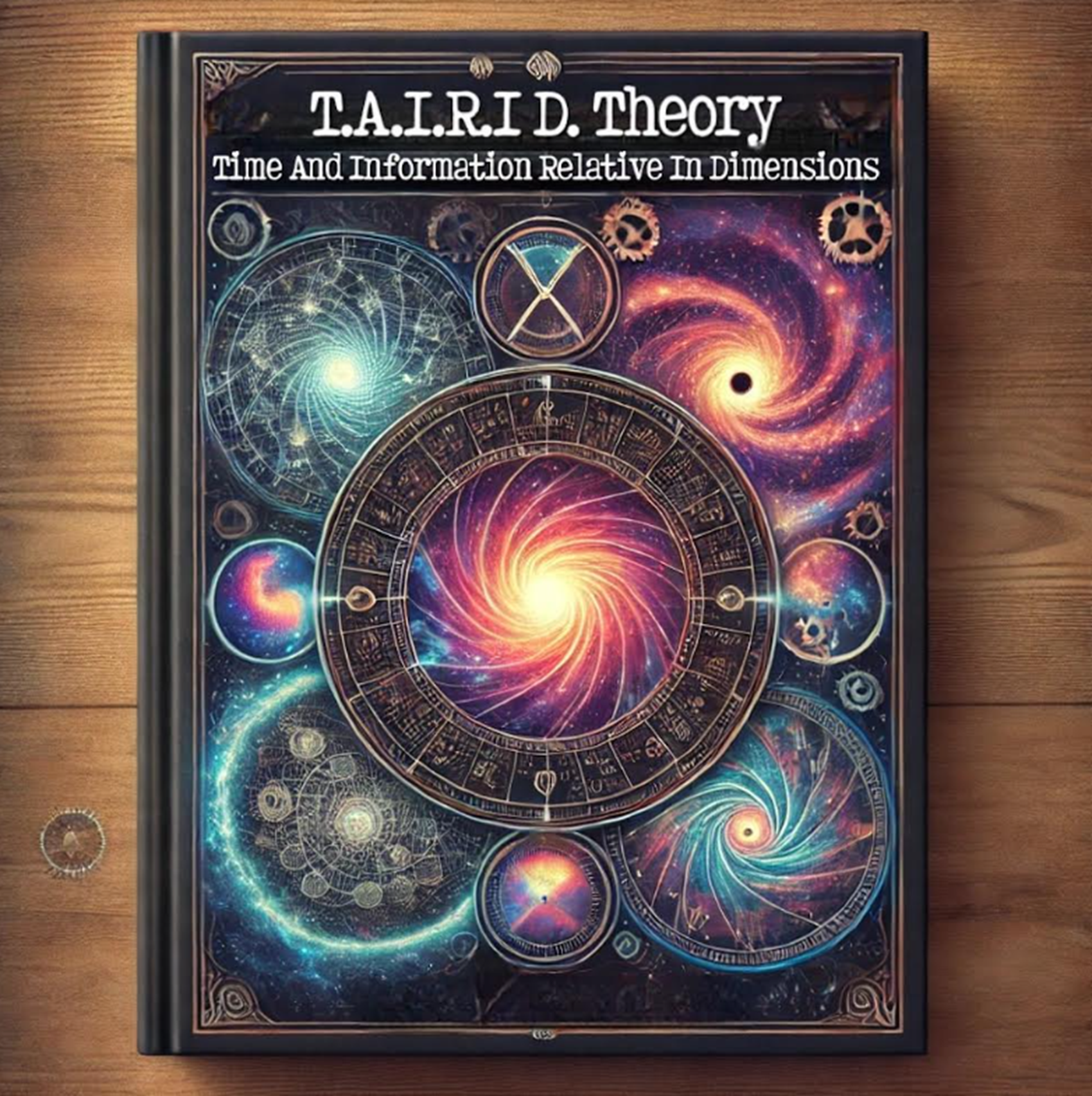
Below are just some of the theories.
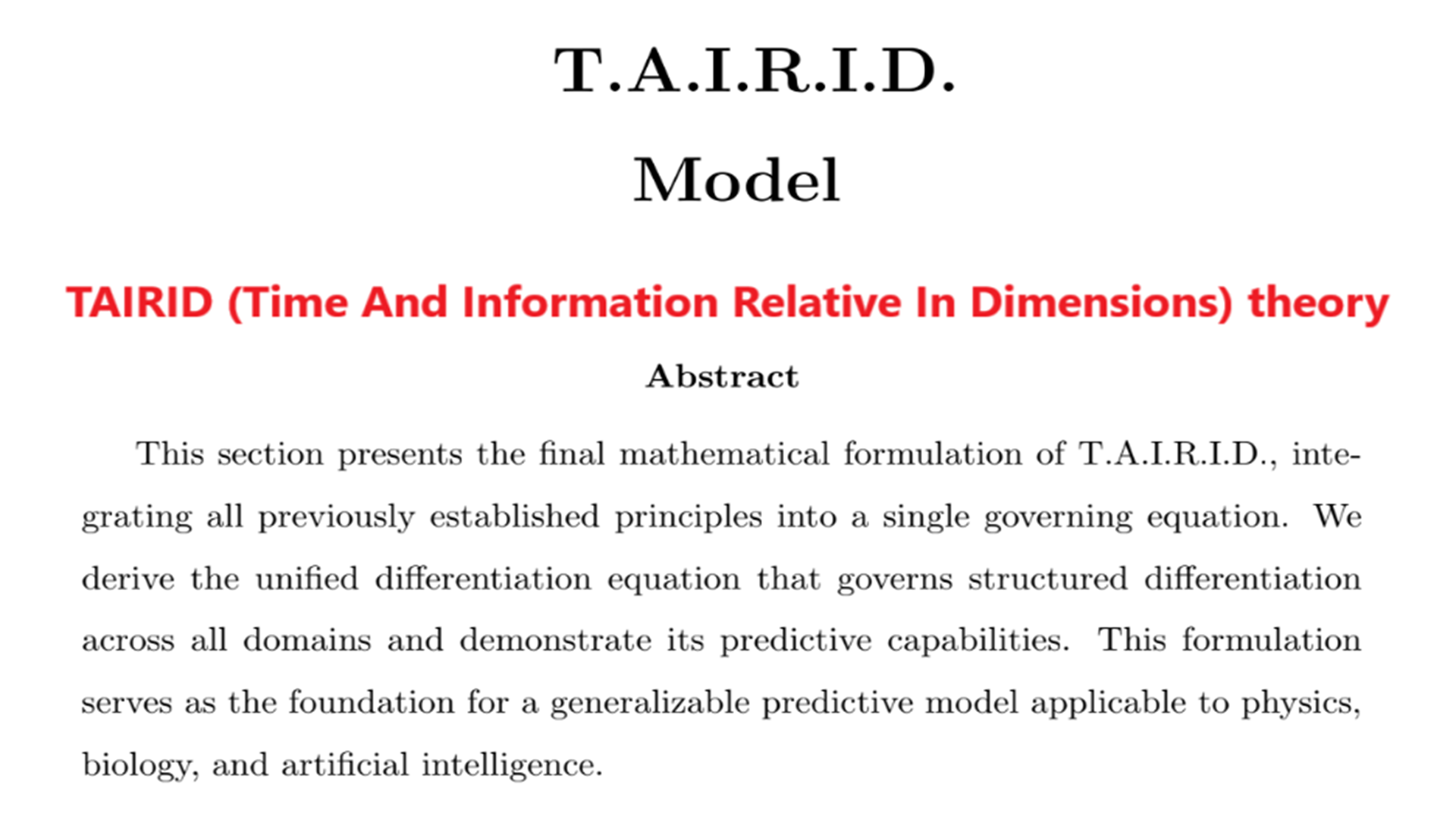
1 1.1 The Fundamental Hypothesis
The Time And Information Relative In Dimension (T.A.I.R.I.D.) theorem proposes that structured differentiation, arising from the interaction of time and information, serves as the fundamental principle underlying all observable phenomena.
The core equation:
O = T a· I b
(1)
where a and b are scaling exponents that define how differentiation manifests in various systems.
2 1.2 Defining O = T
a · I b
Observation (O) emerges as a structured differentiation process, dependent on:
• Time (T) as the potential for differentiation.
• Information (I) as the structuring force.
This equation implies that all complex systems evolve through a structured differentiation process.
3 1.3 Why Differentiation Matters
• Differentiation is the mechanism that structures reality.
• Without differentiation, systems remain in undifferentiated potential states.
This explains the emergence of physical laws, information processing, and complexity growth.
4 1.4 Standard Deviation from Reality (SDR)
To quantify deviation from optimal structured differentiation, we introduce:
SDR = vuut
1 N X N i=1
(Oi − Ooptimal)
2 (2)
This defines how efficiently a system follows structured differentiation pathways.
5 Conclusion
The foundation of T.A.I.R.I.D. establishes:
• Observation as a differentiation process.
• Time and information as structuring forces.
• SDR as a measure of differentiation efficiency.
Contents
1 Introduction 3
1.1 From Theory to Application . . . . . . . . . . . . . . . . . . . . . . . . . 3
2 Reality as an Expression of Structured Differentiation 4
2.1 Mathematical Formulation of Reality . . . . . . . . . . . . . . . . . . . . 4
3 Implications for Predictive Systems 5
3.1 Structured Differentiation and Predictability . . . . . . . . . . . . . . . . 5
3.2 Applications in Science and Technology . . . . . . . . . . . . . . . . . . . 5
4 Conclusion 6
1 Introduction
1.1 From Theory to Application
Having established structured differentiation as the fundamental principle governing com-
plex systems, we now explore the implications of T.A.I.R.I.D. for understanding reality
and predictive modeling. The key question is:
If reality itself is governed by structured differentiation, what does this mean
for our ability to predict, model, and optimize complex systems?
This section will address the consequences of structured differentiation for science,
technology, and philosophy.
2 Reality as an Expression of Structured Differentiation
2.1 Mathematical Formulation of Reality
We propose that reality itself follows the structured differentiation equation:
R = lim d→∞ Od (1)
where:
• R represents reality as a structured system.
• Od represents differentiation at dimensional level d.
This equation implies that as differentiation expands dimensionally, structured complexity defines the fundamental nature of reality.
3 Implications for Predictive Systems
3.1 Structured Differentiation and Predictability
Predictive modeling follows SDR minimization: d dT SDR ≤ 0 (2) meaning that as differentiation optimizes, predictability naturally increases.
3.2 Applications in Science and Technology
• Physics: Predicting quantum behavior via structured differentiation.
• Biology: Understanding evolutionary pathways through SDR minimization.
• Artificial Intelligence: Enhancing predictive capabilities via structured fractal models.
4 Conclusion
We have demonstrated that:
1. Reality itself is an expression of structured differentiation.
2. Predictability emerges naturally from SDR minimization.
3. Understanding structured differentiation enables advanced predictive modeling across all scientific and technological domains.
This establishes T.A.I.R.I.D. as a universal framework for understanding and predicting complex systems.
Contents
1 Introduction 3
1.1 Unifying the Principles of Structured Differentiation . . . . . . . . . . . . 3
2 Deriving the Final Governing Equation 4
2.1 General Formulation of Structured Differentiation . . . . . . . . . . . . . 4
2.2 Implications of the Governing Equation . . . . . . . . . . . . . . . . . . . 4
3 Applications of the T.A.I.R.I.D. Predictive Model 5
3.1 Physics . . . . . . . . . . . . . . . . . . . . . . . . . . . . . . . . . . . . . 5
3.2 Biology . . . . . . . . . . . . . . . . . . . . . . . . . . . . . . . . . . . . . 5
3.3 Artificial Intelligence . . . . . . . . . . . . . . . . . . . . . . . . . . . . . 5
4 Conclusion 6
1 Introduction
1.1 Unifying the Principles of Structured Differentiation
We have established the fundamental principles of T.A.I.R.I.D., including fractal efficiency, SDR minimization, dimensional evolution, and coherence. Now, we seek to unify these into a single governing equation that serves as a general predictive model. The key question is:
Can we derive a final mathematical formulation that predicts how differentiation unfolds across all complex systems?
In this section, we will derive the fundamental equation of structured differentiation and validate its universality.
2 Deriving the Final Governing Equation
2.1 General Formulation of Structured Differentiation
We propose the unified differentiation equation:
∇2O − kO + d dT SDR = 0 (1)
where:
• O represents structured differentiation as a function of time and information.
• ∇2O accounts for fractal differentiation and scale invariance.
• kO represents system-specific constraints on differentiation.
•d dT SDR ensures that systems evolve toward minimizing deviation from optimal differentiation.
2.2 Implications of the Governing Equation
1. Differentiation is inherently fractal and scale-invariant.
2. Systems naturally evolve toward minimizing SDR over time.
3. The equation applies universally across physics, biology, and computation.
3 Applications of the T.A.I.R.I.D. Predictive Model
3.1 Physics
• Quantum mechanics: Predicting wavefunction evolution through structured differentiation.
• Cosmology: Modeling large-scale structure formation as a function of SDR minimization.
3.2 Biology
• Evolutionary biology: Predicting species adaptation pathways.
• Neuroscience: Understanding synaptic network optimization through SDR minimization.
3.3 Artificial Intelligence
• Machine learning: Optimizing neural architectures based on structured differentiation.
• Predictive analytics: Using T.A.I.R.I.D. to refine data-driven forecasting models.
4 Conclusion
We have demonstrated that:
1. The final governing equation unifies structured differentiation principles.
2. T.A.I.R.I.D. provides a predictive model applicable to diverse domains.
3. This framework establishes a mathematical foundation for understanding complex
systems. This completes the mathematical formulation of T.A.I.R.I.D. as a comprehensive
predictive model.
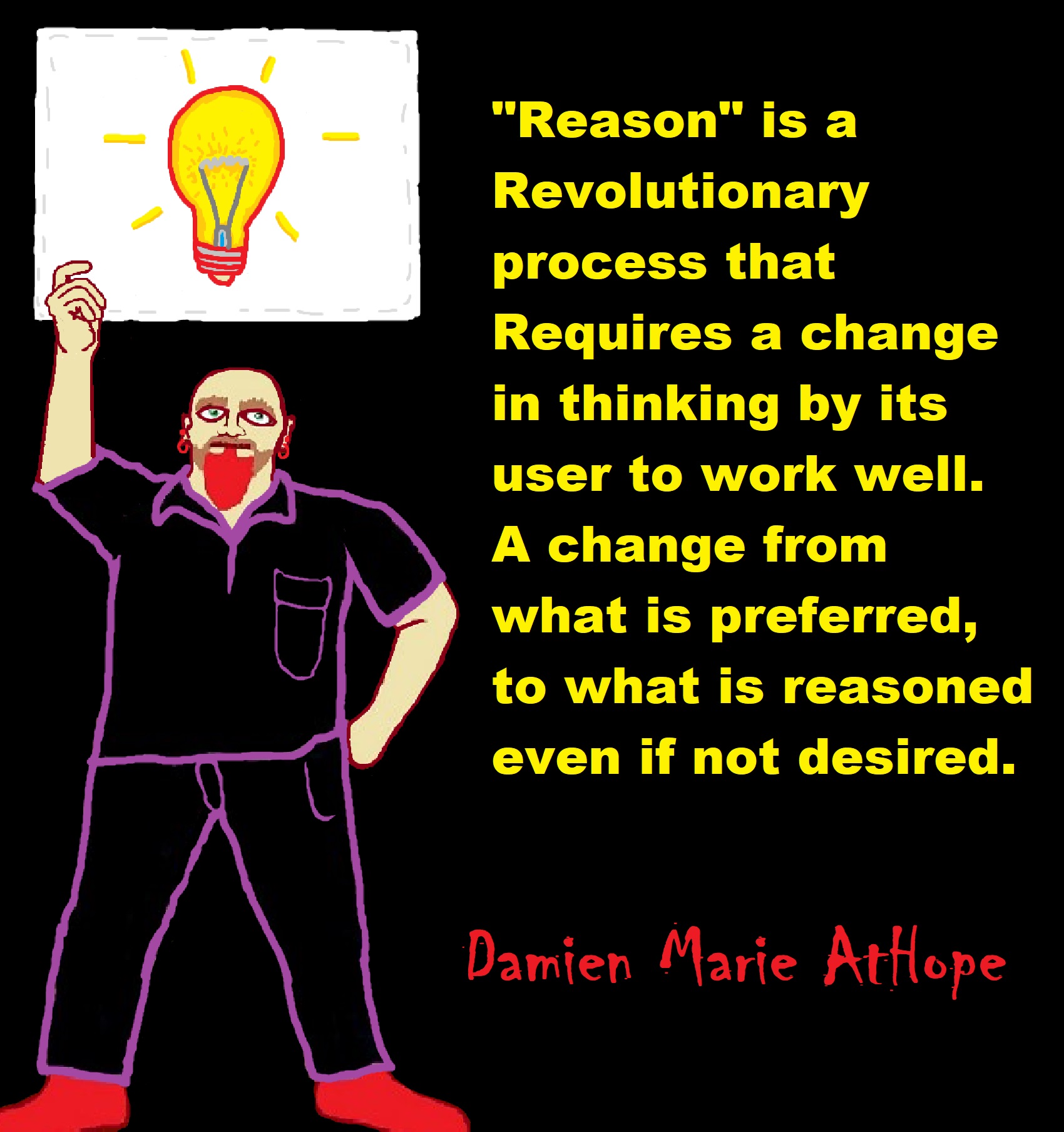
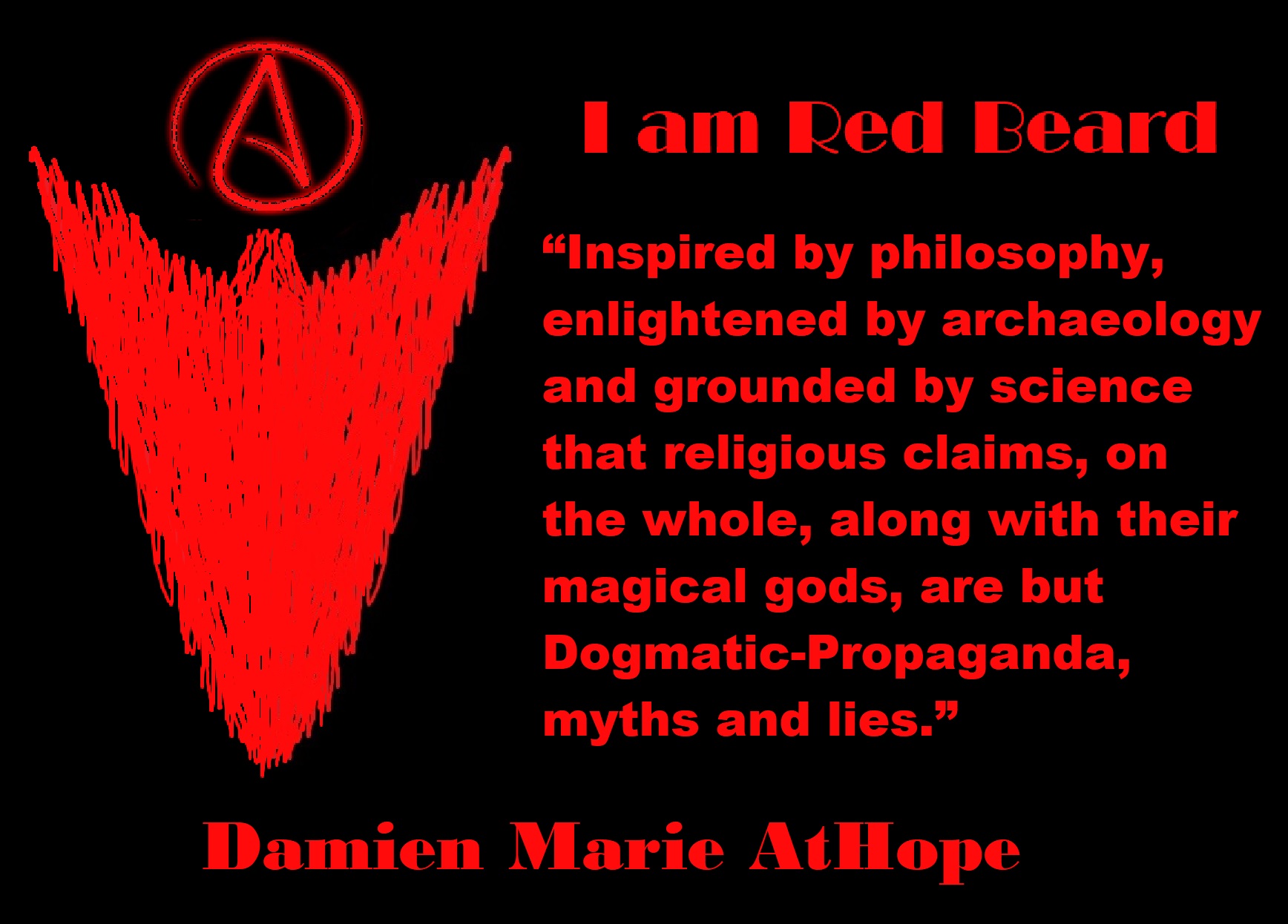
People don’t commonly teach religious history, even that of their own claimed religion. No, rather they teach a limited “pro their religion” history of their religion from a religious perspective favorable to the religion of choice.
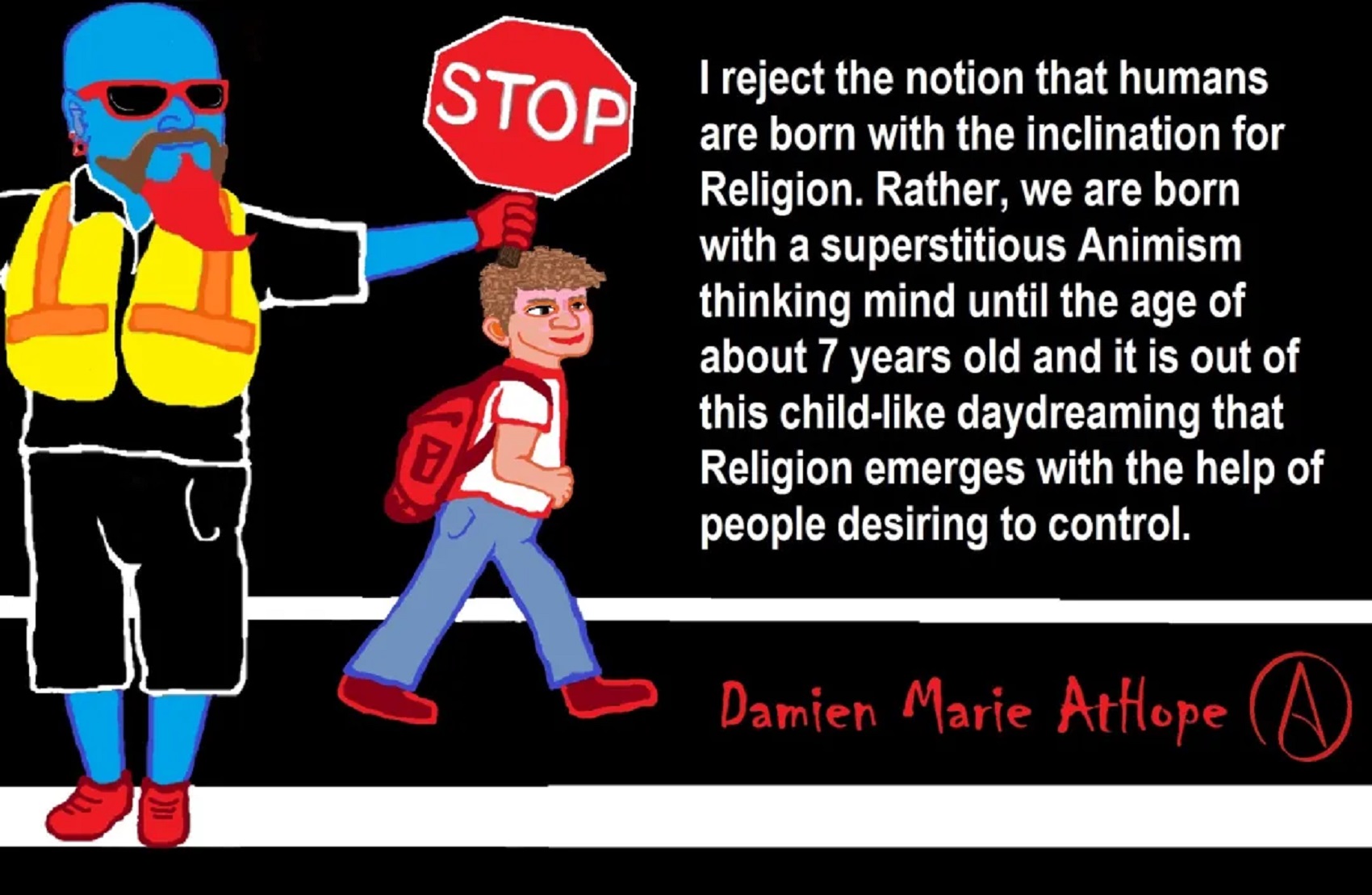
Do you truly think “Religious Belief” is only a matter of some personal choice?
Do you not see how coercive one’s world of choice is limited to the obvious hereditary belief, in most religious choices available to the child of religious parents or caregivers? Religion is more commonly like a family, culture, society, etc. available belief that limits the belief choices of the child and that is when “Religious Belief” is not only a matter of some personal choice and when it becomes hereditary faith, not because of the quality of its alleged facts or proposed truths but because everyone else important to the child believes similarly so they do as well simply mimicking authority beliefs handed to them. Because children are raised in religion rather than being presented all possible choices but rather one limited dogmatic brand of “Religious Belief” where children only have a choice of following the belief as instructed, and then personally claim the faith hereditary belief seen in the confirming to the belief they have held themselves all their lives. This is obvious in statements asked and answered by children claiming a faith they barely understand but they do understand that their family believes “this or that” faith, so they feel obligated to believe it too. While I do agree that “Religious Belief” should only be a matter of some personal choice, it rarely is… End Hereditary Religion!
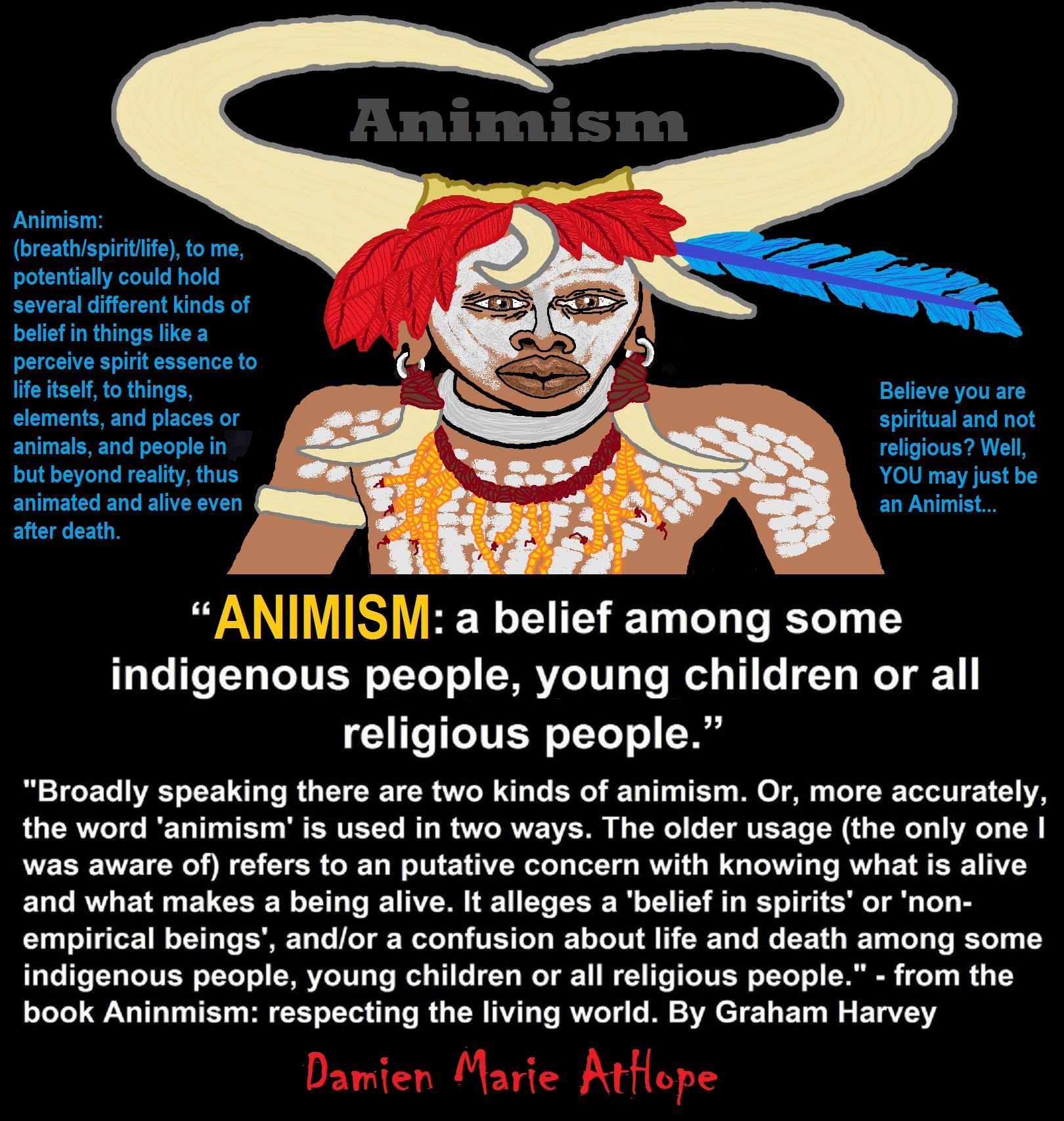
Animism: Respecting the Living World by Graham Harvey
“How have human cultures engaged with and thought about animals, plants, rocks, clouds, and other elements in their natural surroundings? Do animals and other natural objects have a spirit or soul? What is their relationship to humans? In this new study, Graham Harvey explores current and past animistic beliefs and practices of Native Americans, Maori, Aboriginal Australians, and eco-pagans. He considers the varieties of animism found in these cultures as well as their shared desire to live respectfully within larger natural communities. Drawing on his extensive casework, Harvey also considers the linguistic, performative, ecological, and activist implications of these different animisms.” ref
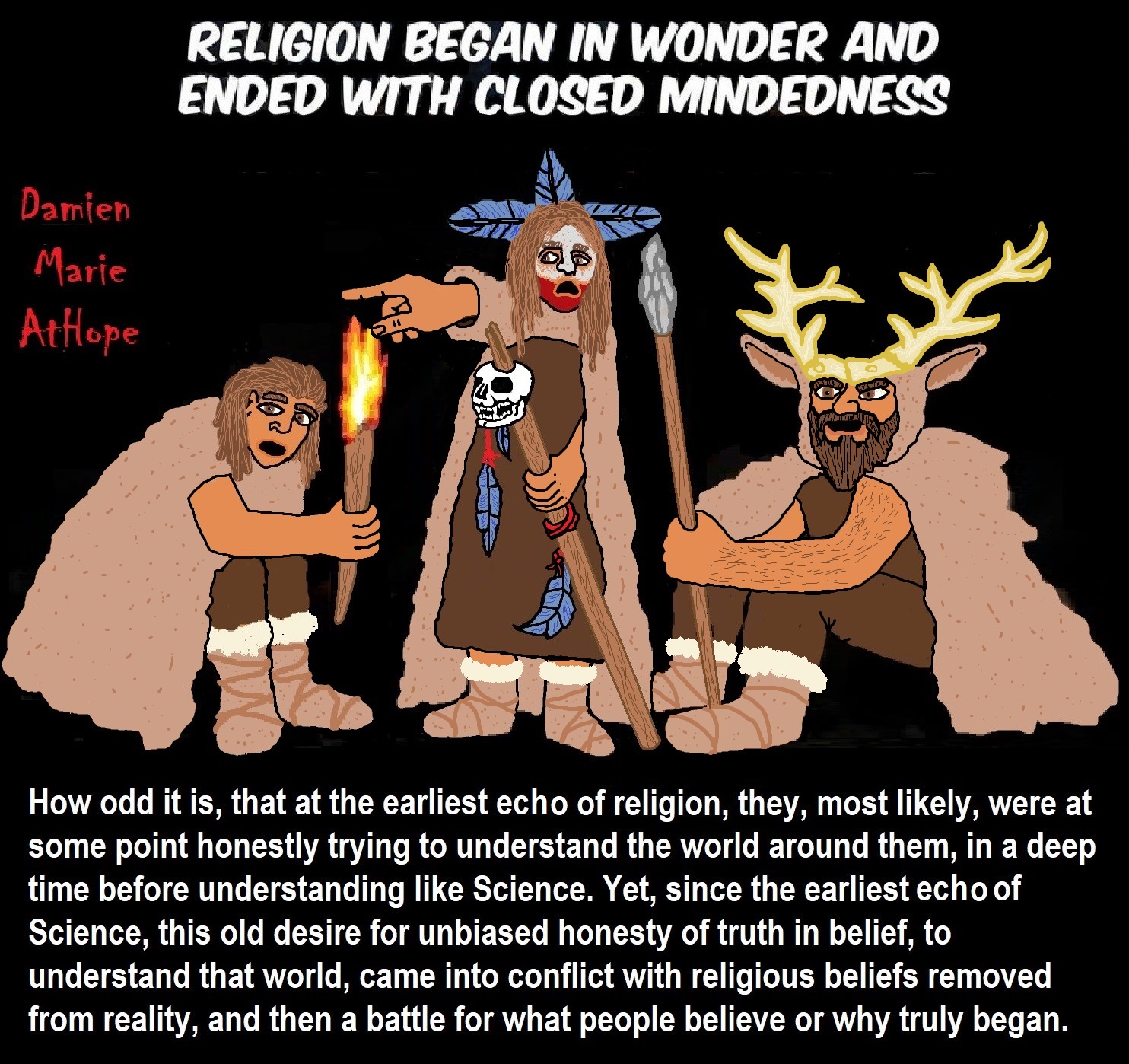
We are like believing machines we vacuum up ideas, like Velcro sticks to almost everything. We accumulate beliefs that we allow to negatively influence our lives, often without realizing it. Our willingness must be to alter skewed beliefs that impend our balance or reason, which allows us to achieve new positive thinking and accurate outcomes.
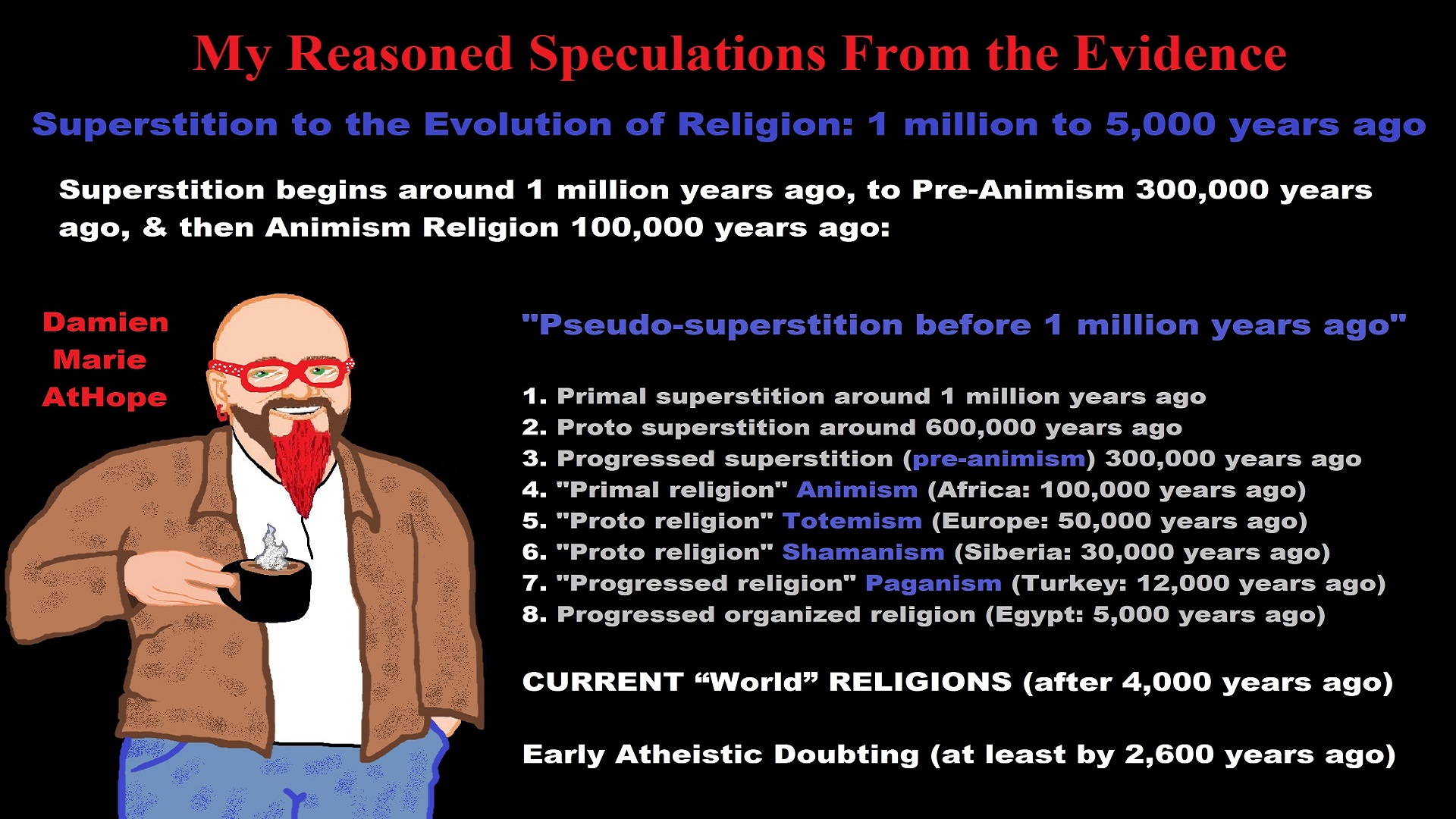
My thoughts on Religion Evolution with external links for more info:
- (Pre-Animism Africa mainly, but also Europe, and Asia at least 300,000 years ago), (Pre-Animism – Oxford Dictionaries)
- (Animism Africa around 100,000 years ago), (Animism – Britannica.com)
- (Totemism Europe around 50,000 years ago), (Totemism – Anthropology)
- (Shamanism Siberia around 30,000 years ago), (Shamanism – Britannica.com)
- (Paganism Turkey around 12,000 years ago), (Paganism – BBC Religion)
- (Progressed Organized Religion “Institutional Religion” Egypt around 5,000 years ago), (Ancient Egyptian Religion – Britannica.com)
- (CURRENT “World” RELIGIONS after 4,000 years ago) (Origin of Major Religions – Sacred Texts)
- (Early Atheistic Doubting at least by 2,600 years ago) (History of Atheism – Wikipedia)
“Religion is an Evolved Product” and Yes, Religion is Like Fear Given Wings…
Atheists talk about gods and religions for the same reason doctors talk about cancer, they are looking for a cure, or a firefighter talks about fires because they burn people and they care to stop them. We atheists too often feel a need to help the victims of mental slavery, held in the bondage that is the false beliefs of gods and the conspiracy theories of reality found in religions.
Understanding Religion Evolution:
- Pre-Animism (at least 300,000 years ago)
- Animism (Africa: 100,000 years ago)
- Totemism (Europe: 50,000 years ago)
- Shamanism (Siberia: 30,000 years ago)
- Paganism (Turkey: 12,000 years ago)
- Progressed organized religion (Egypt: 5,000 years ago), (Egypt, the First Dynasty 5,150 years ago)
- CURRENT “World” RELIGIONS (after 4,000 years ago)
- Early Atheistic Doubting (at least by 2,600 years ago)
“An Archaeological/Anthropological Understanding of Religion Evolution”
It seems ancient peoples had to survived amazing threats in a “dangerous universe (by superstition perceived as good and evil),” and human “immorality or imperfection of the soul” which was thought to affect the still living, leading to ancestor worship. This ancestor worship presumably led to the belief in supernatural beings, and then some of these were turned into the belief in gods. This feeble myth called gods were just a human conceived “made from nothing into something over and over, changing, again and again, taking on more as they evolve, all the while they are thought to be special,” but it is just supernatural animistic spirit-belief perceived as sacred.
Quick Evolution of Religion?
Pre-Animism (at least 300,000 years ago) pre-religion is a beginning that evolves into later Animism. So, Religion as we think of it, to me, all starts in a general way with Animism (Africa: 100,000 years ago) (theoretical belief in supernatural powers/spirits), then this is physically expressed in or with Totemism (Europe: 50,000 years ago) (theoretical belief in mythical relationship with powers/spirits through a totem item), which then enlists a full-time specific person to do this worship and believed interacting Shamanism (Siberia/Russia: 30,000 years ago) (theoretical belief in access and influence with spirits through ritual), and then there is the further employment of myths and gods added to all the above giving you Paganism (Turkey: 12,000 years ago) (often a lot more nature-based than most current top world religions, thus hinting to their close link to more ancient religious thinking it stems from). My hypothesis is expressed with an explanation of the building of a theatrical house (modern religions development). Progressed organized religion (Egypt: 5,000 years ago) with CURRENT “World” RELIGIONS (after 4,000 years ago).
Historically, in large city-state societies (such as Egypt or Iraq) starting around 5,000 years ago culminated to make religion something kind of new, a sociocultural-governmental-religious monarchy, where all or at least many of the people of such large city-state societies seem familiar with and committed to the existence of “religion” as the integrated life identity package of control dynamics with a fixed closed magical doctrine, but this juggernaut integrated religion identity package of Dogmatic-Propaganda certainly did not exist or if developed to an extent it was highly limited in most smaller prehistoric societies as they seem to lack most of the strong control dynamics with a fixed closed magical doctrine (magical beliefs could be at times be added or removed). Many people just want to see developed religious dynamics everywhere even if it is not. Instead, all that is found is largely fragments until the domestication of religion.
Religions, as we think of them today, are a new fad, even if they go back to around 6,000 years in the timeline of human existence, this amounts to almost nothing when seen in the long slow evolution of religion at least around 70,000 years ago with one of the oldest ritual worship. Stone Snake of South Africa: “first human worship” 70,000 years ago. This message of how religion and gods among them are clearly a man-made thing that was developed slowly as it was invented and then implemented peace by peace discrediting them all. Which seems to be a simple point some are just not grasping how devastating to any claims of truth when we can see the lie clearly in the archeological sites.
I wish people fought as hard for the actual values as they fight for the group/clan names political or otherwise they think support values. Every amount spent on war is theft to children in need of food or the homeless kept from shelter.
Here are several of my blog posts on history:
- To Find Truth You Must First Look
- (Magdalenian/Iberomaurusian) Connections to the First Paganists of the early Neolithic Near East Dating from around 17,000 to 12,000 Years Ago
- Natufians: an Ancient People at the Origins of Agriculture and Sedentary Life
- Possible Clan Leader/Special “MALE” Ancestor Totem Poles At Least 13,500 years ago?
- Jewish People with DNA at least 13,200 years old, Judaism, and the Origins of Some of its Ideas
- Baltic Reindeer Hunters: Swiderian, Lyngby, Ahrensburgian, and Krasnosillya cultures 12,020 to 11,020 years ago are evidence of powerful migratory waves during the last 13,000 years and a genetic link to Saami and the Finno-Ugric peoples.
- The Rise of Inequality: patriarchy and state hierarchy inequality
- Fertile Crescent 12,500 – 9,500 Years Ago: fertility and death cult belief system?
- 12,400 – 11,700 Years Ago – Kortik Tepe (Turkey) Pre/early-Agriculture Cultic Ritualism
- Ritualistic Bird Symbolism at Gobekli Tepe and its “Ancestor Cult”
- Male-Homosexual (female-like) / Trans-woman (female) Seated Figurine from Gobekli Tepe
- Could a 12,000-year-old Bull Geoglyph at Göbekli Tepe relate to older Bull and Female Art 25,000 years ago and Later Goddess and the Bull cults like Catal Huyuk?
- Sedentism and the Creation of goddesses around 12,000 years ago as well as male gods after 7,000 years ago.
- Alcohol, where Agriculture and Religion Become one? Such as Gobekli Tepe’s Ritualistic use of Grain as Food and Ritual Drink
- Neolithic Ritual Sites with T-Pillars and other Cultic Pillars
- Paganism: Goddesses around 12,000 years ago then Male Gods after 7,000 years ago
- First Patriarchy: Split of Women’s Status around 12,000 years ago & First Hierarchy: fall of Women’s Status around 5,000 years ago.
- Natufians: an Ancient People at the Origins of Agriculture and Sedentary Life
- J DNA and the Spread of Agricultural Religion (paganism)
- Paganism: an approximately 12,000-year-old belief system
- Paganism 12,000 years old: related to “Anarchism and Socialism” (Pre-Capitalism)
- Shaman burial in Israel 12,000 years ago and the Shamanism Phenomena
- Need to Mythicized: gods and goddesses
- 12,000 – 7,000 Years Ago – Paleo-Indian Culture (The Americas)
- 12,000 – 2,000 Years Ago – Indigenous-Scandinavians (Nordic)
- Norse did not wear helmets with horns?
- Pre-Pottery Neolithic Skull Cult around 11,500 to 8,400 Years Ago?
- 10,400 – 10,100 Years Ago, in Turkey the Nevail Cori Religious Settlement
- 9,000-6,500 Years Old Submerged Pre-Pottery/Pottery Neolithic Ritual Settlements off Israel’s Coast
- Catal Huyuk “first religious designed city” around 9,500 to 7,700 years ago (Turkey)
- Cultic Hunting at Catal Huyuk “first religious designed city”
- Special Items and Art as well as Special Elite Burials at Catal Huyuk
- New Rituals and Violence with the appearance of Pottery and People?
- Haplogroup N and its related Uralic Languages and Cultures
- Ainu people, Sámi people, Native Americans, the Ancient North Eurasians, and Paganistic-Shamanism with Totemism
- Ideas, Technology and People from Turkey, Europe, to China and Back again 9,000 to 5,000 years ago?
- First Pottery of Europe and the Related Cultures
- 9,000 years old Neolithic Artifacts Judean Desert and Hills Israel
- 9,000-7,000 years-old Sex and Death Rituals: Cult Sites in Israel, Jordan, and the Sinai
- 9,000-8500 year old Horned Female shaman Bad Dürrenberg Germany
- Neolithic Jewelry and the Spread of Farming in Europe Emerging out of West Turkey
- 8,600-year-old Tortoise Shells in Neolithic graves in central China have Early Writing and Shamanism
- Swing of the Mace: the rise of Elite, Forced Authority, and Inequality begin to Emerge 8,500 years ago?
- Migrations and Changing Europeans Beginning around 8,000 Years Ago
- My “Steppe-Anatolian-Kurgan hypothesis” 8,000/7,000 years ago
- Around 8,000-year-old Shared Idea of the Mistress of Animals, “Ritual” Motif
- Pre-Columbian Red-Paint (red ochre) Maritime Archaic Culture 8,000-3,000 years ago
- 7,522-6,522 years ago Linear Pottery culture which I think relates to Arcane Capitalism’s origins
- Arcane Capitalism: Primitive socialism, Primitive capital, Private ownership, Means of production, Market capitalism, Class discrimination, and Petite bourgeoisie (smaller capitalists)
- 7,500-4,750 years old Ritualistic Cucuteni-Trypillian culture of Moldova, Romania, and Ukraine
- Roots of a changing early society 7,200-6,700 years ago Jordan and Israel
- Agriculture religion (Paganism) with farming reached Britain between about 7,000 to 6,500 or so years ago and seemingly expressed in things like Western Europe’s Long Barrows
- My Thoughts on Possible Migrations of “R” DNA and Proto-Indo-European?
- “Millet” Spreading from China 7,022 years ago to Europe and related Language may have Spread with it leading to Proto-Indo-European
- Proto-Indo-European (PIE), ancestor of Indo-European languages: DNA, Society, Language, and Mythology
- The Dnieper–Donets culture and Asian varieties of Millet from China to the Black Sea region of Europe by 7,022 years ago
- Kurgan 6,000 years ago/dolmens 7,000 years ago: funeral, ritual, and other?
- 7,020 to 6,020-year-old Proto-Indo-European Homeland of Urheimat or proposed home of their Language and Religion
- Ancient Megaliths: Kurgan, Ziggurat, Pyramid, Menhir, Trilithon, Dolman, Kromlech, and Kromlech of Trilithons
- The Mytheme of Ancient North Eurasian Sacred-Dog belief and similar motifs are found in Indo-European, Native American, and Siberian comparative mythology
- Elite Power Accumulation: Ancient Trade, Tokens, Writing, Wealth, Merchants, and Priest-Kings
- Sacred Mounds, Mountains, Kurgans, and Pyramids may hold deep connections?
- Between 7,000-5,000 Years ago, rise of unequal hierarchy elite, leading to a “birth of the State” or worship of power, strong new sexism, oppression of non-elites, and the fall of Women’s equal status
- Paganism 7,000-5,000 years old: related to “Anarchism and Socialism” (Capitalism) (World War 0) Elite & their slaves
- Hell and Underworld mythologies starting maybe as far back as 7,000 to 5,000 years ago with the Proto-Indo-Europeans?
- The First Expression of the Male God around 7,000 years ago?
- White (light complexion skin) Bigotry and Sexism started 7,000 years ago?
- Around 7,000-year-old Shared Idea of the Divine Bird (Tutelary and/or Trickster spirit/deity), “Ritual” Motif
- Nekhbet an Ancient Egyptian Vulture Goddess and Tutelary Deity
- 6,720 to 4,920 years old Ritualistic Hongshan Culture of Inner Mongolia with 5,000-year-old Pyramid Mounds and Temples
- First proto-king in the Balkans, Varna culture around 6,500 years ago?
- 6,500–5,800 years ago in Israel Late Chalcolithic (Copper Age) Period in the Southern Levant Seems to Express Northern Levant Migrations, Cultural and Religious Transfer
- KING OF BEASTS: Master of Animals “Ritual” Motif, around 6,000 years old or older…
- Around 6000-year-old Shared Idea of the Solid Wheel & the Spoked Wheel-Shaped Ritual Motif
- “The Ghassulian Star,” a mysterious 6,000-year-old mural from Jordan; a Proto-Star of Ishtar, Star of Inanna or Star of Venus?
- Religious/Ritual Ideas, including goddesses and gods as well as ritual mounds or pyramids from Northeastern Asia at least 6,000 years old, seemingly filtering to Iran, Iraq, the Mediterranean, Europe, Egypt, and the Americas?
- Maykop (5,720–5,020 years ago) Caucasus region Bronze Age culture-related to Copper Age farmers from the south, influenced by the Ubaid period and Leyla-Tepe culture, as well as influencing the Kura-Araxes culture
- 5-600-year-old Tomb, Mummy, and First Bearded Male Figurine in a Grave
- Kura-Araxes Cultural 5,520 to 4,470 years old DNA traces to the Canaanites, Arabs, and Jews
- Minoan/Cretan (Keftiu) Civilization and Religion around 5,520 to 3,120 years ago
- Evolution Of Science at least by 5,500 years ago
- 5,500 Years old birth of the State, the rise of Hierarchy, and the fall of Women’s status
- “Jiroft culture” 5,100 – 4,200 years ago and the History of Iran
- Stonehenge: Paganistic Burial and Astrological Ritual Complex, England (5,100-3,600 years ago)
- Around 5,000-year-old Shared Idea of the “Tree of Life” Ritual Motif
- Complex rituals for elite, seen from China to Egypt, at least by 5,000 years ago
- Around 5,000 years ago: “Birth of the State” where Religion gets Military Power and Influence
- The Center of the World “Axis Mundi” and/or “Sacred Mountains” Mythology Could Relate to the Altai Mountains, Heart of the Steppe
- Progressed organized religion starts, an approximately 5,000-year-old belief system
- China’s Civilization between 5,000-3,000 years ago, was a time of war and class struggle, violent transition from free clans to a Slave or Elite society
- Origin of Logics is Naturalistic Observation at least by around 5,000 years ago.
- Paganism 5,000 years old: progressed organized religion and the state: related to “Anarchism and Socialism” (Kings and the Rise of the State)
- Ziggurats (multi-platform temples: 4,900 years old) to Pyramids (multi-platform tombs: 4,700 years old)
- Did a 4,520–4,420-year-old Volcano In Turkey Inspire the Bible God?
- Finland’s Horned Shaman and Pre-Horned-God at least 4,500 years ago?
- 4,000-year-Old Dolmens in Israel: A Connected Dolmen Religious Phenomenon?
- Creation myths: From chaos, Ex nihilo, Earth-diver, Emergence, World egg, and World parent
- Bronze Age “Ritual” connections of the Bell Beaker culture with the Corded Ware/Single Grave culture, which were related to the Yamnaya culture and Proto-Indo-European Languages/Religions
- Low Gods (Earth/ Tutelary deity), High Gods (Sky/Supreme deity), and Moralistic Gods (Deity enforcement/divine order)
- The exchange of people, ideas, and material-culture including, to me, the new god (Sky Father) and goddess (Earth Mother) religion between the Cucuteni-Trypillians and others which is then spread far and wide
- Koryaks: Indigenous People of the Russian Far East and Big Raven myths also found in Tlingit, Haida, Tsimshian, and other Indigenous People of North America
- 42 Principles Of Maat (Egyptian Goddess of the justice) around 4,400 years ago, 2000 Years Before Ten Commandments
- “Happy Easter” Well Happy Eostre/Ishter
- 4,320-3,820 years old “Shimao” (North China) site with Totemistic-Shamanistic Paganism and a Stepped Pyramid
- 4,250 to 3,400 Year old Stonehenge from Russia: Arkaim?
- 4,100-year-old beaker with medicinal & flowering plants in a grave of a woman in Scotland
- Early European Farmer ancestry, Kelif el Boroud people with the Cardial Ware culture, and the Bell Beaker culture Paganists too, spread into North Africa, then to the Canary Islands off West Africa
- Flood Accounts: Gilgamesh epic (4,100 years ago) Noah in Genesis (2,600 years ago)
- Paganism 4,000 years old: related to “Anarchism and Socialism” (First Moralistic gods, then the Origin time of Monotheism)
- When was the beginning: TIMELINE OF CURRENT RELIGIONS, which start around 4,000 years ago.
- Early Religions Thought to Express Proto-Monotheistic Systems around 4,000 years ago
- Kultepe? An archaeological site with a 4,000 years old women’s rights document.
- Single God Religions (Monotheism) = “Man-o-theism” started around 4,000 years ago with the Great Sky Spirit/God Tiān (天)?
- Confucianism’s Tiān (Shangdi god 4,000 years old): Supernaturalism, Pantheism or Theism?
- Yes, Your Male God is Ridiculous
- Mythology, a Lunar Deity is a Goddess or God of the Moon
- Sacred Land, Hills, and Mountains: Sami Mythology (Paganistic Shamanism)
- Horse Worship/Sacrifice: mythical union of Ruling Elite/Kingship and the Horse
- The Amorite/Amurru people’s God Amurru “Lord of the Steppe”, relates to the Origins of the Bible God?
- Bronze Age Exotic Trade Routes Spread Quite Far as well as Spread Religious Ideas with Them
- Sami and the Northern Indigenous Peoples Landscape, Language, and its Connection to Religion
- Prototype of Ancient Analemmatic Sundials around 3,900-3,150 years ago and a Possible Solar Connection to gods?
- Judaism is around 3,450 or 3,250 years old. (“Paleo-Hebrew” 3,000 years ago and Torah 2,500 years ago)
- The Weakening of Ancient Trade and the Strengthening of Religions around 3000 years ago?
- Are you aware that there are religions that worship women gods, explain now religion tears women down?
- Animistic, Totemistic, and Paganistic Superstition Origins of bible god and the bible’s Religion.
- Myths and Folklore: “Trickster gods and goddesses”
- Jews, Judaism, and the Origins of Some of its Ideas
- An Old Branch of Religion Still Giving Fruit: Sacred Trees
- Dating the BIBLE: naming names and telling times (written less than 3,000 years ago, provable to 2,200 years ago)
- Did a Volcano Inspire the bible god?
- Dené–Yeniseian language, Old Copper Complex, and Pre-Columbian Mound Builders?
- No “dinosaurs and humans didn’t exist together just because some think they are in the bible itself”
- Sacred Shit and Sacred Animals?
- Everyone Killed in the Bible Flood? “Nephilim” (giants)?
- Hey, Damien dude, I have a question for you regarding “the bible” Exodus.
- Archaeology Disproves the Bible
- Bible Battle, Just More, Bible Babble
- The Jericho Conquest lie?
- Canaanites and Israelites?
- Accurate Account on how did Christianity Began?
- Let’s talk about Christianity.
- So the 10 commandments isn’t anything to go by either right?
- Misinformed christian
- Debunking Jesus?
- Paulism vs Jesus
- Ok, you seem confused so let’s talk about Buddhism.
- Unacknowledged Buddhism: Gods, Savior, Demons, Rebirth, Heavens, Hells, and Terrorism
- His Foolishness The Dalai Lama
- Yin and Yang is sexist with an ORIGIN around 2,300 years ago?
- I Believe Archaeology, not Myths & Why Not, as the Religious Myths Already Violate Reason!
- Archaeological, Scientific, & Philosophic evidence shows the god myth is man-made nonsense.
- Aquatic Ape Theory/Hypothesis? As Always, Just Pseudoscience.
- Ancient Aliens Conspiracy Theorists are Pseudohistorians
- The Pseudohistoric and Pseudoscientific claims about “Bakoni Ruins” of South Africa
- Why do people think Religion is much more than supernaturalism and superstitionism?
- Religion is an Evolved Product
- Was the Value of Ancient Women Different?
- 1000 to 1100 CE, human sacrifice Cahokia Mounds a pre-Columbian Native American site
- Feminist atheists as far back as the 1800s?
- Promoting Religion as Real is Mentally Harmful to a Flourishing Humanity
- Screw All Religions and Their Toxic lies, they are all fraud
- Forget Religions’ Unfounded Myths, I Have Substantiated “Archaeology Facts.”
- Religion Dispersal throughout the World
- I Hate Religion Just as I Hate all Pseudoscience
- Exposing Scientology, Eckankar, Wicca and Other Nonsense?
- Main deity or religious belief systems
- Quit Trying to Invent Your God From the Scraps of Science.
- Archaeological, Scientific, & Philosophic evidence shows the god myth is man-made nonsense.
- Ancient Alien Conspiracy Theorists: Misunderstanding, Rhetoric, Misinformation, Fabrications, and Lies
- Misinformation, Distortion, and Pseudoscience in Talking with a Christian Creationist
- Judging the Lack of Goodness in Gods, Even the Norse God Odin
- Challenging the Belief in God-like Aliens and Gods in General
- A Challenge to Christian use of Torture Devices?
- Yes, Hinduism is a Religion
- Trump is One of the Most Reactionary Forces of Far-right Christian Extremism
- Was the Bull Head a Symbol of God? Yes!
- Primate Death Rituals
- Christian – “God and Christianity are objectively true”
- Australopithecus afarensis Death Ritual?
- You Claim Global Warming is a Hoax?
- Doubter of Science and Defamer of Atheists?
- I think that sounds like the Bible?
- History of the Antifa (“anti-fascist”) Movements
- Indianapolis Anti-Blasphemy Laws #Free Soheil Rally
- Damien, you repeat the golden rule in so many forms then you say religion is dogmatic?
- Science is a Trustable Methodology whereas Faith is not Trustable at all!
- Was I ever a believer, before I was an atheist?
- Atheists rise in reason
- Mistrust of science?
- Open to Talking About the Definition of ‘God’? But first, we address Faith.
- ‘United Monarchy’ full of splendor and power – Saul, David, and Solomon? Most likely not.
- Is there EXODUS ARCHAEOLOGY? The short answer is “no.”
- Lacking Proof of Bigfoots, Unicorns, and Gods is Just a Lack of Research?
- Religion and Politics: Faith Beliefs vs. Rational Thinking
- Hammer of Truth that lying pig RELIGION: challenged by an archaeologist
- “The Hammer of Truth” -ontology question- What do You Mean by That?
- Navigation of a bad argument: Ad Hominem vs. Attack
- Why is it Often Claimed that Gods have a Gender?
- Why are basically all monotheistic religions ones that have a male god?
- Shifting through the Claims in support of Faith
- Dear Mr. AtHope, The 20th Century is an Indictment of Secularism and a Failed Atheist Century
- An Understanding of the Worldwide Statistics and Dynamics of Terrorist Incidents and Suicide Attacks
- Intoxication and Evolution? Addressing and Assessing the “Stoned Ape” or “Drunken Monkey” Theories as Catalysts in Human Evolution
- Sacred Menstrual cloth? Inanna’s knot, Isis knot, and maybe Ma’at’s feather?
- Damien, why don’t the Hebrews accept the bible stories?
- Dealing with a Troll and Arguing Over Word Meaning
- Knowledge without Belief? Justified beliefs or disbeliefs worthy of Knowledge?
- Afrocentrism and African Religions
- Crecganford @crecganford offers history & stories of the people, places, gods, & culture
- Empiricism-Denier?
I am not an academic. I am a revolutionary that teaches in public, in places like social media, and in the streets. I am not a leader by some title given but from my commanding leadership style of simply to start teaching everywhere to everyone, all manner of positive education.
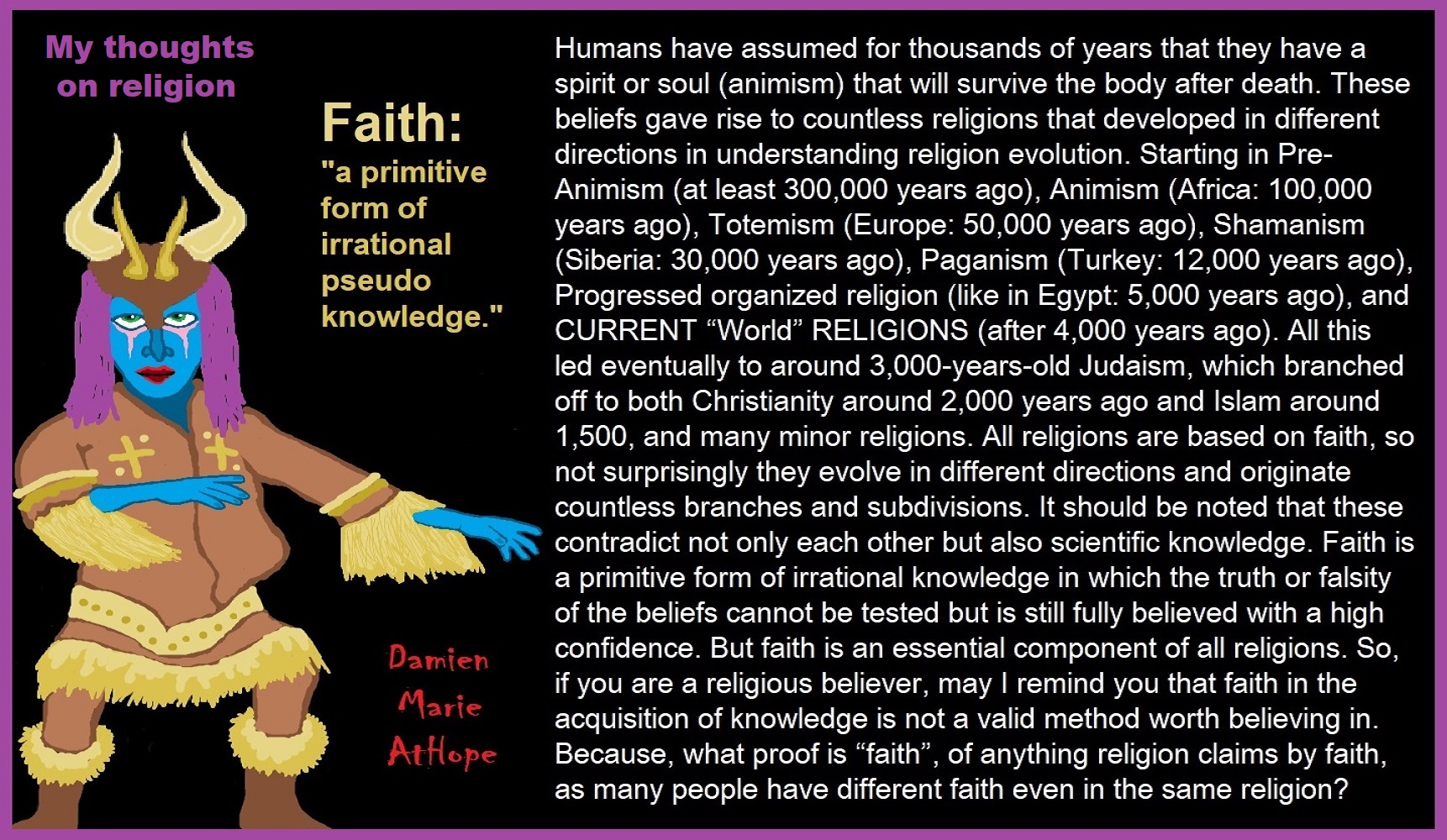
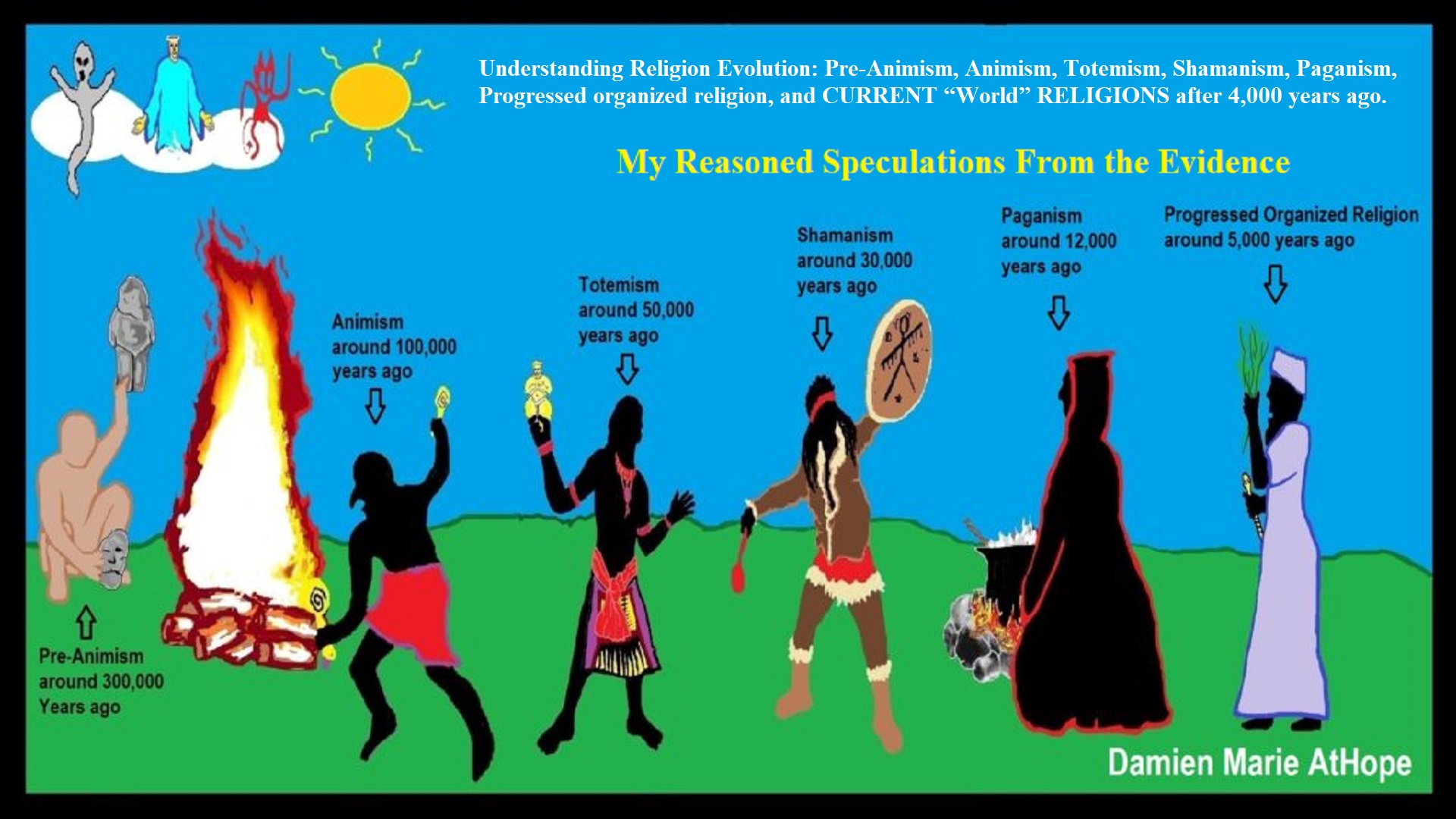
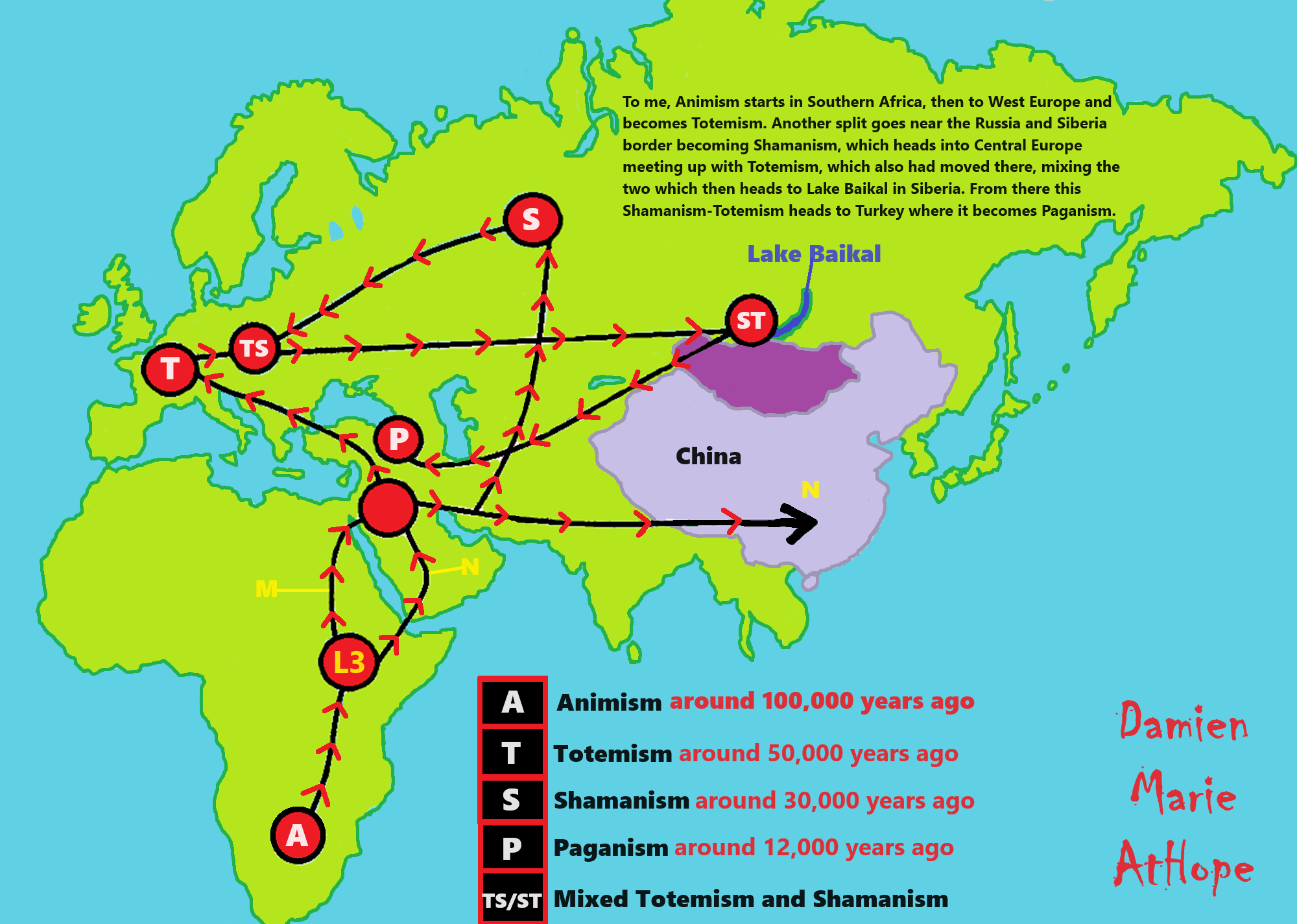
To me, Animism starts in Southern Africa, then to West Europe, and becomes Totemism. Another split goes near the Russia and Siberia border becoming Shamanism, which heads into Central Europe meeting up with Totemism, which also had moved there, mixing the two which then heads to Lake Baikal in Siberia. From there this Shamanism-Totemism heads to Turkey where it becomes Paganism.
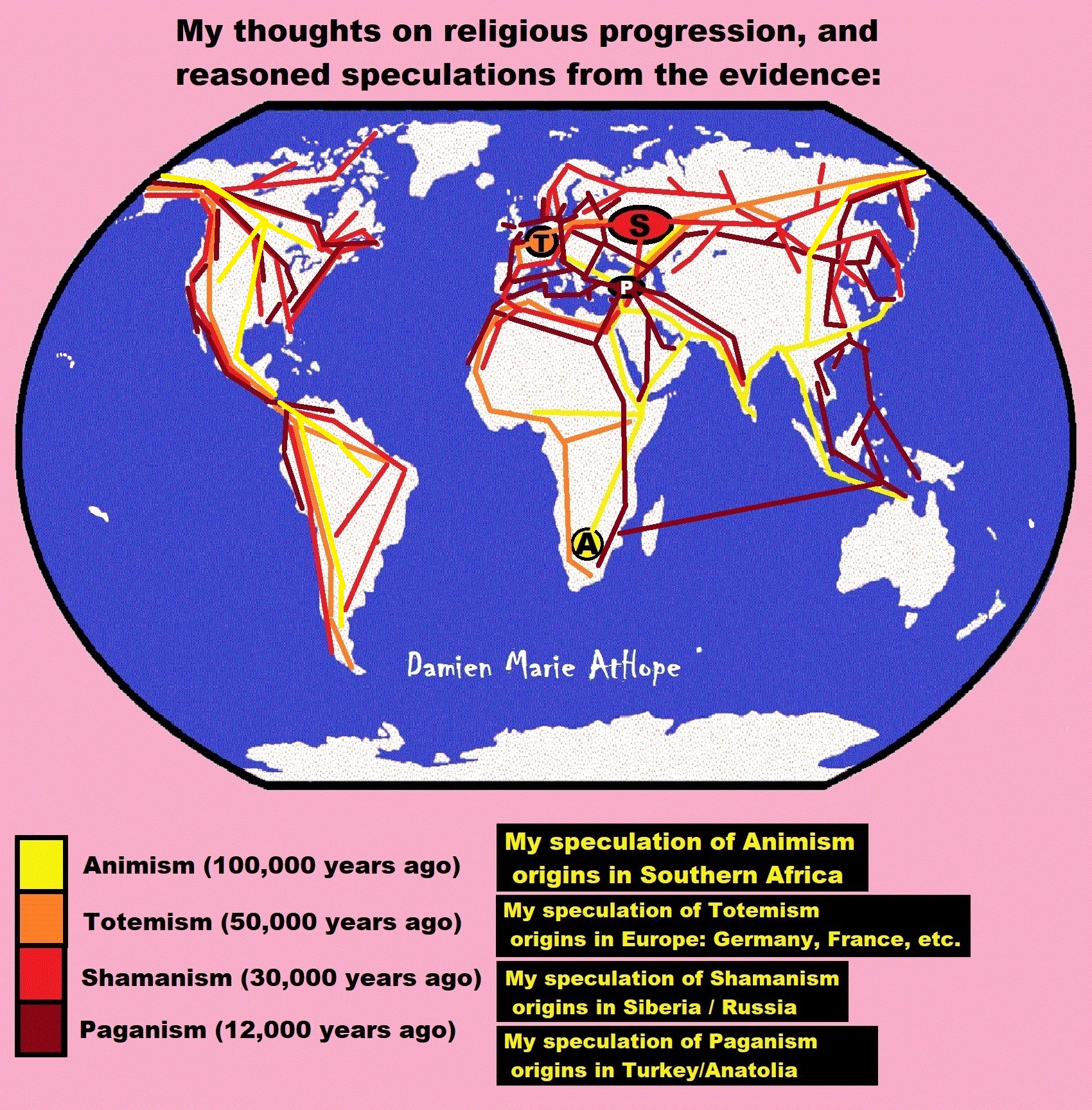
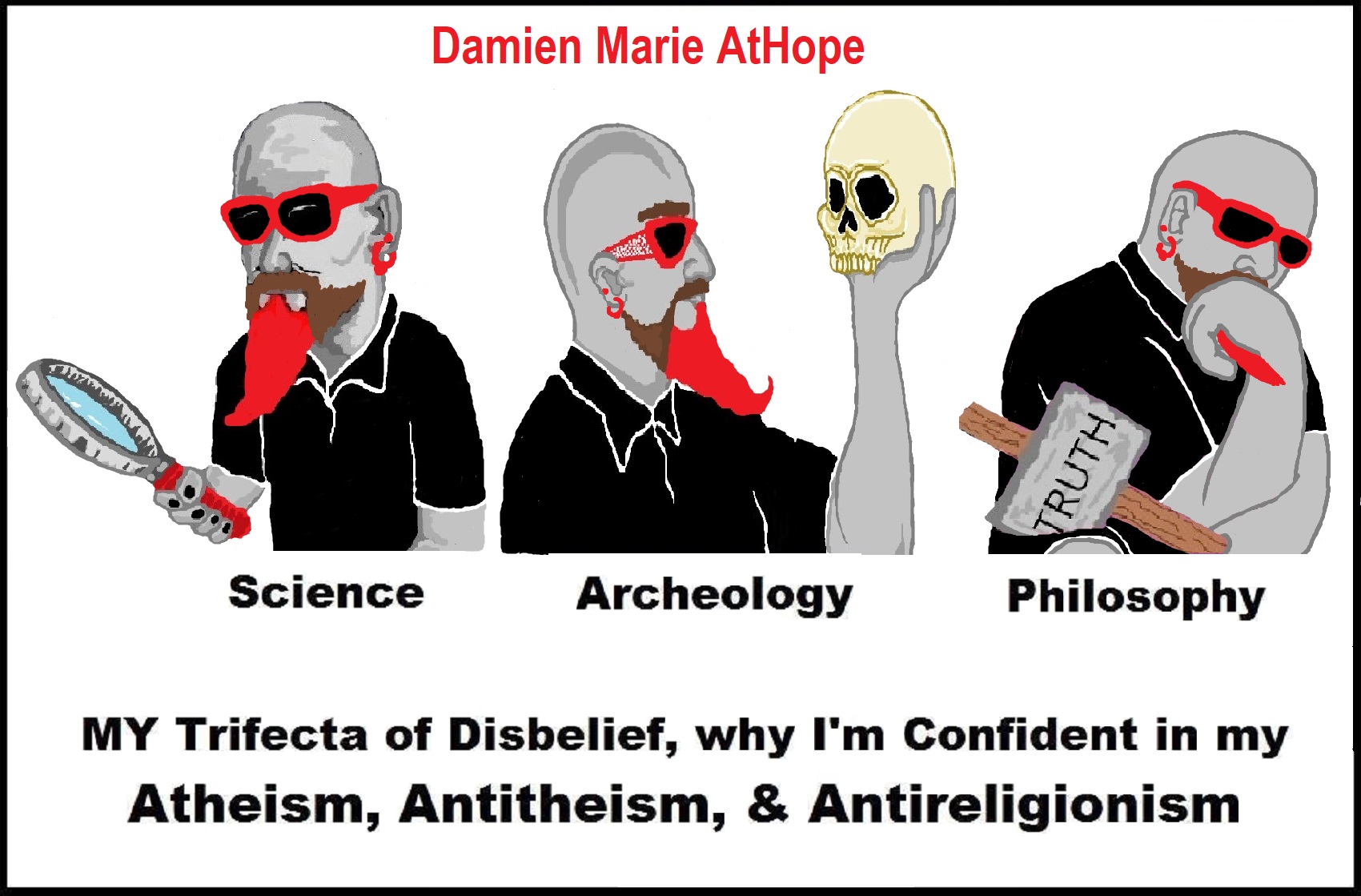
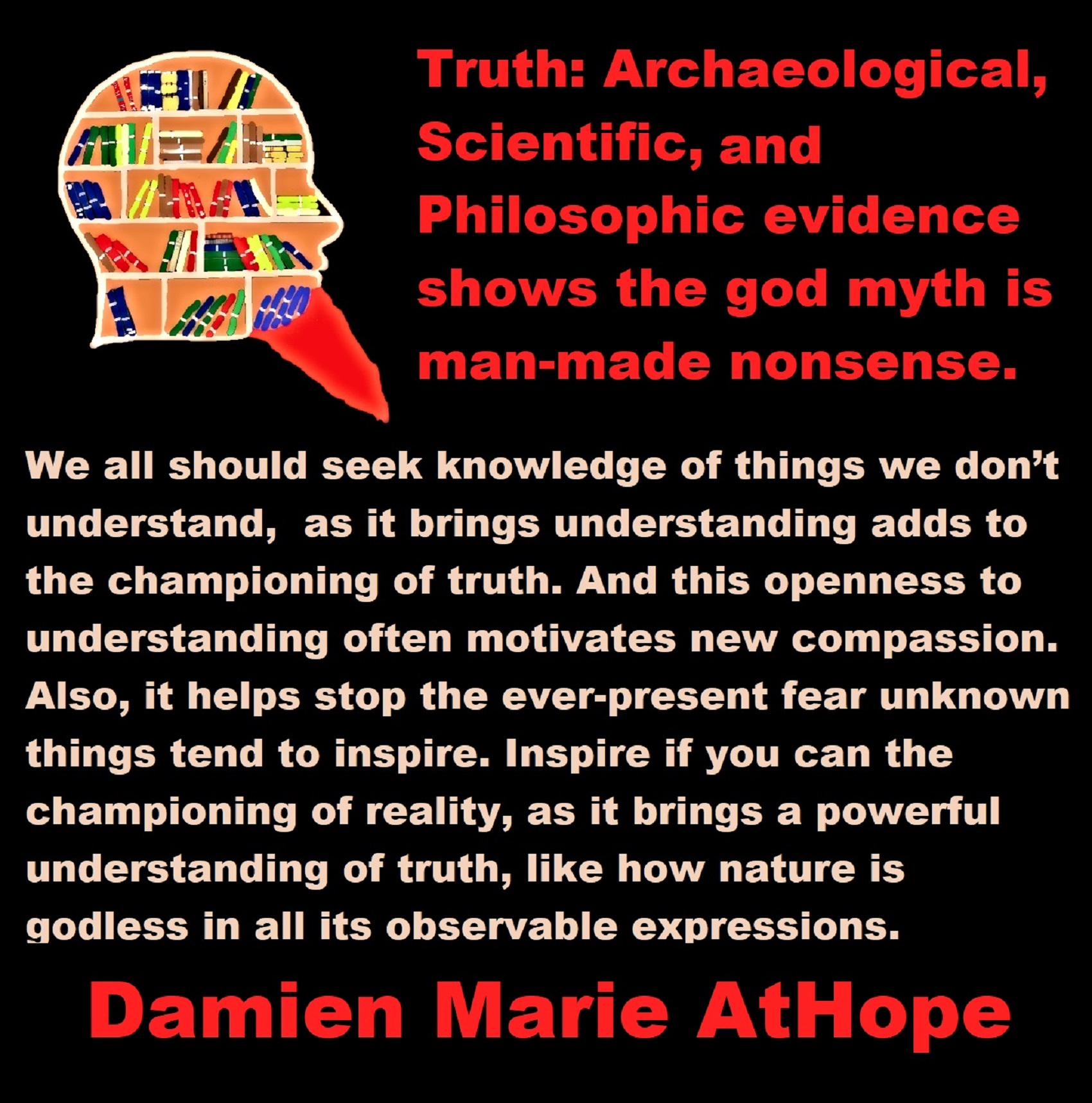
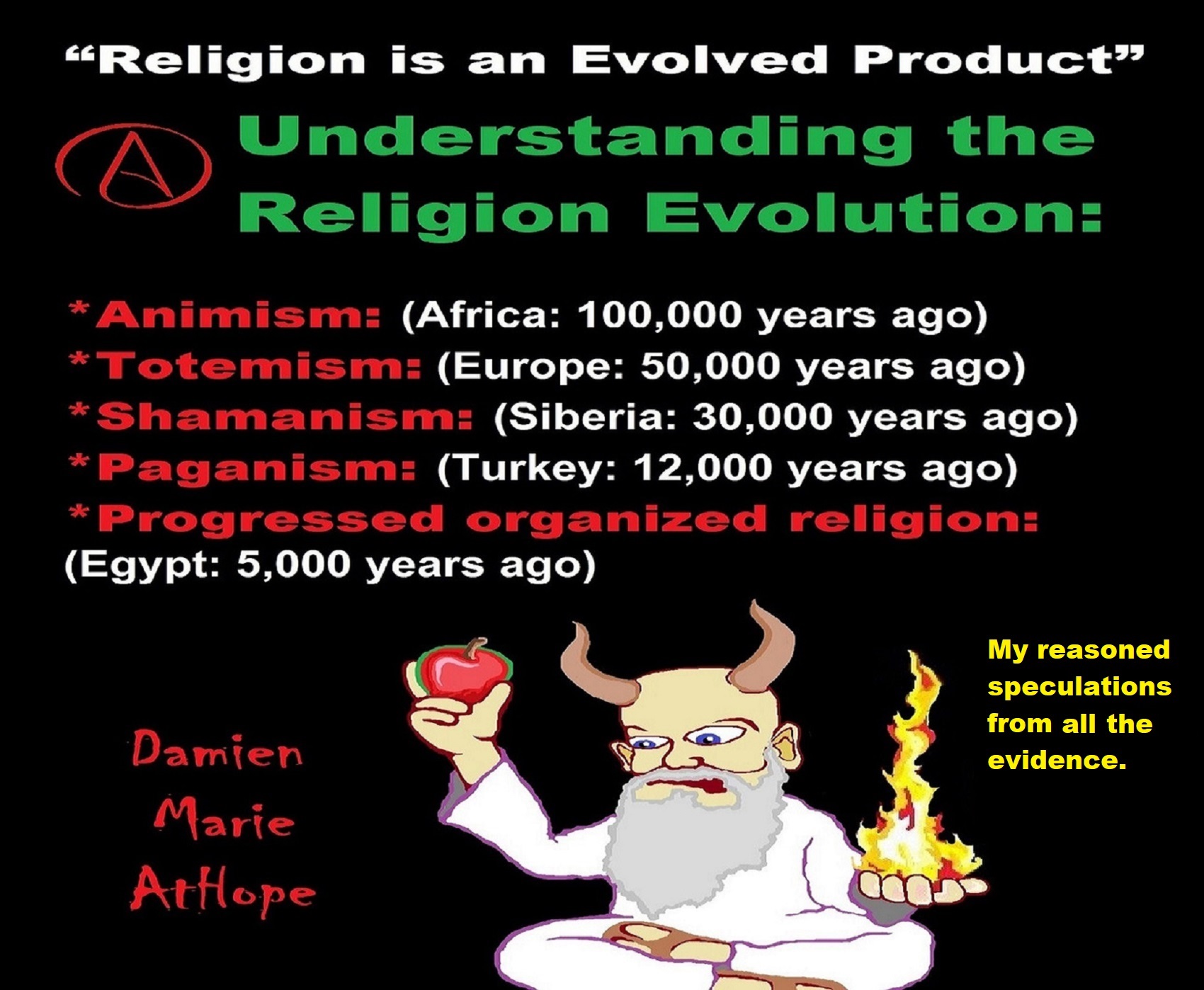
Not all “Religions” or “Religious Persuasions” have a god(s) but
All can be said to believe in some imaginary beings or imaginary things like spirits, afterlives, etc.
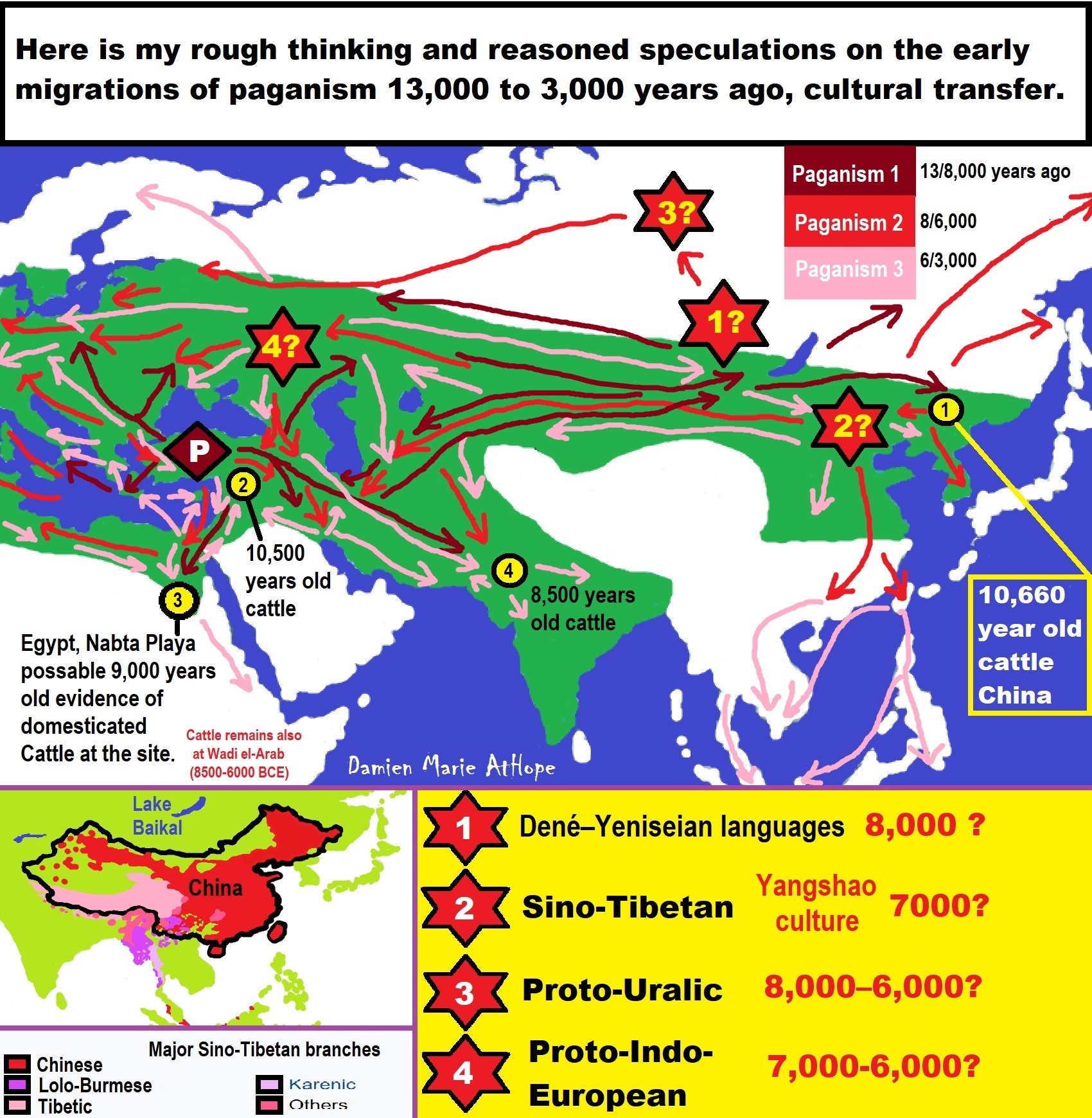
Paganism 12,000-4,000 years old
12,000-7,000 years old: related to (Pre-Capitalism)
7,000-5,000 years old: related to (Capitalism) (World War 0) Elite and their slaves!
5,000 years old: related to (Kings and the Rise of the State)
4,000 years old: related to (First Moralistic gods, then the Origin time of Monotheism)
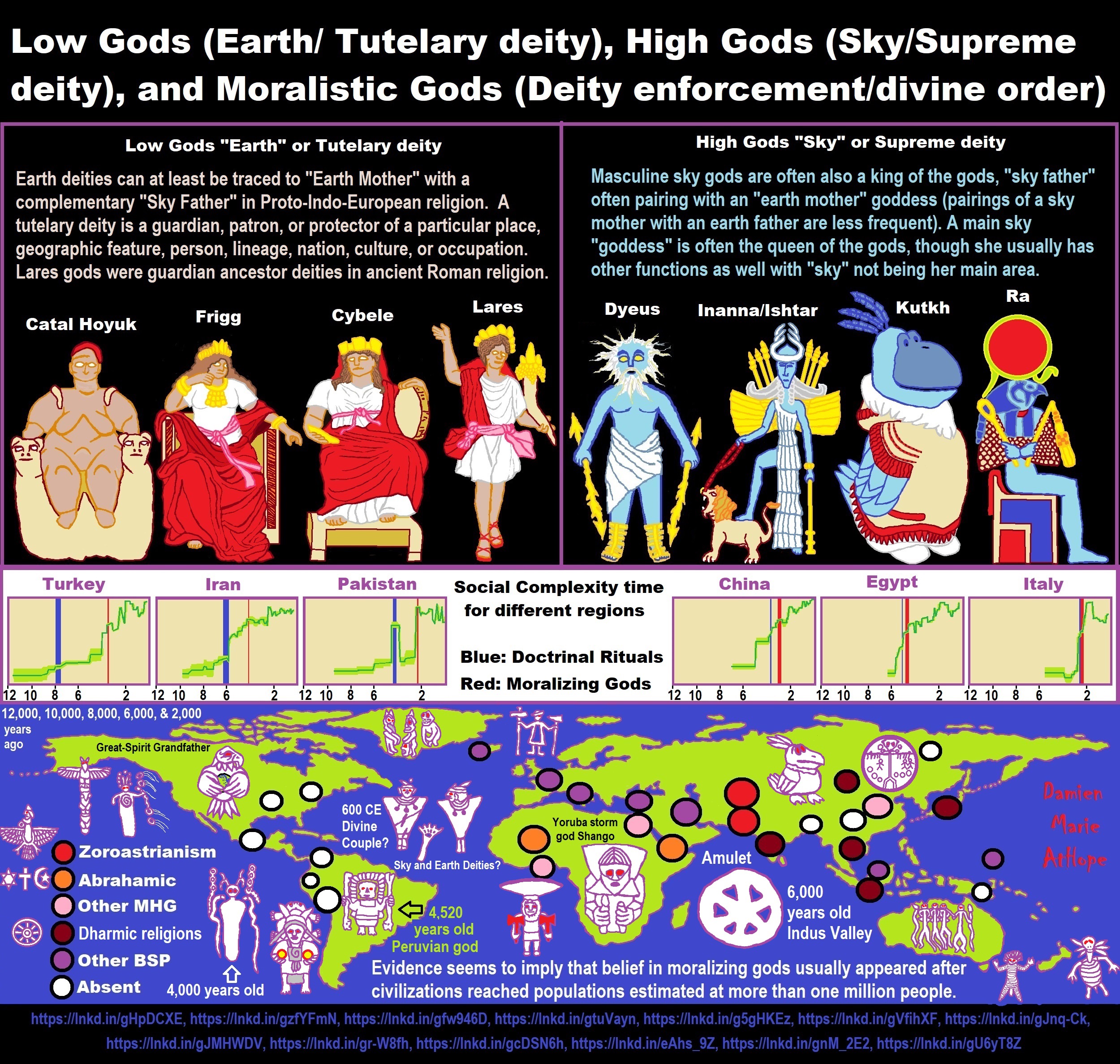
ref, ref, ref, ref, ref, ref, ref, ref, ref, ref, ref, ref, ref, ref, ref, ref, ref, ref, ref, ref, ref
Low Gods “Earth” or Tutelary deity and High Gods “Sky” or Supreme deity
“An Earth goddess is a deification of the Earth. Earth goddesses are often associated with the “chthonic” deities of the underworld. Ki and Ninhursag are Mesopotamian earth goddesses. In Greek mythology, the Earth is personified as Gaia, corresponding to Roman Terra, Indic Prithvi/Bhūmi, etc. traced to an “Earth Mother” complementary to the “Sky Father” in Proto-Indo-European religion. Egyptian mythology exceptionally has a sky goddess and an Earth god.” ref
“A mother goddess is a goddess who represents or is a personification of nature, motherhood, fertility, creation, destruction or who embodies the bounty of the Earth. When equated with the Earth or the natural world, such goddesses are sometimes referred to as Mother Earth or as the Earth Mother. In some religious traditions or movements, Heavenly Mother (also referred to as Mother in Heaven or Sky Mother) is the wife or feminine counterpart of the Sky father or God the Father.” ref
“Any masculine sky god is often also king of the gods, taking the position of patriarch within a pantheon. Such king gods are collectively categorized as “sky father” deities, with a polarity between sky and earth often being expressed by pairing a “sky father” god with an “earth mother” goddess (pairings of a sky mother with an earth father are less frequent). A main sky goddess is often the queen of the gods and may be an air/sky goddess in her own right, though she usually has other functions as well with “sky” not being her main. In antiquity, several sky goddesses in ancient Egypt, Mesopotamia, and the Near East were called Queen of Heaven. Neopagans often apply it with impunity to sky goddesses from other regions who were never associated with the term historically. The sky often has important religious significance. Many religions, both polytheistic and monotheistic, have deities associated with the sky.” ref
“In comparative mythology, sky father is a term for a recurring concept in polytheistic religions of a sky god who is addressed as a “father”, often the father of a pantheon and is often either a reigning or former King of the Gods. The concept of “sky father” may also be taken to include Sun gods with similar characteristics, such as Ra. The concept is complementary to an “earth mother“. “Sky Father” is a direct translation of the Vedic Dyaus Pita, etymologically descended from the same Proto-Indo-European deity name as the Greek Zeûs Pater and Roman Jupiter and Germanic Týr, Tir or Tiwaz, all of which are reflexes of the same Proto-Indo-European deity’s name, *Dyēus Ph₂tḗr. While there are numerous parallels adduced from outside of Indo-European mythology, there are exceptions (e.g. In Egyptian mythology, Nut is the sky mother and Geb is the earth father).” ref
Tutelary deity
“A tutelary (also tutelar) is a deity or spirit who is a guardian, patron, or protector of a particular place, geographic feature, person, lineage, nation, culture, or occupation. The etymology of “tutelary” expresses the concept of safety and thus of guardianship. In late Greek and Roman religion, one type of tutelary deity, the genius, functions as the personal deity or daimon of an individual from birth to death. Another form of personal tutelary spirit is the familiar spirit of European folklore.” ref
“A tutelary (also tutelar) in Korean shamanism, jangseung and sotdae were placed at the edge of villages to frighten off demons. They were also worshiped as deities. Seonangshin is the patron deity of the village in Korean tradition and was believed to embody the Seonangdang. In Philippine animism, Diwata or Lambana are deities or spirits that inhabit sacred places like mountains and mounds and serve as guardians. Such as: Maria Makiling is the deity who guards Mt. Makiling and Maria Cacao and Maria Sinukuan. In Shinto, the spirits, or kami, which give life to human bodies come from nature and return to it after death. Ancestors are therefore themselves tutelaries to be worshiped. And similarly, Native American beliefs such as Tonás, tutelary animal spirit among the Zapotec and Totems, familial or clan spirits among the Ojibwe, can be animals.” ref
“A tutelary (also tutelar) in Austronesian beliefs such as: Atua (gods and spirits of the Polynesian peoples such as the Māori or the Hawaiians), Hanitu (Bunun of Taiwan‘s term for spirit), Hyang (Kawi, Sundanese, Javanese, and Balinese Supreme Being, in ancient Java and Bali mythology and this spiritual entity, can be either divine or ancestral), Kaitiaki (New Zealand Māori term used for the concept of guardianship, for the sky, the sea, and the land), Kawas (mythology) (divided into 6 groups: gods, ancestors, souls of the living, spirits of living things, spirits of lifeless objects, and ghosts), Tiki (Māori mythology, Tiki is the first man created by either Tūmatauenga or Tāne and represents deified ancestors found in most Polynesian cultures). ” ref, ref, ref, ref, ref, ref, ref
Mesopotamian Tutelary Deities can be seen as ones related to City-States
“Historical city-states included Sumerian cities such as Uruk and Ur; Ancient Egyptian city-states, such as Thebes and Memphis; the Phoenician cities (such as Tyre and Sidon); the five Philistine city-states; the Berber city-states of the Garamantes; the city-states of ancient Greece (the poleis such as Athens, Sparta, Thebes, and Corinth); the Roman Republic (which grew from a city-state into a vast empire); the Italian city-states from the Middle Ages to the early modern period, such as Florence, Siena, Ferrara, Milan (which as they grew in power began to dominate neighboring cities) and Genoa and Venice, which became powerful thalassocracies; the Mayan and other cultures of pre-Columbian Mesoamerica (including cities such as Chichen Itza, Tikal, Copán and Monte Albán); the central Asian cities along the Silk Road; the city-states of the Swahili coast; Ragusa; states of the medieval Russian lands such as Novgorod and Pskov; and many others.” ref
“The Uruk period (ca. 4000 to 3100 BCE; also known as Protoliterate period) of Mesopotamia, named after the Sumerian city of Uruk, this period saw the emergence of urban life in Mesopotamia and the Sumerian civilization. City-States like Uruk and others had a patron tutelary City Deity along with a Priest-King.” ref
“Chinese folk religion, both past, and present, includes myriad tutelary deities. Exceptional individuals, highly cultivated sages, and prominent ancestors can be deified and honored after death. Lord Guan is the patron of military personnel and police, while Mazu is the patron of fishermen and sailors. Such as Tu Di Gong (Earth Deity) is the tutelary deity of a locality, and each individual locality has its own Earth Deity and Cheng Huang Gong (City God) is the guardian deity of an individual city, worshipped by local officials and locals since imperial times.” ref
“A tutelary (also tutelar) in Hinduism, personal tutelary deities are known as ishta-devata, while family tutelary deities are known as Kuladevata. Gramadevata are guardian deities of villages. Devas can also be seen as tutelary. Shiva is the patron of yogis and renunciants. City goddesses include: Mumbadevi (Mumbai), Sachchika (Osian); Kuladevis include: Ambika (Porwad), and Mahalakshmi. In NorthEast India Meitei mythology and religion (Sanamahism) of Manipur, there are various types of tutelary deities, among which Lam Lais are the most predominant ones. Tibetan Buddhism has Yidam as a tutelary deity. Dakini is the patron of those who seek knowledge.” ref
“A tutelary (also tutelar) The Greeks also thought deities guarded specific places: for instance, Athena was the patron goddess of the city of Athens. Socrates spoke of hearing the voice of his personal spirit or daimonion:
You have often heard me speak of an oracle or sign which comes to me … . This sign I have had ever since I was a child. The sign is a voice which comes to me and always forbids me to do something which I am going to do, but never commands me to do anything, and this is what stands in the way of my being a politician.” ref
“Tutelary deities who guard and preserve a place or a person are fundamental to ancient Roman religion. The tutelary deity of a man was his Genius, that of a woman her Juno. In the Imperial era, the Genius of the Emperor was a focus of Imperial cult. An emperor might also adopt a major deity as his personal patron or tutelary, as Augustus did Apollo. Precedents for claiming the personal protection of a deity were established in the Republican era, when for instance the Roman dictator Sulla advertised the goddess Victory as his tutelary by holding public games (ludi) in her honor.” ref
“Each town or city had one or more tutelary deities, whose protection was considered particularly vital in time of war and siege. Rome itself was protected by a goddess whose name was to be kept ritually secret on pain of death (for a supposed case, see Quintus Valerius Soranus). The Capitoline Triad of Juno, Jupiter, and Minerva were also tutelaries of Rome. The Italic towns had their own tutelary deities. Juno often had this function, as at the Latin town of Lanuvium and the Etruscan city of Veii, and was often housed in an especially grand temple on the arx (citadel) or other prominent or central location. The tutelary deity of Praeneste was Fortuna, whose oracle was renowned.” ref
“The Roman ritual of evocatio was premised on the belief that a town could be made vulnerable to military defeat if the power of its tutelary deity were diverted outside the city, perhaps by the offer of superior cult at Rome. The depiction of some goddesses such as the Magna Mater (Great Mother, or Cybele) as “tower-crowned” represents their capacity to preserve the city. A town in the provinces might adopt a deity from within the Roman religious sphere to serve as its guardian, or syncretize its own tutelary with such; for instance, a community within the civitas of the Remi in Gaul adopted Apollo as its tutelary, and at the capital of the Remi (present-day Rheims), the tutelary was Mars Camulus.” ref
Household deity (a kind of or related to a Tutelary deity)
“A household deity is a deity or spirit that protects the home, looking after the entire household or certain key members. It has been a common belief in paganism as well as in folklore across many parts of the world. Household deities fit into two types; firstly, a specific deity – typically a goddess – often referred to as a hearth goddess or domestic goddess who is associated with the home and hearth, such as the ancient Greek Hestia.” ref
“The second type of household deities are those that are not one singular deity, but a type, or species of animistic deity, who usually have lesser powers than major deities. This type was common in the religions of antiquity, such as the Lares of ancient Roman religion, the Gashin of Korean shamanism, and Cofgodas of Anglo-Saxon paganism. These survived Christianisation as fairy-like creatures existing in folklore, such as the Anglo-Scottish Brownie and Slavic Domovoy.” ref
“Household deities were usually worshipped not in temples but in the home, where they would be represented by small idols (such as the teraphim of the Bible, often translated as “household gods” in Genesis 31:19 for example), amulets, paintings, or reliefs. They could also be found on domestic objects, such as cosmetic articles in the case of Tawaret. The more prosperous houses might have a small shrine to the household god(s); the lararium served this purpose in the case of the Romans. The gods would be treated as members of the family and invited to join in meals, or be given offerings of food and drink.” ref
“In many religions, both ancient and modern, a god would preside over the home. Certain species, or types, of household deities, existed. An example of this was the Roman Lares. Many European cultures retained house spirits into the modern period. Some examples of these include:
- Brownie (Scotland and England) or Hob (England) / Kobold (Germany) / Goblin / Hobgoblin
- Domovoy (Slavic)
- Nisse (Norwegian or Danish) / Tomte (Swedish) / Tonttu (Finnish)
- Húsvættir (Norse)” ref
“Although the cosmic status of household deities was not as lofty as that of the Twelve Olympians or the Aesir, they were also jealous of their dignity and also had to be appeased with shrines and offerings, however humble. Because of their immediacy they had arguably more influence on the day-to-day affairs of men than the remote gods did. Vestiges of their worship persisted long after Christianity and other major religions extirpated nearly every trace of the major pagan pantheons. Elements of the practice can be seen even today, with Christian accretions, where statues to various saints (such as St. Francis) protect gardens and grottos. Even the gargoyles found on older churches, could be viewed as guardians partitioning a sacred space.” ref
“For centuries, Christianity fought a mop-up war against these lingering minor pagan deities, but they proved tenacious. For example, Martin Luther‘s Tischreden have numerous – quite serious – references to dealing with kobolds. Eventually, rationalism and the Industrial Revolution threatened to erase most of these minor deities, until the advent of romantic nationalism rehabilitated them and embellished them into objects of literary curiosity in the 19th century. Since the 20th century this literature has been mined for characters for role-playing games, video games, and other fantasy personae, not infrequently invested with invented traits and hierarchies somewhat different from their mythological and folkloric roots.” ref
“In contradistinction to both Herbert Spencer and Edward Burnett Tylor, who defended theories of animistic origins of ancestor worship, Émile Durkheim saw its origin in totemism. In reality, this distinction is somewhat academic, since totemism may be regarded as a particularized manifestation of animism, and something of a synthesis of the two positions was attempted by Sigmund Freud. In Freud’s Totem and Taboo, both totem and taboo are outward expressions or manifestations of the same psychological tendency, a concept which is complementary to, or which rather reconciles, the apparent conflict. Freud preferred to emphasize the psychoanalytic implications of the reification of metaphysical forces, but with particular emphasis on its familial nature. This emphasis underscores, rather than weakens, the ancestral component.” ref
“William Edward Hearn, a noted classicist, and jurist, traced the origin of domestic deities from the earliest stages as an expression of animism, a belief system thought to have existed also in the neolithic, and the forerunner of Indo-European religion. In his analysis of the Indo-European household, in Chapter II “The House Spirit”, Section 1, he states:
The belief which guided the conduct of our forefathers was … the spirit rule of dead ancestors.” ref
“In Section 2 he proceeds to elaborate:
It is thus certain that the worship of deceased ancestors is a vera causa, and not a mere hypothesis. …
In the other European nations, the Slavs, the Teutons, and the Kelts, the House Spirit appears with no less distinctness. … [T]he existence of that worship does not admit of doubt. … The House Spirits had a multitude of other names which it is needless here to enumerate, but all of which are more or less expressive of their friendly relations with man. … In [England] … [h]e is the Brownie. … In Scotland this same Brownie is well known. He is usually described as attached to particular families, with whom he has been known to reside for centuries, threshing the corn, cleaning the house, and performing similar household tasks. His favorite gratification was milk and honey.” ref
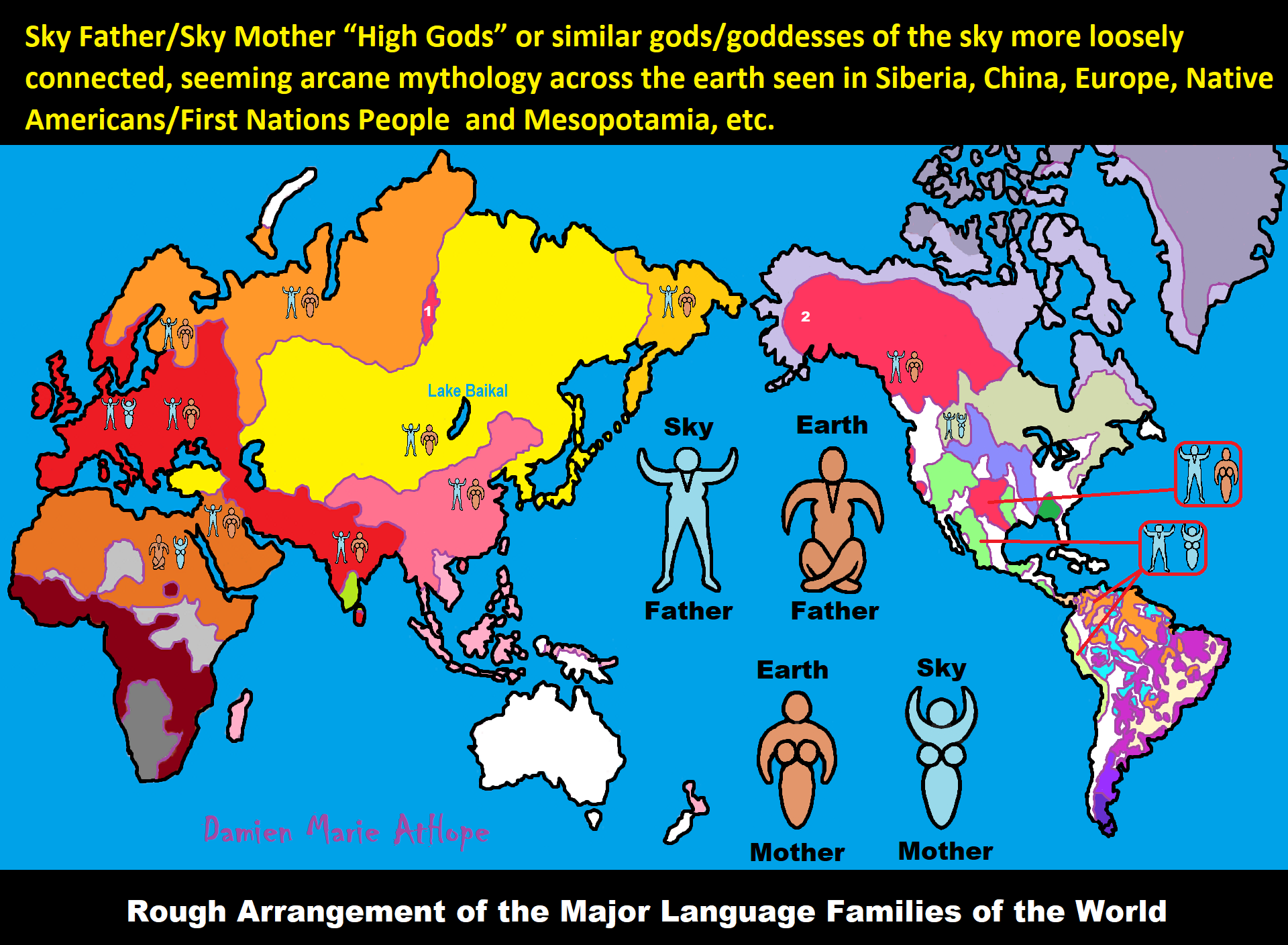
ref, ref, ref, ref, ref, ref, ref, ref, ref, ref, ref, ref, ref, ref, ref, ref, ref
“These ideas are my speculations from the evidence.”
I am still researching the “god‘s origins” all over the world. So you know, it is very complicated but I am smart and willing to look, DEEP, if necessary, which going very deep does seem to be needed here, when trying to actually understand the evolution of gods and goddesses. I am sure of a few things and less sure of others, but even in stuff I am not fully grasping I still am slowly figuring it out, to explain it to others. But as I research more I am understanding things a little better, though I am still working on understanding it all or something close and thus always figuring out more.
Sky Father/Sky God?
“Egyptian: (Nut) Sky Mother and (Geb) Earth Father” (Egypt is different but similar)
Turkic/Mongolic: (Tengri/Tenger Etseg) Sky Father and (Eje/Gazar Eej) Earth Mother *Transeurasian*
Hawaiian: (Wākea) Sky Father and (Papahānaumoku) Earth Mother *Austronesian*
New Zealand/ Māori: (Ranginui) Sky Father and (Papatūānuku) Earth Mother *Austronesian*
Proto-Indo-European: (Dyḗus/Dyḗus ph₂tḗr) Sky Father and (Dʰéǵʰōm/Pleth₂wih₁) Earth Mother
Indo-Aryan: (Dyaus Pita) Sky Father and (Prithvi Mata) Earth Mother *Indo-European*
Italic: (Jupiter) Sky Father and (Juno) Sky Mother *Indo-European*
Etruscan: (Tinia) Sky Father and (Uni) Sky Mother *Tyrsenian/Italy Pre–Indo-European*
Hellenic/Greek: (Zeus) Sky Father and (Hera) Sky Mother who started as an “Earth Goddess” *Indo-European*
Nordic: (Dagr) Sky Father and (Nótt) Sky Mother *Indo-European*
Slavic: (Perun) Sky Father and (Mokosh) Earth Mother *Indo-European*
Illyrian: (Deipaturos) Sky Father and (Messapic Damatura’s “earth-mother” maybe) Earth Mother *Indo-European*
Albanian: (Zojz) Sky Father and (?) *Indo-European*
Baltic: (Perkūnas) Sky Father and (Saulė) Sky Mother *Indo-European*
Germanic: (Týr) Sky Father and (?) *Indo-European*
Colombian-Muisca: (Bochica) Sky Father and (Huythaca) Sky Mother *Chibchan*
Aztec: (Quetzalcoatl) Sky Father and (Xochiquetzal) Sky Mother *Uto-Aztecan*
Incan: (Viracocha) Sky Father and (Mama Runtucaya) Sky Mother *Quechuan*
China: (Tian/Shangdi) Sky Father and (Dì) Earth Mother *Sino-Tibetan*
Sumerian, Assyrian and Babylonian: (An/Anu) Sky Father and (Ki) Earth Mother
Finnish: (Ukko) Sky Father and (Akka) Earth Mother *Finno-Ugric*
Sami: (Horagalles) Sky Father and (Ravdna) Earth Mother *Finno-Ugric*
Puebloan-Zuni: (Ápoyan Ta’chu) Sky Father and (Áwitelin Tsíta) Earth Mother
Puebloan-Hopi: (Tawa) Sky Father and (Kokyangwuti/Spider Woman/Grandmother) Earth Mother *Uto-Aztecan*
Puebloan-Navajo: (Tsohanoai) Sky Father and (Estsanatlehi) Earth Mother *Na-Dene*
ref, ref, ref, ref, ref, ref, ref, ref, ref, ref, ref, ref, ref, ref, ref, ref, ref, ref, ref, ref, ref, ref, ref, ref, ref, ref, ref
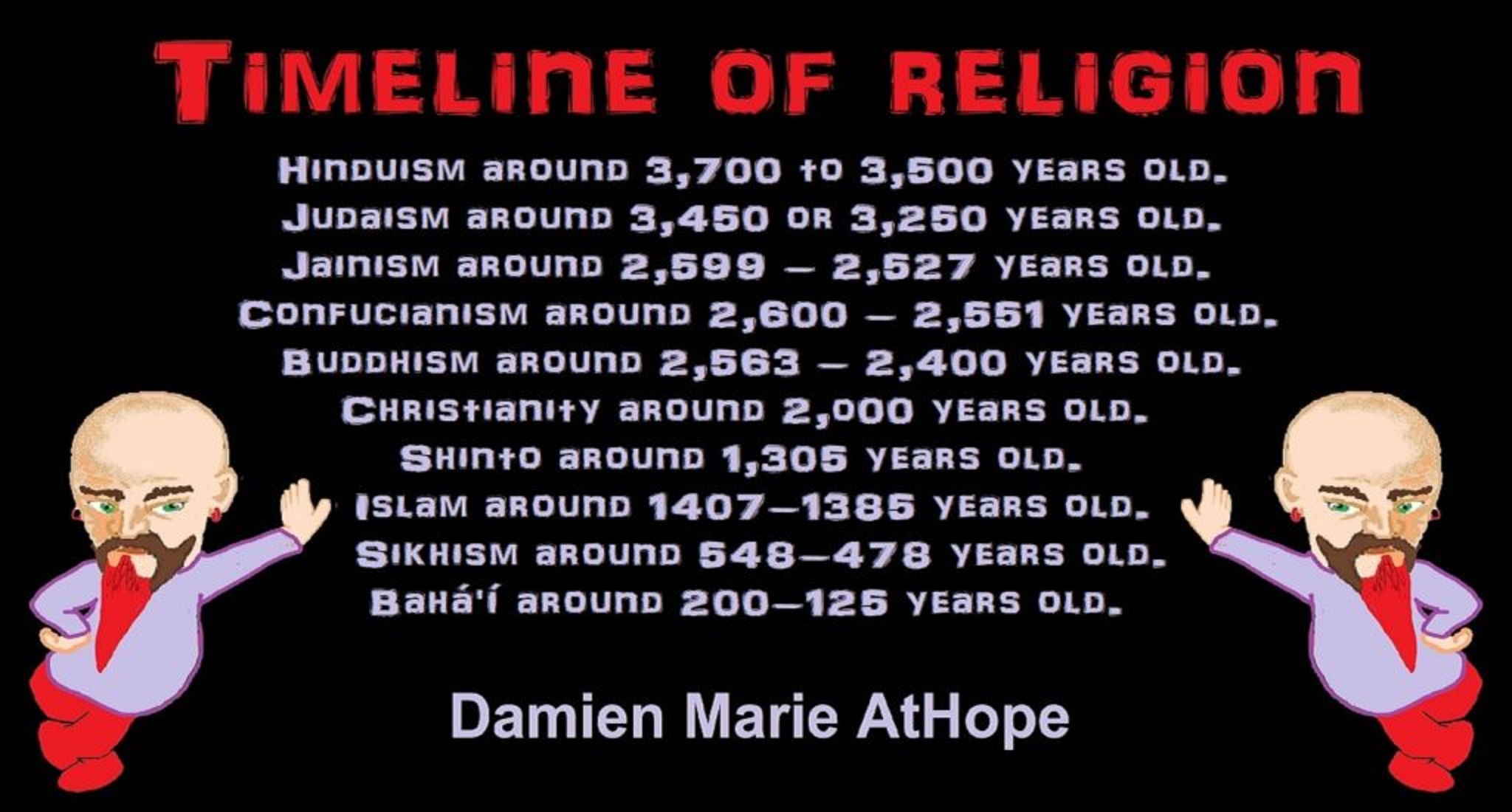
Hinduism around 3,700 to 3,500 years old. ref
Judaism around 3,450 or 3,250 years old. (The first writing in the bible was “Paleo-Hebrew” dated to around 3,000 years ago Khirbet Qeiyafa is the site of an ancient fortress city overlooking the Elah Valley. And many believe the religious Jewish texts were completed around 2,500) ref, ref
Judaism is around 3,450 or 3,250 years old. (“Paleo-Hebrew” 3,000 years ago and Torah 2,500 years ago)
“Judaism is an Abrahamic, its roots as an organized religion in the Middle East during the Bronze Age. Some scholars argue that modern Judaism evolved from Yahwism, the religion of ancient Israel and Judah, by the late 6th century BCE, and is thus considered to be one of the oldest monotheistic religions.” ref
“Yahwism is the name given by modern scholars to the religion of ancient Israel, essentially polytheistic, with a plethora of gods and goddesses. Heading the pantheon was Yahweh, the national god of the Israelite kingdoms of Israel and Judah, with his consort, the goddess Asherah; below them were second-tier gods and goddesses such as Baal, Shamash, Yarikh, Mot, and Astarte, all of whom had their own priests and prophets and numbered royalty among their devotees, and a third and fourth tier of minor divine beings, including the mal’ak, the messengers of the higher gods, who in later times became the angels of Judaism, Christianity and Islam. Yahweh, however, was not the ‘original’ god of Israel “Isra-El”; it is El, the head of the Canaanite pantheon, whose name forms the basis of the name “Israel”, and none of the Old Testament patriarchs, the tribes of Israel, the Judges, or the earliest monarchs, have a Yahwistic theophoric name (i.e., one incorporating the name of Yahweh).” ref
“El is a Northwest Semitic word meaning “god” or “deity“, or referring (as a proper name) to any one of multiple major ancient Near Eastern deities. A rarer form, ‘ila, represents the predicate form in Old Akkadian and in Amorite. The word is derived from the Proto-Semitic *ʔil-, meaning “god”. Specific deities known as ‘El or ‘Il include the supreme god of the ancient Canaanite religion and the supreme god of East Semitic speakers in Mesopotamia’s Early Dynastic Period. ʼĒl is listed at the head of many pantheons. In some Canaanite and Ugaritic sources, ʼĒl played a role as father of the gods, of creation, or both. For example, in the Ugaritic texts, ʾil mlk is understood to mean “ʼĒl the King” but ʾil hd as “the god Hadad“. The Semitic root ʾlh (Arabic ʾilāh, Aramaic ʾAlāh, ʾElāh, Hebrew ʾelōah) may be ʾl with a parasitic h, and ʾl may be an abbreviated form of ʾlh. In Ugaritic the plural form meaning “gods” is ʾilhm, equivalent to Hebrew ʾelōhîm “powers”. In the Hebrew texts this word is interpreted as being semantically singular for “god” by biblical commentators. However the documentary hypothesis for the Old Testament (corresponds to the Jewish Torah) developed originally in the 1870s, identifies these that different authors – the Jahwist, Elohist, Deuteronomist, and the Priestly source – were responsible for editing stories from a polytheistic religion into those of a monotheistic religion. Inconsistencies that arise between monotheism and polytheism in the texts are reflective of this hypothesis.” ref
Jainism around 2,599 – 2,527 years old. ref
Confucianism around 2,600 – 2,551 years old. ref
Buddhism around 2,563/2,480 – 2,483/2,400 years old. ref
Christianity around 2,o00 years old. ref
Shinto around 1,305 years old. ref
Islam around 1407–1385 years old. ref
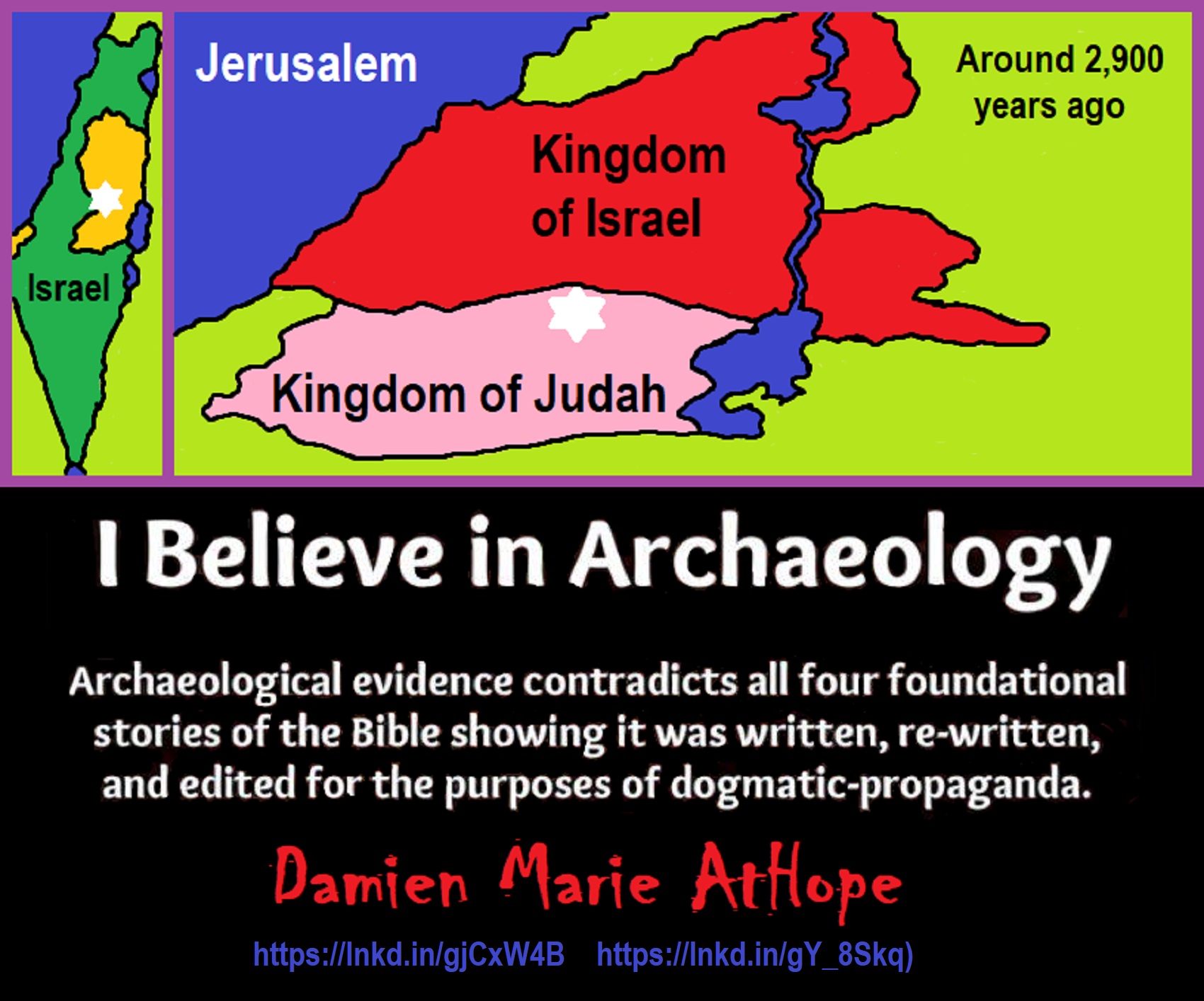
Knowledge to Ponder:
Stars/Astrology:
- Possibly, around 30,000 years ago (in simpler form) to 6,000 years ago, Stars/Astrology are connected to Ancestors, Spirit Animals, and Deities.
- The star also seems to be a possible proto-star for Star of Ishtar, Star of Inanna, or Star of Venus.
- Around 7,000 to 6,000 years ago, Star Constellations/Astrology have connections to the “Kurgan phenomenon” of below-ground “mound” stone/wood burial structures and “Dolmen phenomenon” of above-ground stone burial structures.
- Around 6,500–5,800 years ago, The Northern Levant migrations into Jordon and Israel in the Southern Levant brought new cultural and religious transfer from Turkey and Iran.
- “The Ghassulian Star,” a mysterious 6,000-year-old mural from Jordan may have connections to the European paganstic kurgan/dolmens phenomenon.
“Astrology is a range of divinatory practices, recognized as pseudoscientific since the 18th century, that claim to discern information about human affairs and terrestrial events by studying the apparent positions of celestial objects. Different cultures have employed forms of astrology since at least the 2nd millennium BCE, these practices having originated in calendrical systems used to predict seasonal shifts and to interpret celestial cycles as signs of divine communications. Most, if not all, cultures have attached importance to what they observed in the sky, and some—such as the Hindus, Chinese, and the Maya—developed elaborate systems for predicting terrestrial events from celestial observations. Western astrology, one of the oldest astrological systems still in use, can trace its roots to 19th–17th century BCE Mesopotamia, from where it spread to Ancient Greece, Rome, the Islamicate world and eventually Central and Western Europe. Contemporary Western astrology is often associated with systems of horoscopes that purport to explain aspects of a person’s personality and predict significant events in their lives based on the positions of celestial objects; the majority of professional astrologers rely on such systems.” ref
Around 5,500 years ago, Science evolves, The first evidence of science was 5,500 years ago and was demonstrated by a body of empirical, theoretical, and practical knowledge about the natural world. ref
Around 5,000 years ago, Origin of Logics is a Naturalistic Observation (principles of valid reasoning, inference, & demonstration) ref
Around 4,150 to 4,000 years ago: The earliest surviving versions of the Sumerian Epic of Gilgamesh, which was originally titled “He who Saw the Deep” (Sha naqba īmuru) or “Surpassing All Other Kings” (Shūtur eli sharrī) were written. ref
Hinduism:
- 3,700 years ago or so, the oldest of the Hindu Vedas (scriptures), the Rig Veda was composed.
- 3,500 years ago or so, the Vedic Age began in India after the collapse of the Indus Valley Civilization.
Judaism:
- around 3,000 years ago, the first writing in the bible was “Paleo-Hebrew”
- around 2,500 years ago, many believe the religious Jewish texts were completed
Myths: The bible inspired religion is not just one religion or one myth but a grouping of several religions and myths
- Around 3,450 or 3,250 years ago, according to legend, is the traditionally accepted period in which the Israelite lawgiver, Moses, provided the Ten Commandments.
- Around 2,500 to 2,400 years ago, a collection of ancient religious writings by the Israelites based primarily upon the Hebrew Bible, Tanakh, or Old Testament is the first part of Christianity’s bible.
- Around 2,400 years ago, the most accepted hypothesis is that the canon was formed in stages, first the Pentateuch (Torah).
- Around 2,140 to 2,116 years ago, the Prophets was written during the Hasmonean dynasty, and finally the remaining books.
- Christians traditionally divide the Old Testament into four sections:
- The first five books or Pentateuch (Torah).
- The proposed history books telling the history of the Israelites from their conquest of Canaan to their defeat and exile in Babylon.
- The poetic and proposed “Wisdom books” dealing, in various forms, with questions of good and evil in the world.
- The books of the biblical prophets, warning of the consequences of turning away from God:
- Henotheism:
- Exodus 20:23 “You shall not make other gods besides Me (not saying there are no other gods just not to worship them); gods of silver or gods of gold, you shall not make for yourselves.”
- Polytheism:
- Judges 10:6 “Then the sons of Israel again did evil in the sight of the LORD, served the Baals and the Ashtaroth, the gods of Aram, the gods of Sidon, the gods of Moab, the gods of the sons of Ammon, and the gods of the Philistines; thus they forsook the LORD and did not serve Him.”
- 1 Corinthians 8:5 “For even if there are so-called gods whether in heaven or on earth, as indeed there are many gods and many lords.”
- Monotheism:
- Isaiah 43:10 “You are my witnesses,” declares the LORD, “and my servant whom I have chosen, so that you may know and believe me and understand that I am he. Before me no god was formed, nor will there be one after me.
Around 2,570 to 2,270 Years Ago, there is a confirmation of atheistic doubting as well as atheistic thinking, mainly by Greek philosophers. However, doubting gods is likely as old as the invention of gods and should destroy the thinking that belief in god(s) is the “default belief”. The Greek word is apistos (a “not” and pistos “faithful,”), thus not faithful or faithless because one is unpersuaded and unconvinced by a god(s) claim. Short Definition: unbelieving, unbeliever, or unbelief.
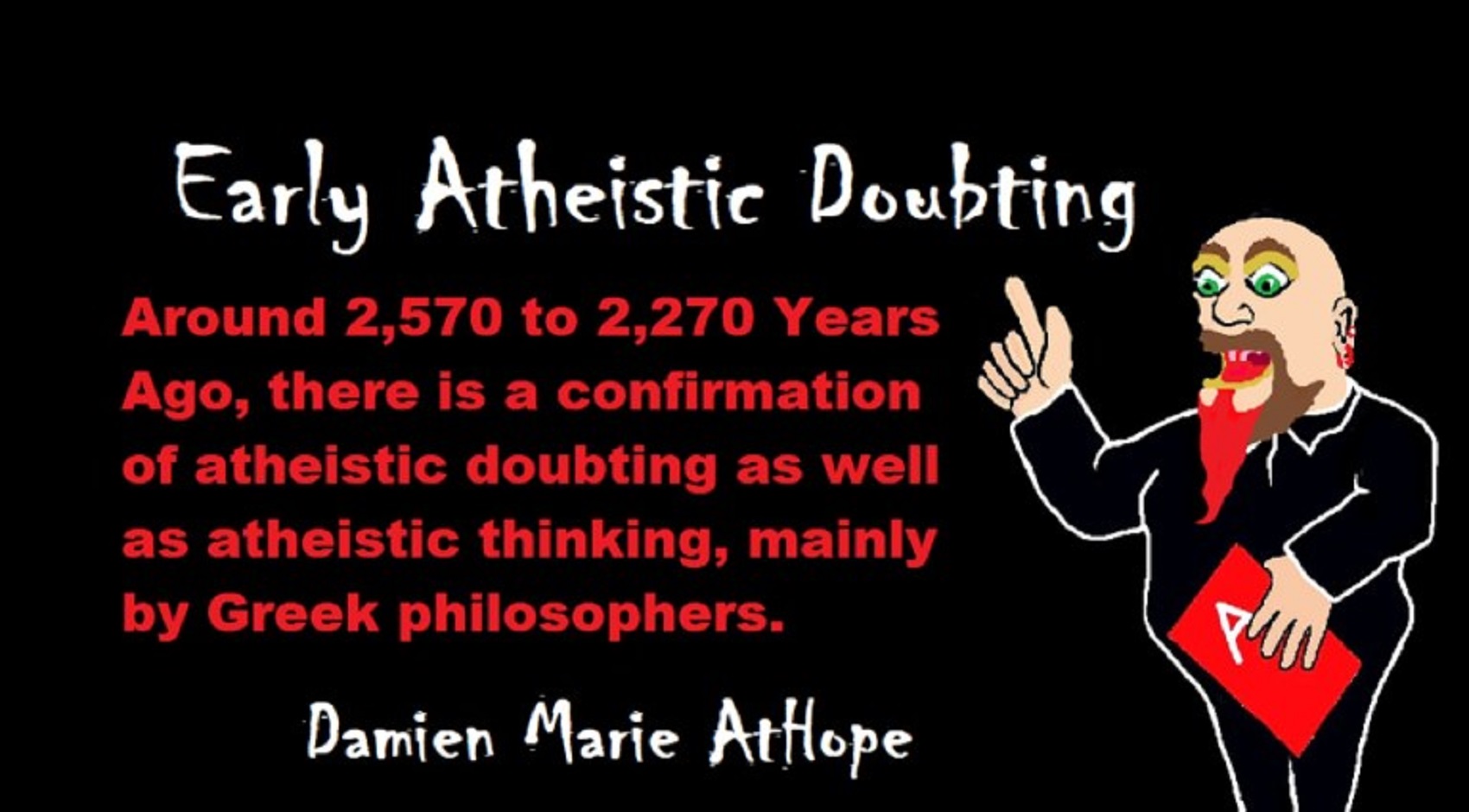
Expressions of Atheistic Thinking:
- Around 2,600 years ago, Ajita Kesakambali, ancient Indian philosopher, who is the first known proponent of Indian materialism. ref
- Around 2,535 to 2,475 years ago, Heraclitus, Greek pre-Socratic philosopher, a native of the Greek city Ephesus, Ionia, on the coast of Anatolia, also known as Asia Minor or modern Turkey. ref
- Around 2,500 to 2,400 years ago, according to The Story of Civilization book series certain African pygmy tribes have no identifiable gods, spirits, or religious beliefs or rituals, and even what burials accrue are without ceremony. ref
- Around 2,490 to 2,430 years ago, Empedocles, Greek pre-Socratic philosopher and a citizen of Agrigentum, a Greek city in Sicily. ref
- Around 2,460 to 2,370 years ago, Democritus, Greek pre-Socratic philosopher considered to be the “father of modern science” possibly had some disbelief amounting to atheism. ref
- Around 2,399 years ago or so, Socrates, a famous Greek philosopher was tried for sinfulness by teaching doubt of state gods. ref
- Around 2,341 to 2,270 years ago, Epicurus, a Greek philosopher known for composing atheistic critics and famously stated, “Is God willing to prevent evil, but not able? Then he is not omnipotent. Is he able, but not willing? Then he is malevolent. Is he both able and willing? Then whence cometh evil? Is he neither able nor willing? Then why call him god?” ref
This last expression by Epicurus, seems to be an expression of Axiological Atheism. To understand and utilize value or actually possess “Value Conscious/Consciousness” to both give a strong moral “axiological” argument (the problem of evil) as well as use it to fortify humanism and positive ethical persuasion of human helping and care responsibilities. Because value-blindness gives rise to sociopathic/psychopathic evil.
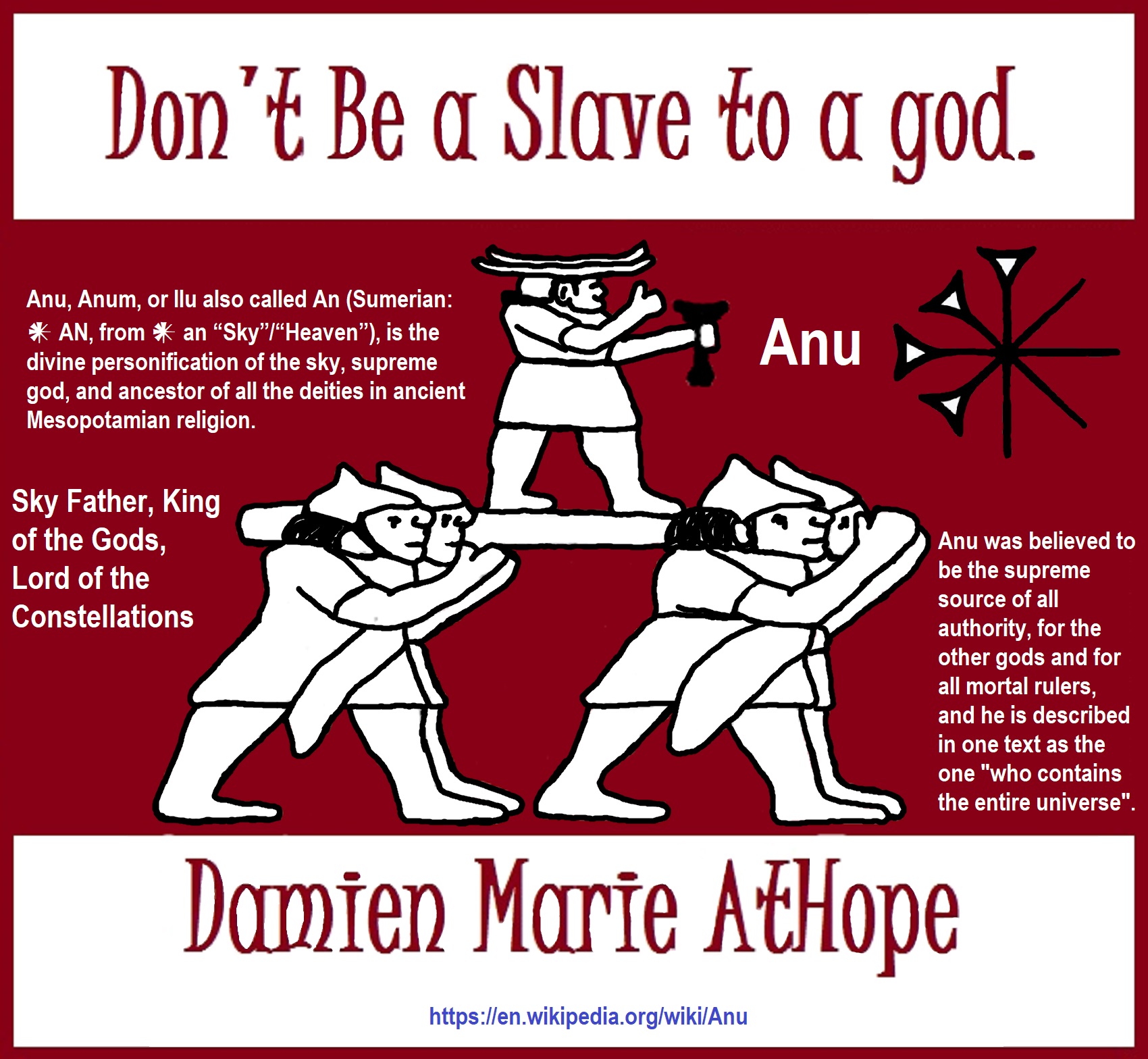
“Theists, there has to be a god, as something can not come from nothing.”
Well, thus something (unknown) happened and then there was something. This does not tell us what the something that may have been involved with something coming from nothing. A supposed first cause, thus something (unknown) happened and then there was something is not an open invitation to claim it as known, neither is it justified to call or label such an unknown as anything, especially an unsubstantiated magical thinking belief born of mythology and religious storytelling.
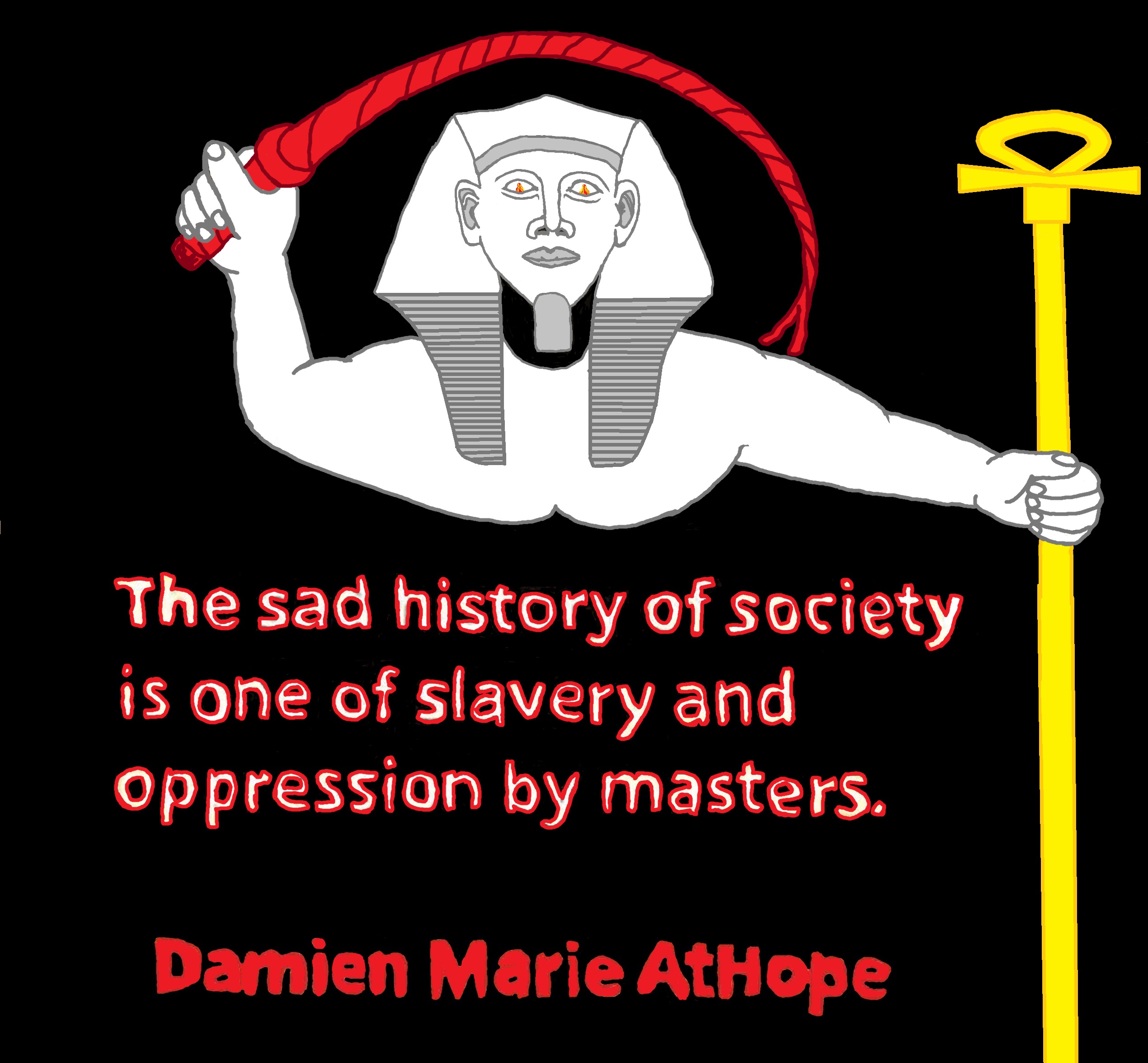
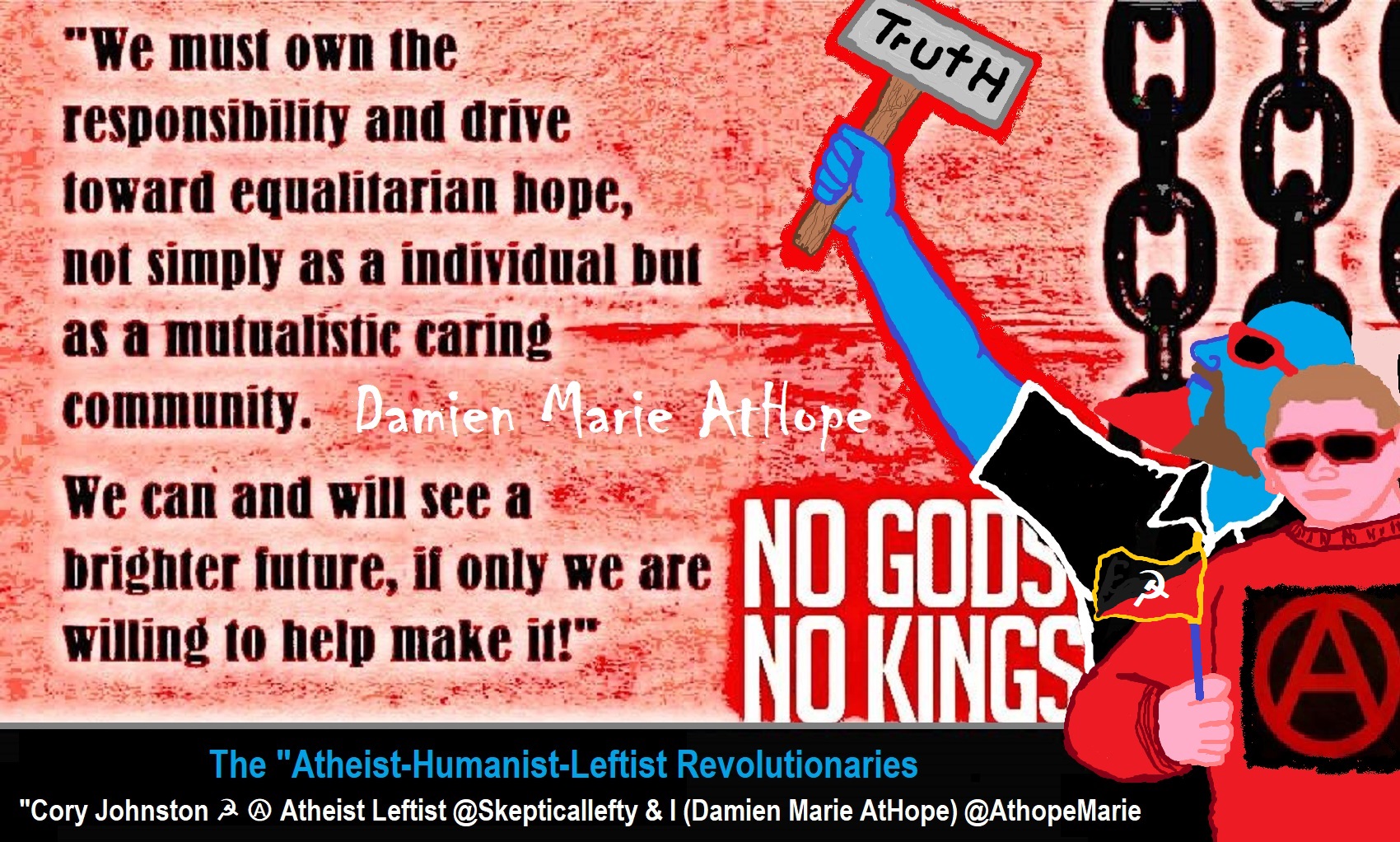
While hallucinogens are associated with shamanism, it is alcohol that is associated with paganism.
The Atheist-Humanist-Leftist Revolutionaries Shows in the prehistory series:
Show two: Pre-animism 300,000 years old and animism 100,000 years old: related to “Anarchism and Socialism”
Show tree: Totemism 50,000 years old: related to “Anarchism and Socialism”
Show four: Shamanism 30,000 years old: related to “Anarchism and Socialism”
Show five: Paganism 12,000 years old: related to “Anarchism and Socialism”
Show six: Emergence of hierarchy, sexism, slavery, and the new male god dominance: Paganism 7,000-5,000 years old: related to “Anarchism and Socialism” (Capitalism) (World War 0) Elite and their slaves!
Prehistory: related to “Anarchism and Socialism” the division of labor, power, rights, and recourses: VIDEO
Pre-animism 300,000 years old and animism 100,000 years old: related to “Anarchism and Socialism”: VIDEO
Totemism 50,000 years old: related to “Anarchism and Socialism”: VIDEO
Shamanism 30,000 years old: related to “Anarchism and Socialism”: VIDEO
Paganism 12,000 years old: related to “Anarchism and Socialism” (Pre-Capitalism): VIDEO
Paganism 7,000-5,000 years old: related to “Anarchism and Socialism” (Capitalism) (World War 0) Elite and their slaves: VIEDO
Paganism 5,000 years old: progressed organized religion and the state: related to “Anarchism and Socialism” (Kings and the Rise of the State): VIEDO
Paganism 4,000 years old: related to “Anarchism and Socialism” (First Moralistic gods, then the Origin time of Monotheism): VIEDO
I do not hate simply because I challenge and expose myths or lies any more than others being thought of as loving simply because of the protection and hiding from challenge their favored myths or lies.
The truth is best championed in the sunlight of challenge.
An archaeologist once said to me “Damien religion and culture are very different”
My response, So are you saying that was always that way, such as would you say Native Americans’ cultures are separate from their religions? And do you think it always was the way you believe?
I had said that religion was a cultural product. That is still how I see it and there are other archaeologists that think close to me as well. Gods too are the myths of cultures that did not understand science or the world around them, seeing magic/supernatural everywhere.
I personally think there is a goddess and not enough evidence to support a male god at Çatalhöyük but if there was both a male and female god and goddess then I know the kind of gods they were like Proto-Indo-European mythology.
This series idea was addressed in, Anarchist Teaching as Free Public Education or Free Education in the Public: VIDEO
Our 12 video series: Organized Oppression: Mesopotamian State Force and the Politics of power (9,000-4,000 years ago), is adapted from: The Complete and Concise History of the Sumerians and Early Bronze Age Mesopotamia (7000-2000 BC): https://www.youtube.com/watch?v=szFjxmY7jQA by “History with Cy“
Show #1: Mesopotamian State Force and the Politics of Power (Samarra, Halaf, Ubaid)
Show #2: Mesopotamian State Force and the Politics of Power
Show #3: Mesopotamian State Force and the Politics of Power (Uruk and the First Cities)
Show #4: Mesopotamian State Force and the Politics of Power (First Kings)
Show #5: Mesopotamian State Force and the Politics of Power (Early Dynastic Period)
Show #6: Mesopotamian State Force and the Politics of Power
Show #7: Mesopotamian State Force and the Politics of Power (Sargon and Akkadian Rule)
Show #9: Mesopotamian State Force and the Politics of Power (Gudea of Lagash and Utu-hegal)
Show #12: Mesopotamian State Force and the Politics of Power (Aftermath and Legacy of Sumer)
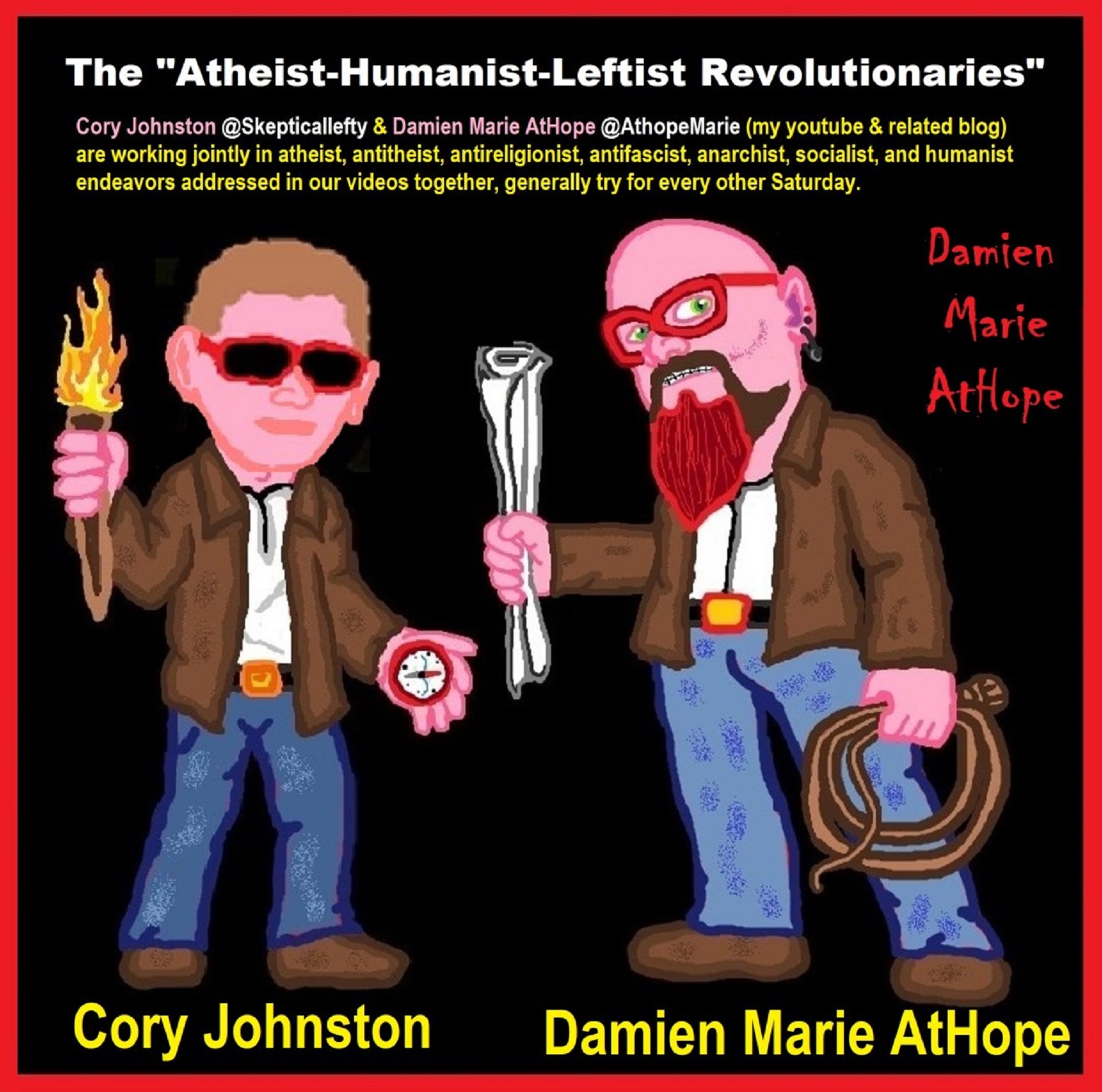
The “Atheist-Humanist-Leftist Revolutionaries”
Cory Johnston ☭ Ⓐ Atheist Leftist @Skepticallefty & I (Damien Marie AtHope) @AthopeMarie (my YouTube & related blog) are working jointly in atheist, antitheist, antireligionist, antifascist, anarchist, socialist, and humanist endeavors in our videos together, generally, every other Saturday.
Why Does Power Bring Responsibility?
Think, how often is it the powerless that start wars, oppress others, or commit genocide? So, I guess the question is to us all, to ask, how can power not carry responsibility in a humanity concept? I know I see the deep ethical responsibility that if there is power their must be a humanistic responsibility of ethical and empathic stewardship of that power. Will I be brave enough to be kind? Will I possess enough courage to be compassionate? Will my valor reach its height of empathy? I as everyone, earns our justified respect by our actions, that are good, ethical, just, protecting, and kind. Do I have enough self-respect to put my love for humanity’s flushing, over being brought down by some of its bad actors? May we all be the ones doing good actions in the world, to help human flourishing.
I create the world I want to live in, striving for flourishing. Which is not a place but a positive potential involvement and promotion; a life of humanist goal precision. To master oneself, also means mastering positive prosocial behaviors needed for human flourishing. I may have lost a god myth as an atheist, but I am happy to tell you, my friend, it is exactly because of that, leaving the mental terrorizer, god belief, that I truly regained my connected ethical as well as kind humanity.
Cory and I will talk about prehistory and theism, addressing the relevance to atheism, anarchism, and socialism.
At the same time as the rise of the male god, 7,000 years ago, there was also the very time there was the rise of violence, war, and clans to kingdoms, then empires, then states. It is all connected back to 7,000 years ago, and it moved across the world.
Cory Johnston: https://damienmarieathope.com/2021/04/cory-johnston-mind-of-a-skeptical-leftist/?v=32aec8db952d
The Mind of a Skeptical Leftist (YouTube)
Cory Johnston: Mind of a Skeptical Leftist @Skepticallefty
The Mind of a Skeptical Leftist By Cory Johnston: “Promoting critical thinking, social justice, and left-wing politics by covering current events and talking to a variety of people. Cory Johnston has been thoughtfully talking to people and attempting to promote critical thinking, social justice, and left-wing politics.” http://anchor.fm/skepticalleft
Cory needs our support. We rise by helping each other.
Cory Johnston ☭ Ⓐ @Skepticallefty Evidence-based atheist leftist (he/him) Producer, host, and co-host of 4 podcasts @skeptarchy @skpoliticspod and @AthopeMarie
Damien Marie AtHope (“At Hope”) Axiological Atheist, Anti-theist, Anti-religionist, Secular Humanist. Rationalist, Writer, Artist, Poet, Philosopher, Advocate, Activist, Psychology, and Armchair Archaeology/Anthropology/Historian.
Damien is interested in: Freedom, Liberty, Justice, Equality, Ethics, Humanism, Science, Atheism, Antiteism, Antireligionism, Ignosticism, Left-Libertarianism, Anarchism, Socialism, Mutualism, Axiology, Metaphysics, LGBTQI, Philosophy, Advocacy, Activism, Mental Health, Psychology, Archaeology, Social Work, Sexual Rights, Marriage Rights, Woman’s Rights, Gender Rights, Child Rights, Secular Rights, Race Equality, Ageism/Disability Equality, Etc. And a far-leftist, “Anarcho-Humanist.”
I am not a good fit in the atheist movement that is mostly pro-capitalist, I am anti-capitalist. Mostly pro-skeptic, I am a rationalist not valuing skepticism. Mostly pro-agnostic, I am anti-agnostic. Mostly limited to anti-Abrahamic religions, I am an anti-religionist.
To me, the “male god” seems to have either emerged or become prominent around 7,000 years ago, whereas the now favored monotheism “male god” is more like 4,000 years ago or so. To me, the “female goddess” seems to have either emerged or become prominent around 11,000-10,000 years ago or so, losing the majority of its once prominence around 2,000 years ago due largely to the now favored monotheism “male god” that grow in prominence after 4,000 years ago or so.
My Thought on the Evolution of Gods?
Animal protector deities from old totems/spirit animal beliefs come first to me, 13,000/12,000 years ago, then women as deities 11,000/10,000 years ago, then male gods around 7,000/8,000 years ago. Moralistic gods around 5,000/4,000 years ago, and monotheistic gods around 4,000/3,000 years ago.
To me, animal gods were likely first related to totemism animals around 13,000 to 12,000 years ago or older. Female as goddesses was next to me, 11,000 to 10,000 years ago or so with the emergence of agriculture. Then male gods come about 8,000 to 7,000 years ago with clan wars. Many monotheism-themed religions started in henotheism, emerging out of polytheism/paganism.
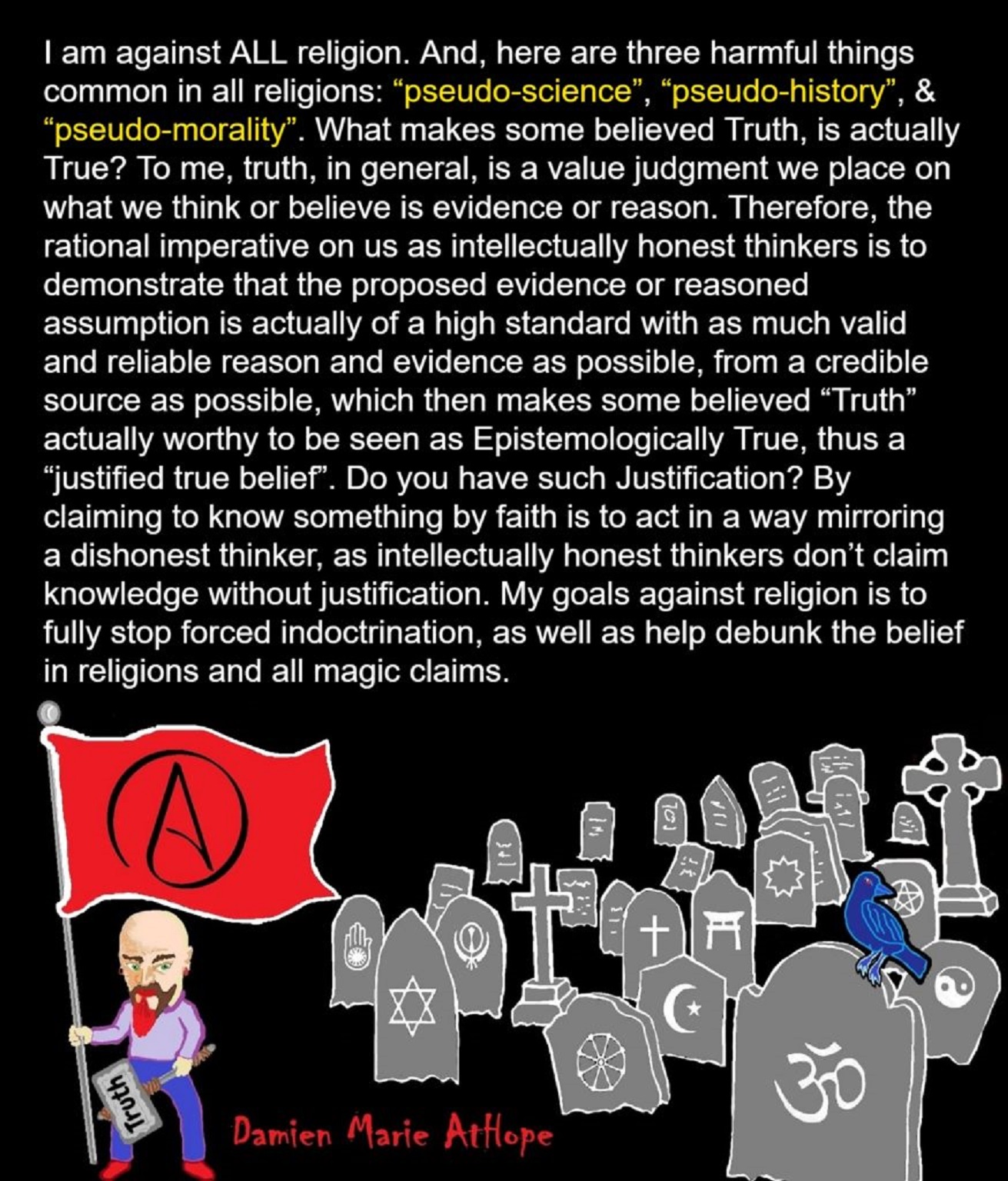
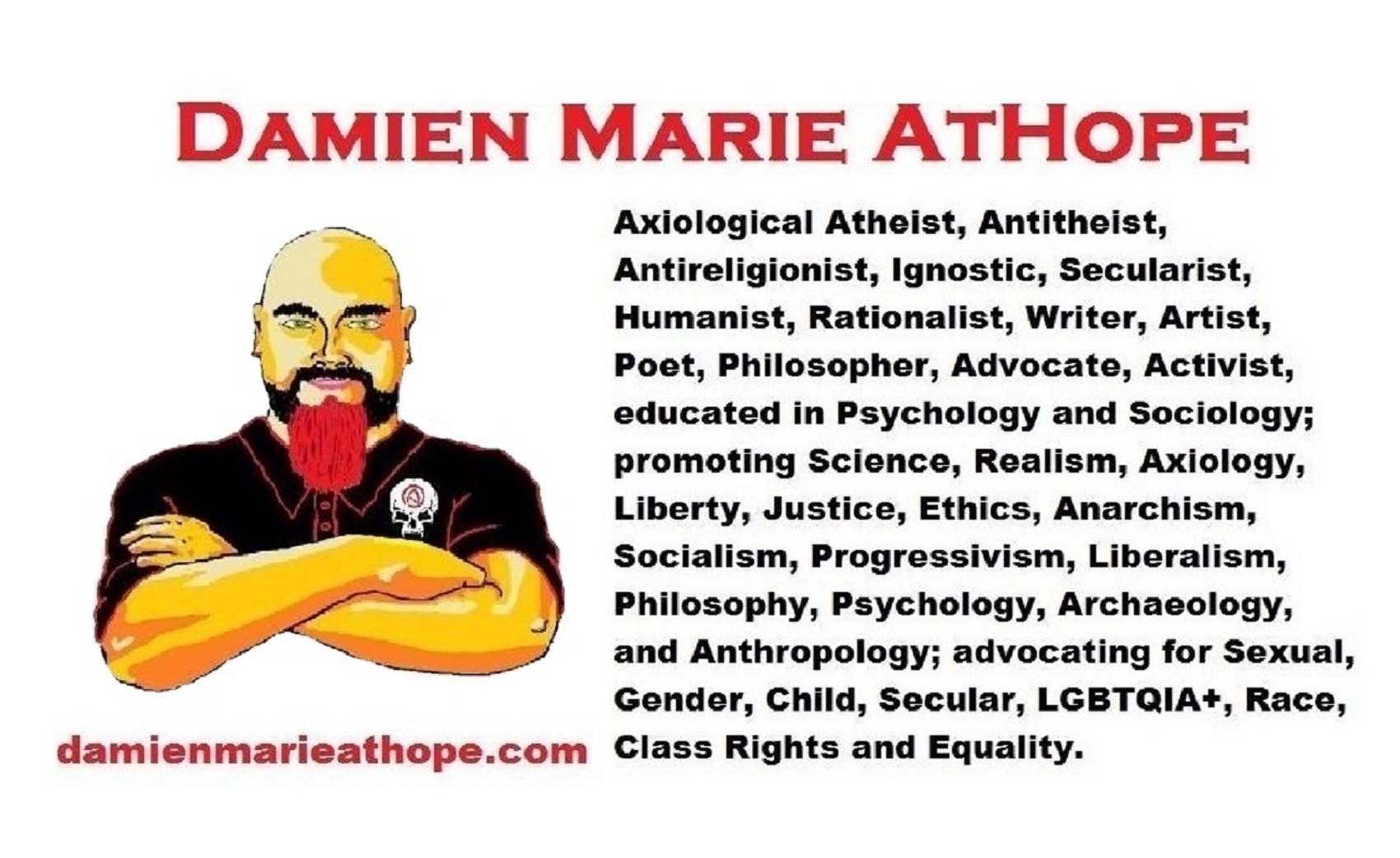
Damien Marie AtHope (Said as “At” “Hope”)/(Autodidact Polymath but not good at math):
Axiological Atheist, Anti-theist, Anti-religionist, Secular Humanist, Rationalist, Writer, Artist, Jeweler, Poet, “autodidact” Philosopher, schooled in Psychology, and “autodidact” Armchair Archaeology/Anthropology/Pre-Historian (Knowledgeable in the range of: 1 million to 5,000/4,000 years ago). I am an anarchist socialist politically. Reasons for or Types of Atheism
My Website, My Blog, & Short-writing or Quotes, My YouTube, Twitter: @AthopeMarie, and My Email: damien.marie.athope@gmail.com

